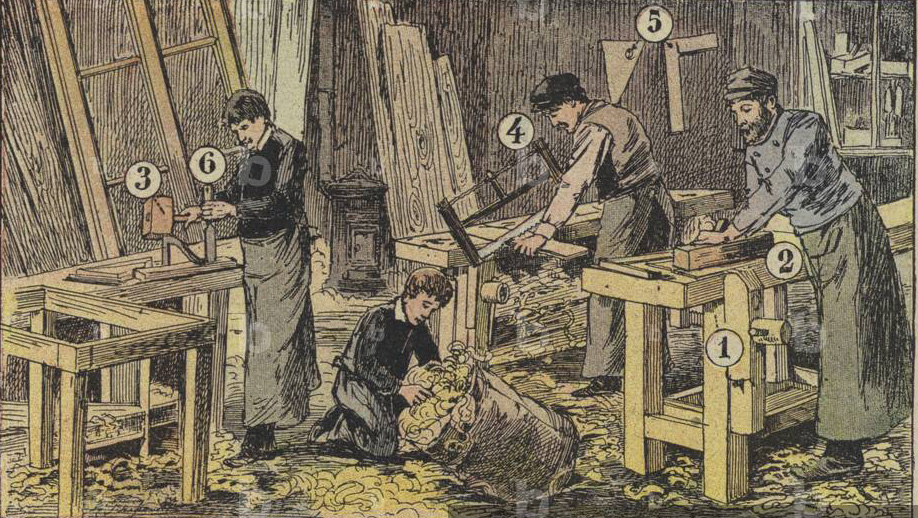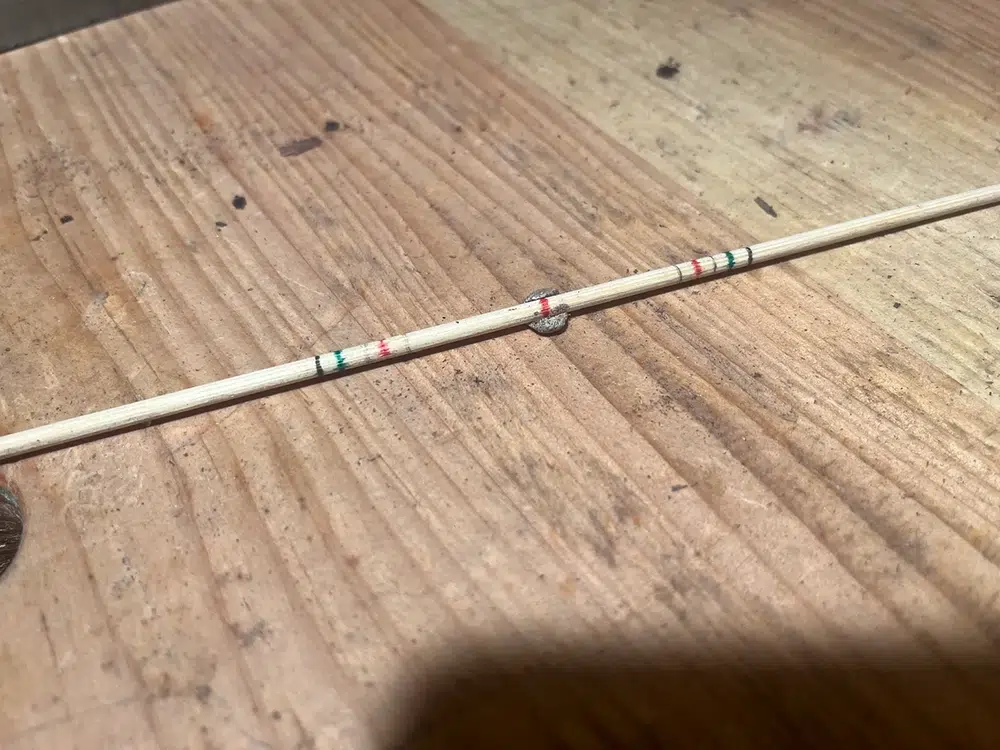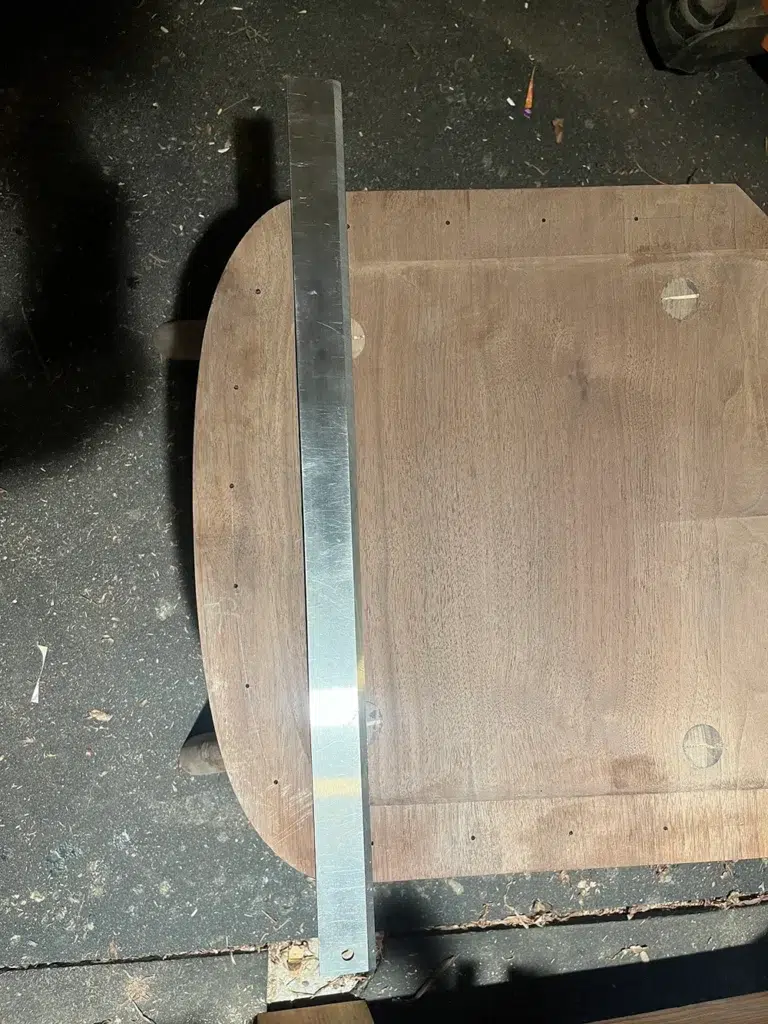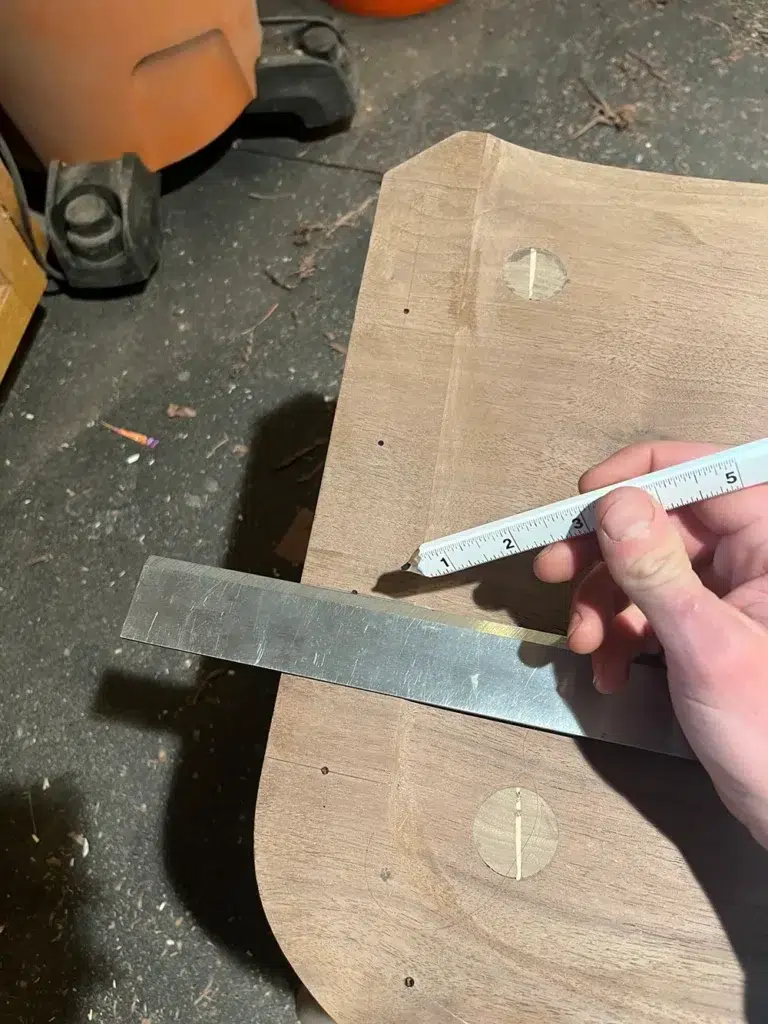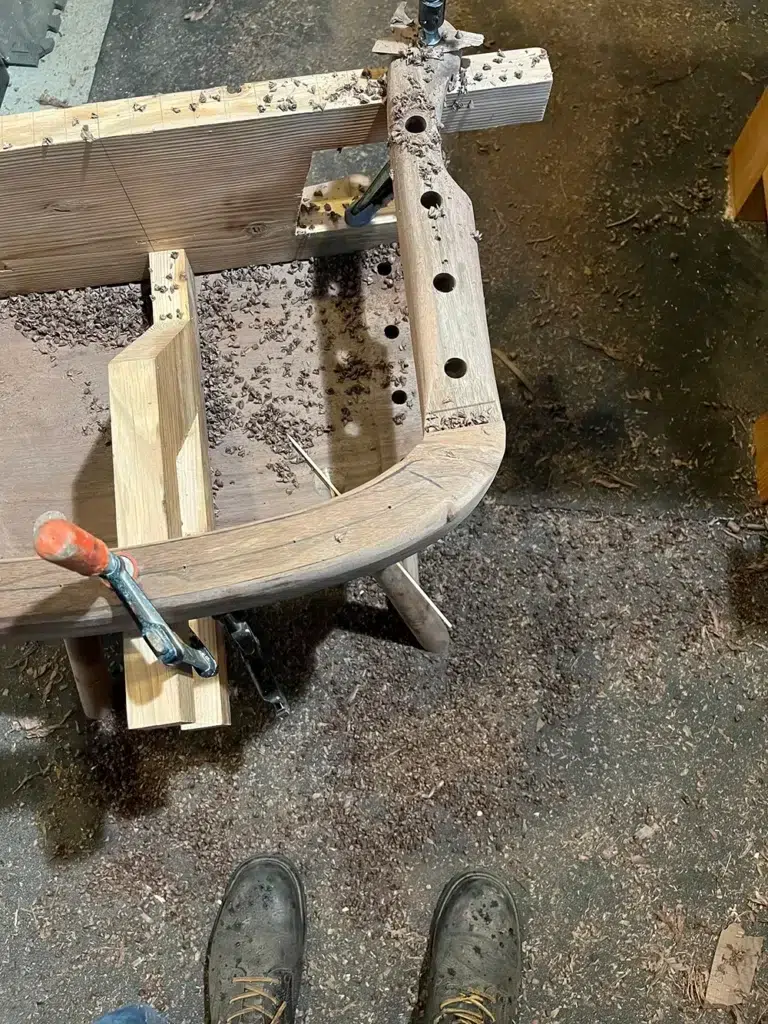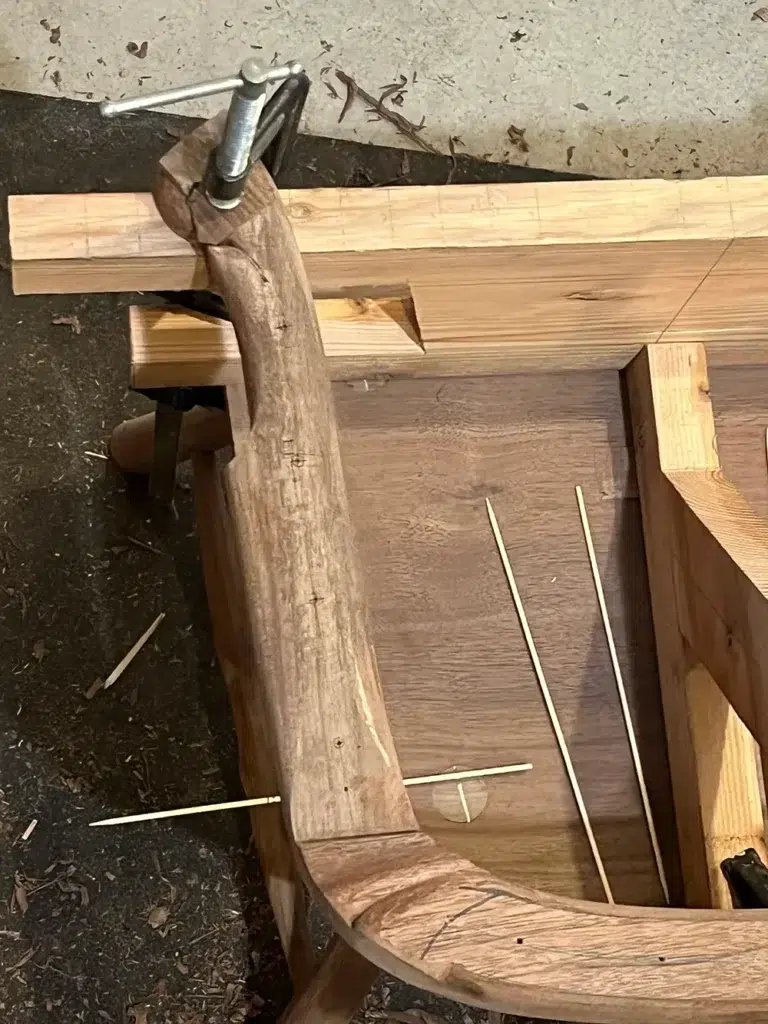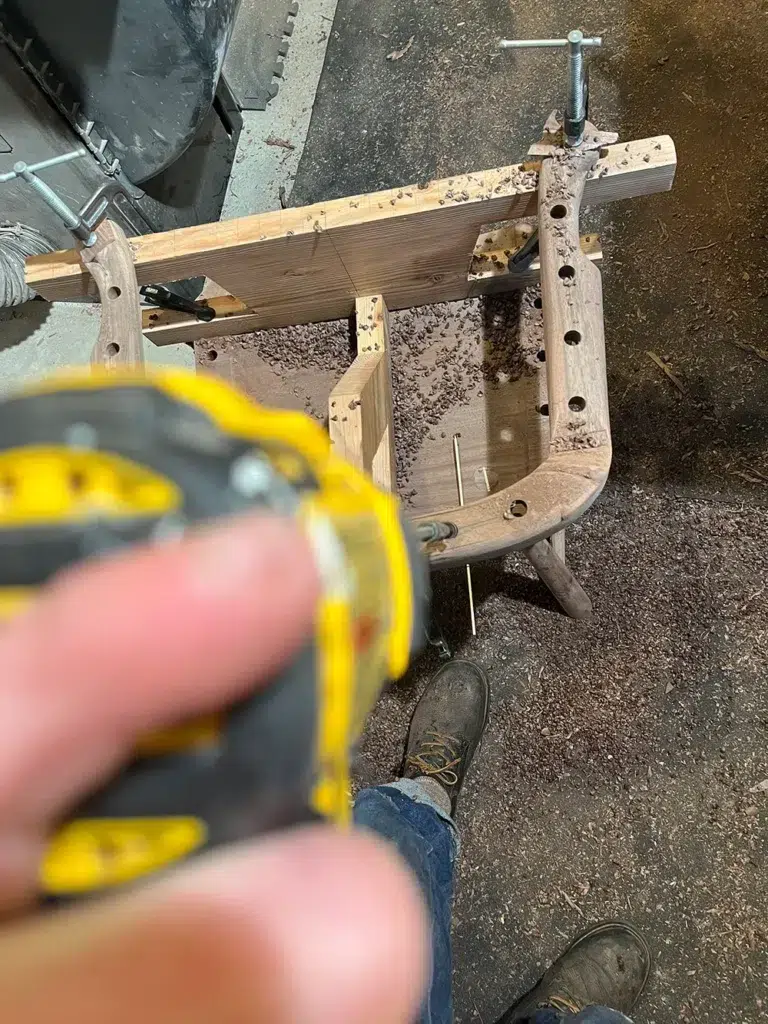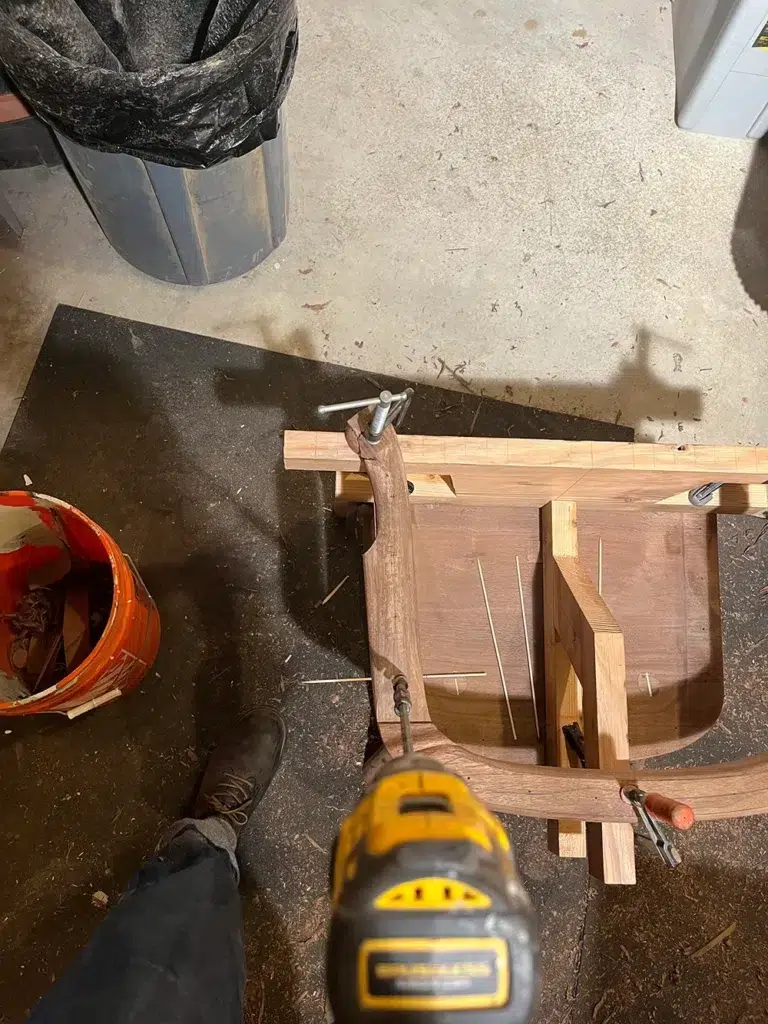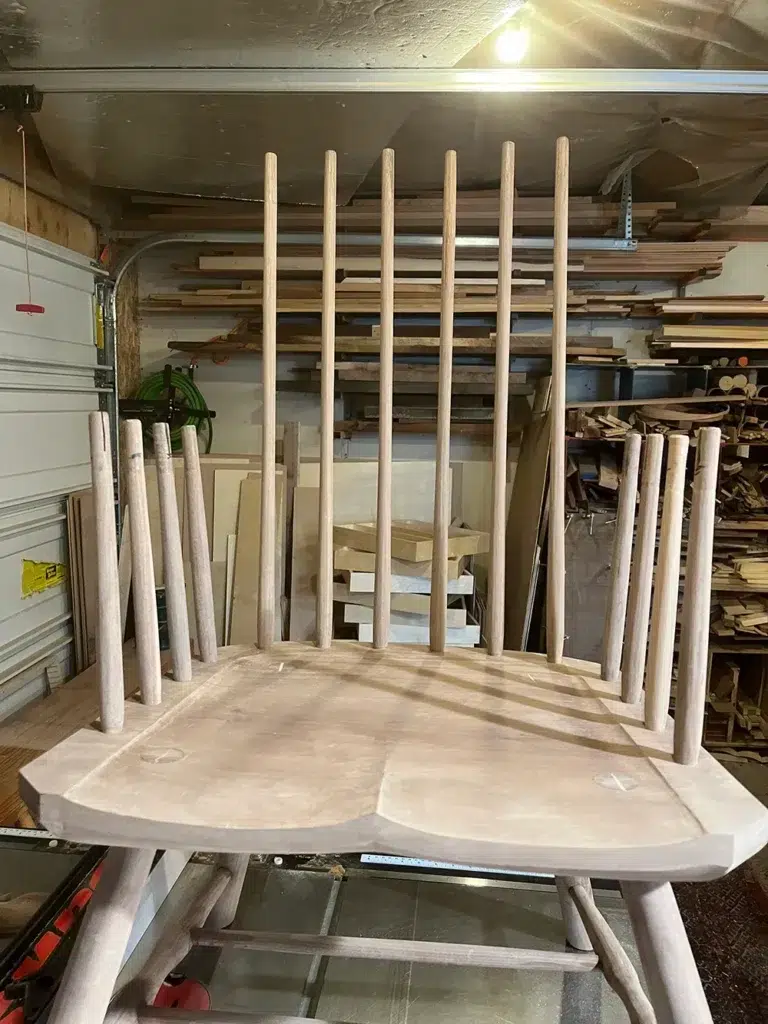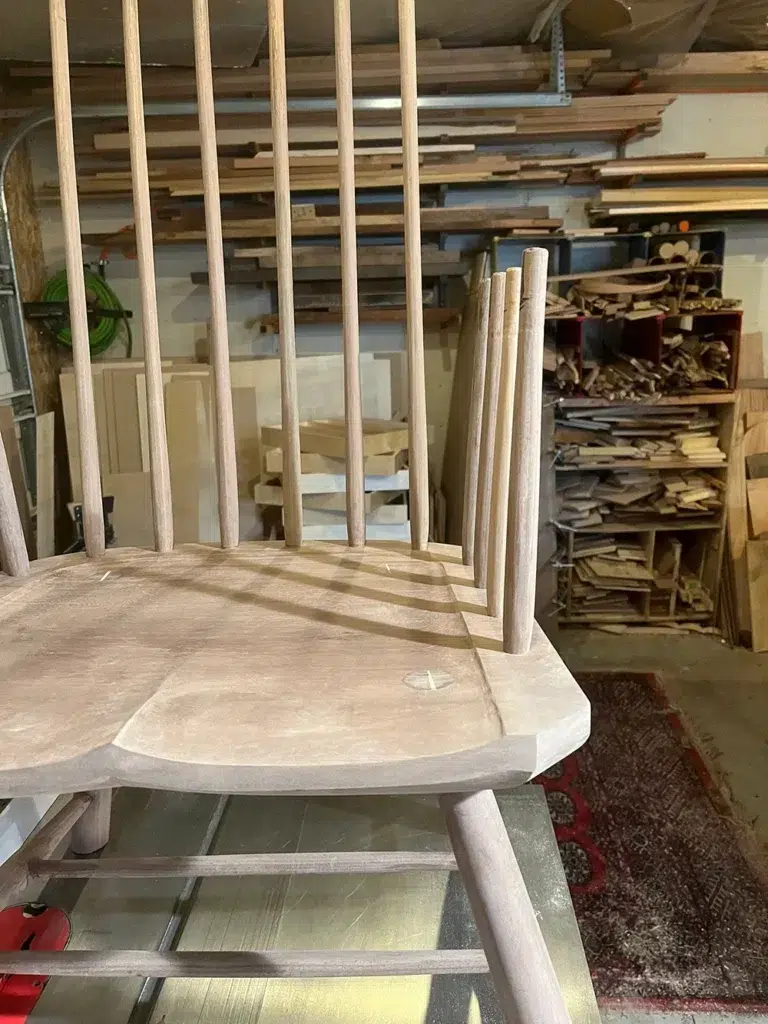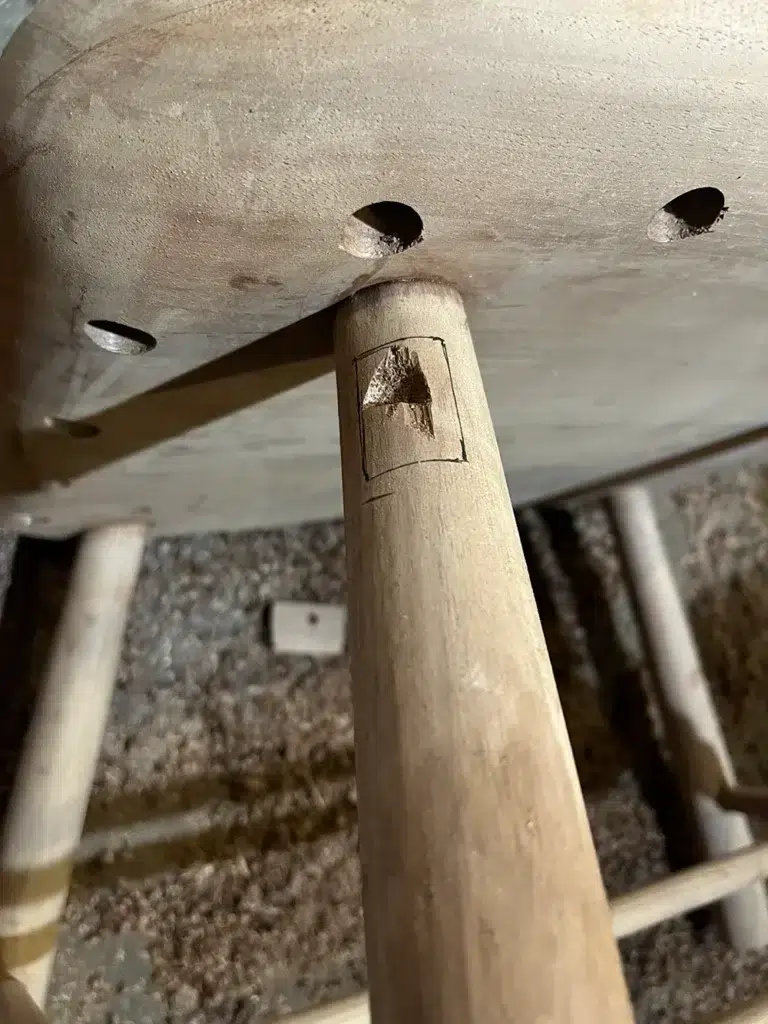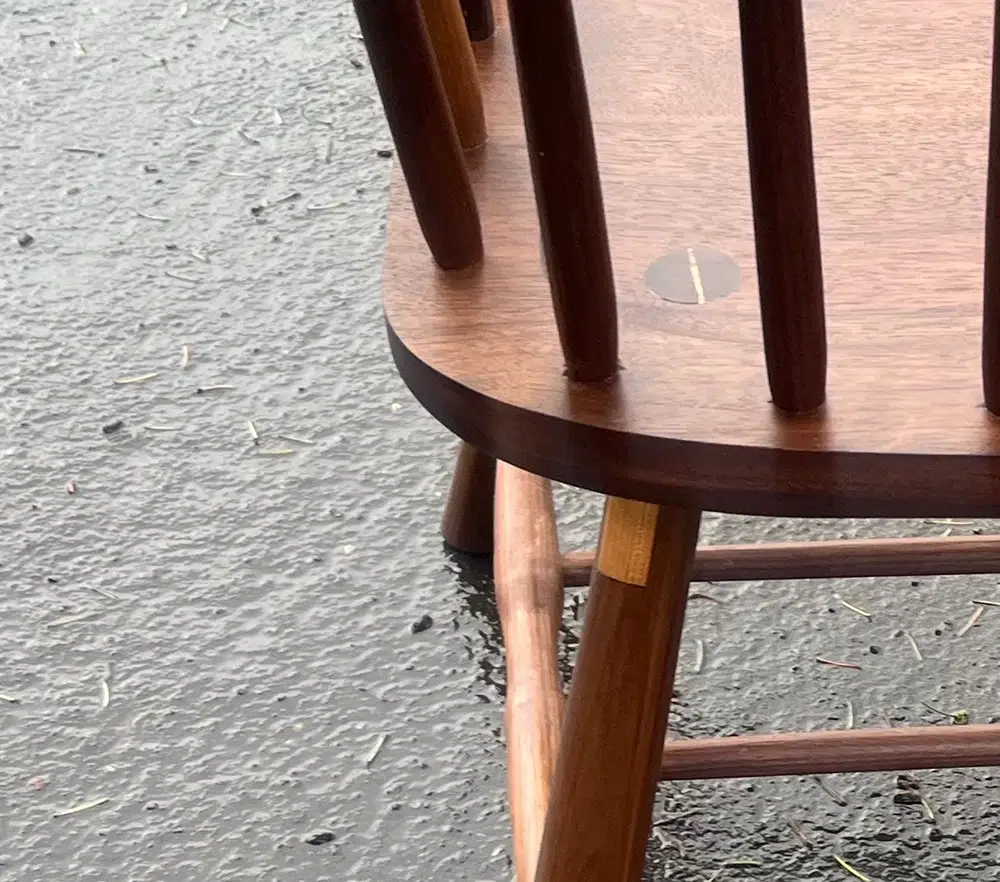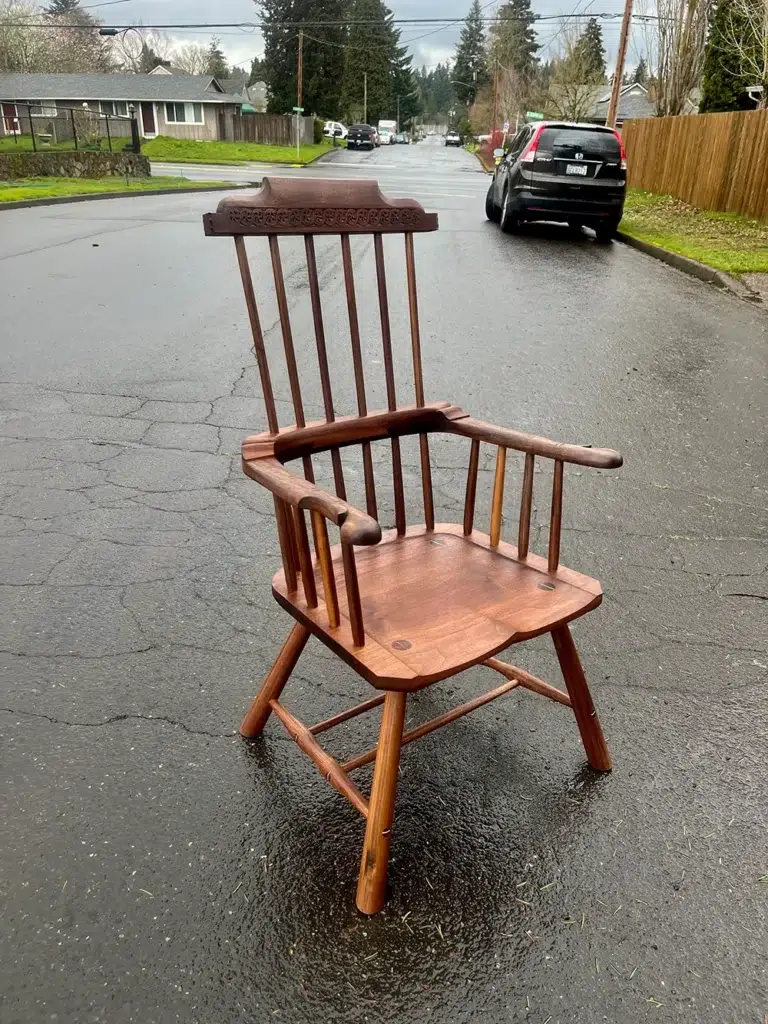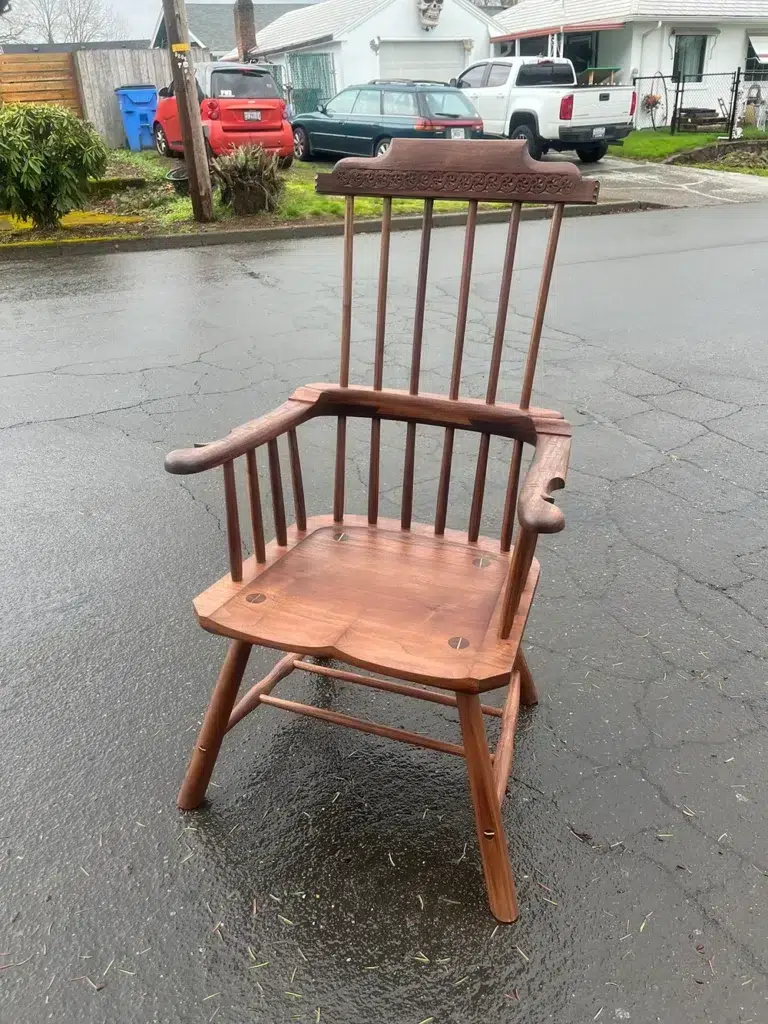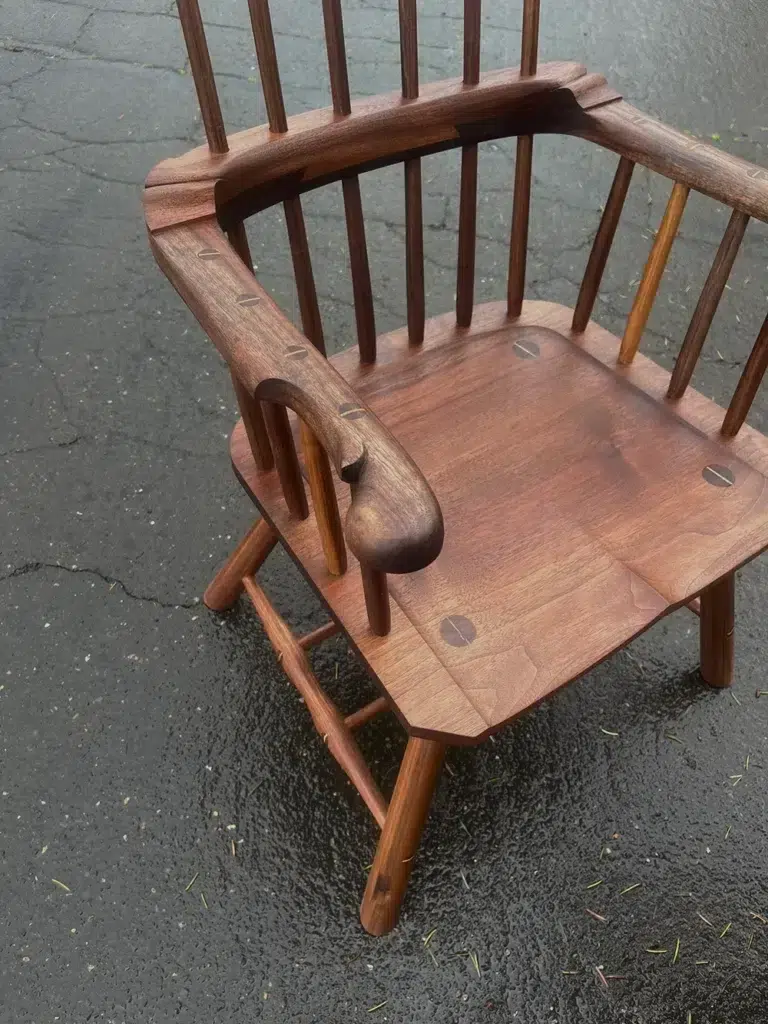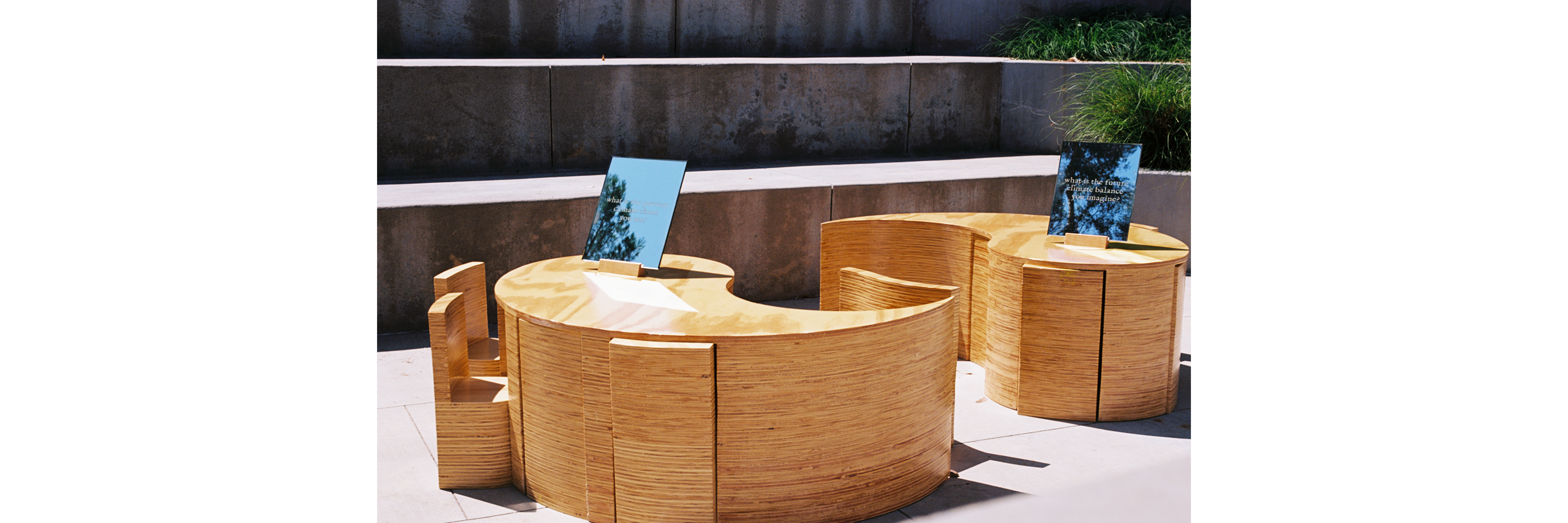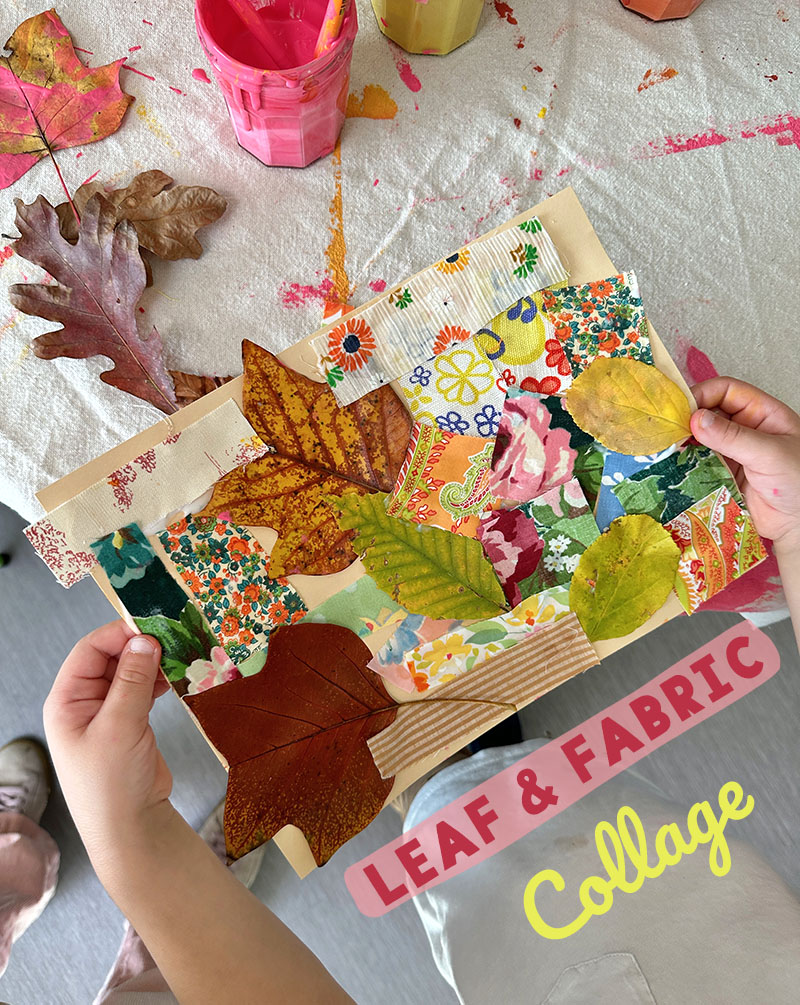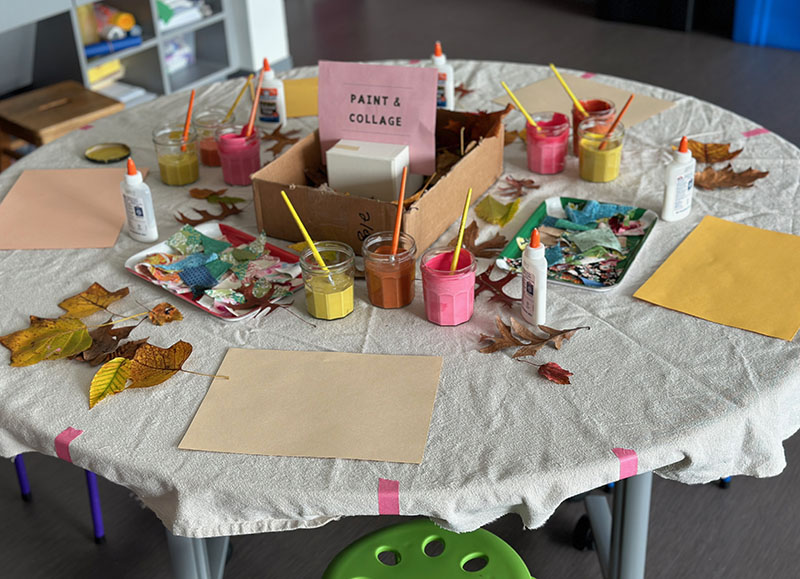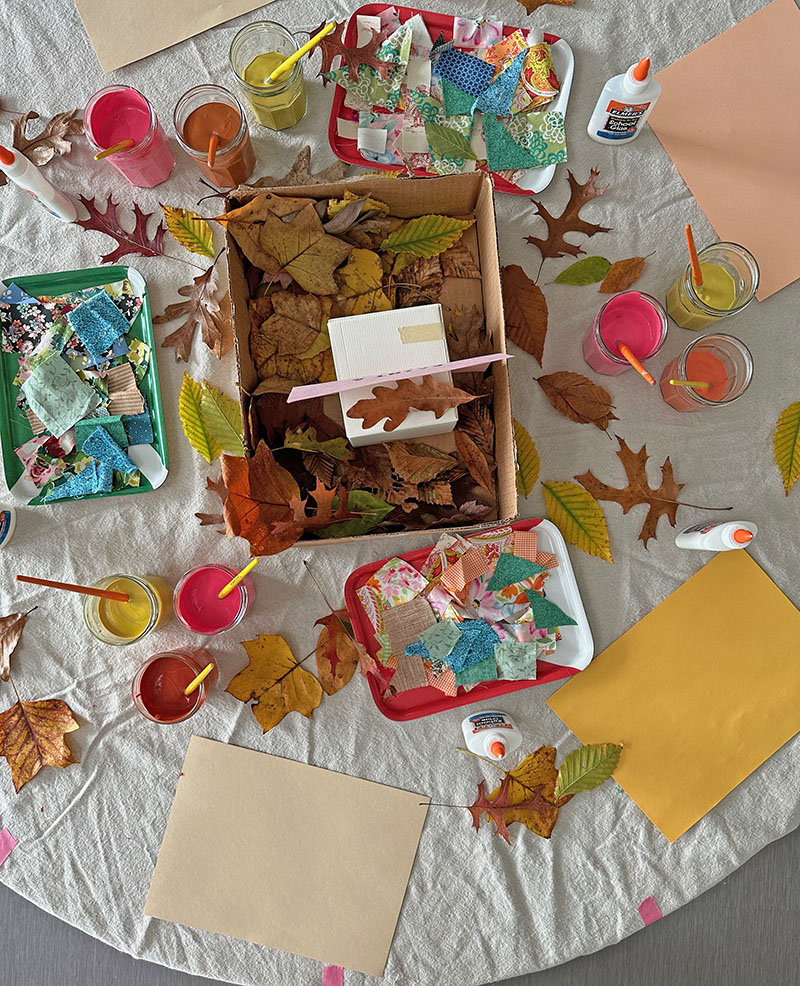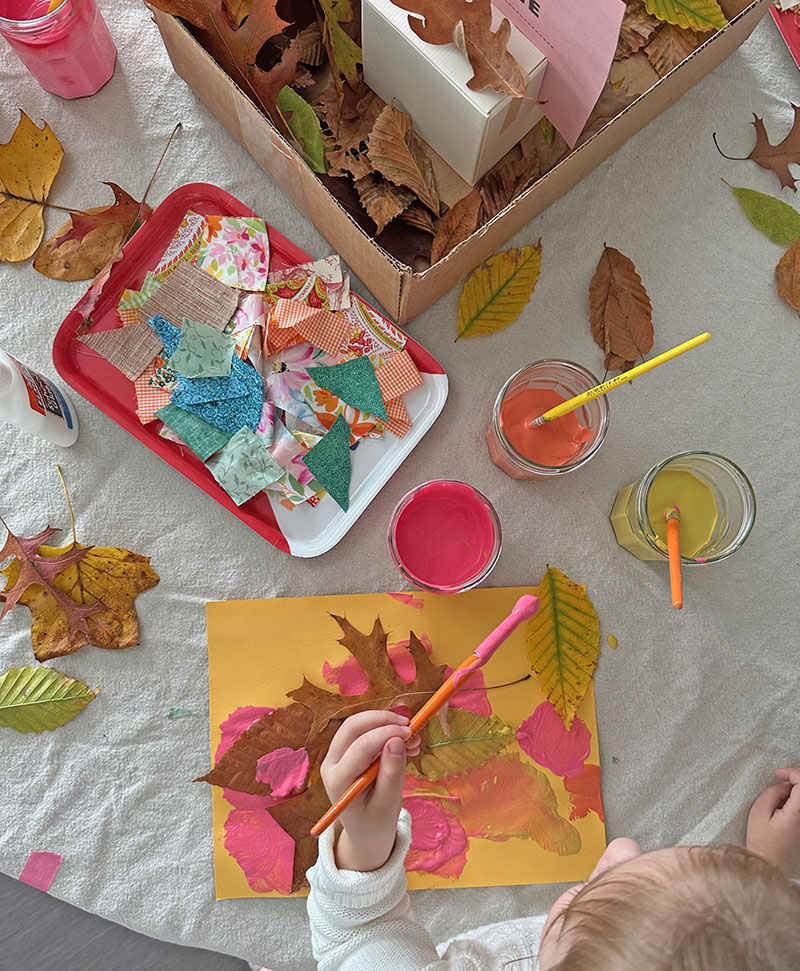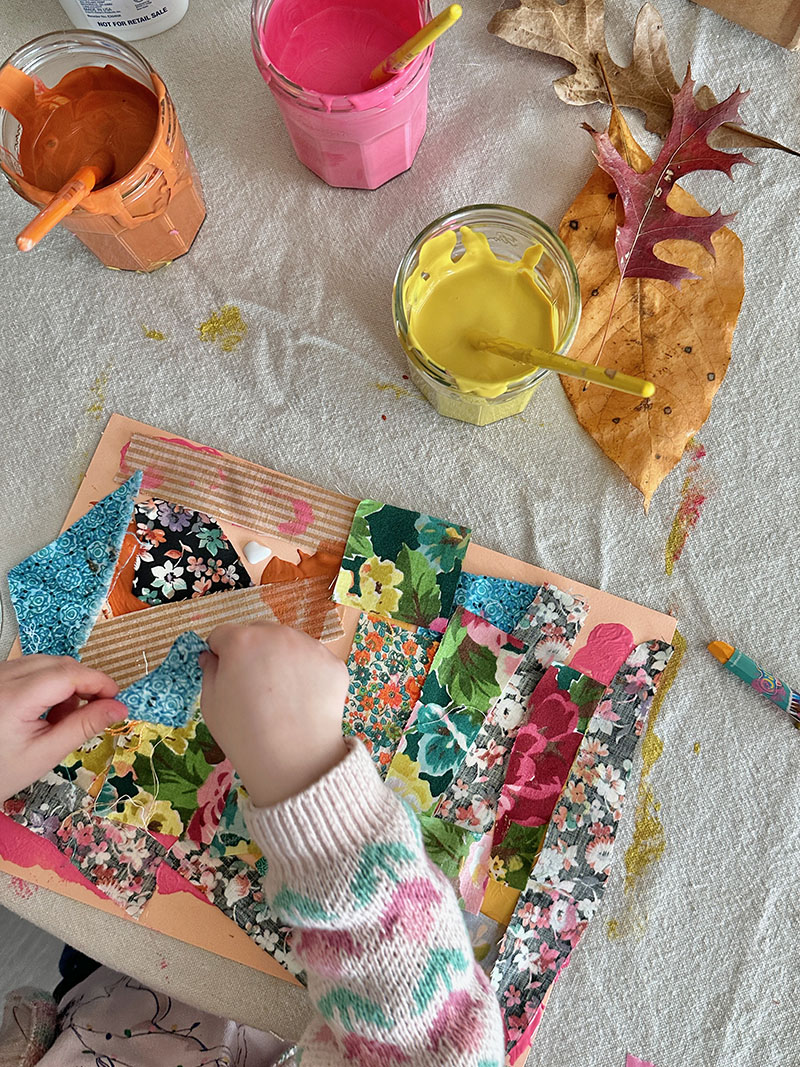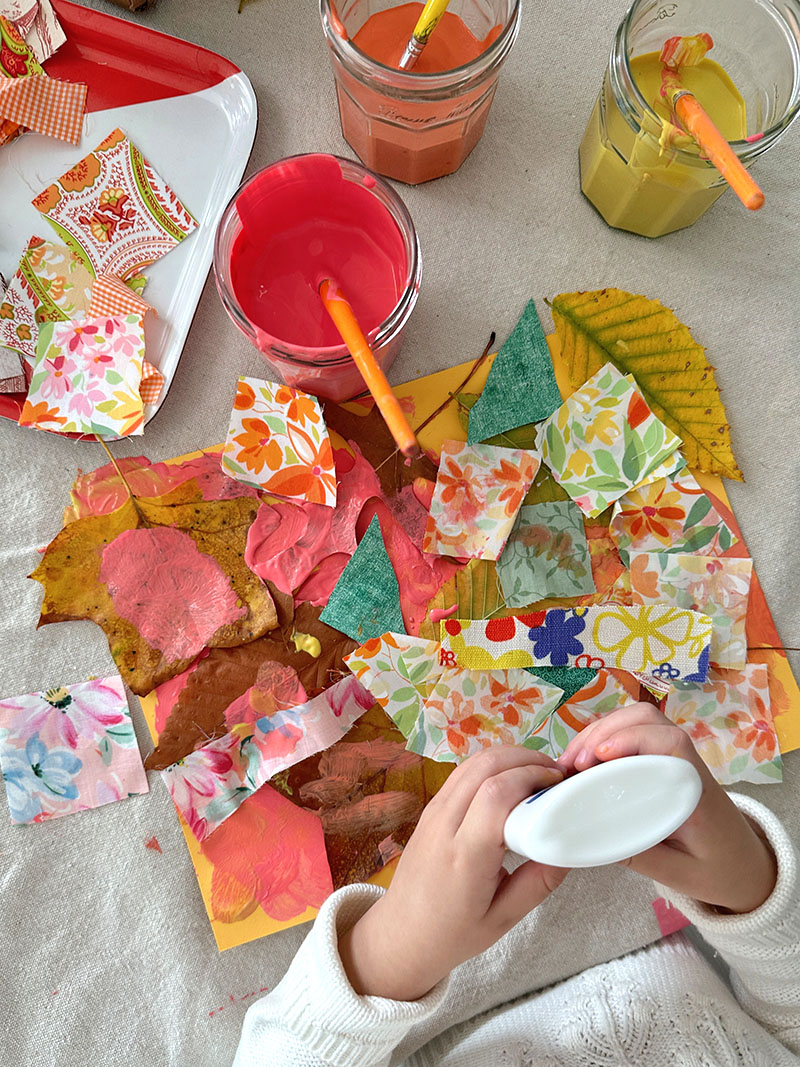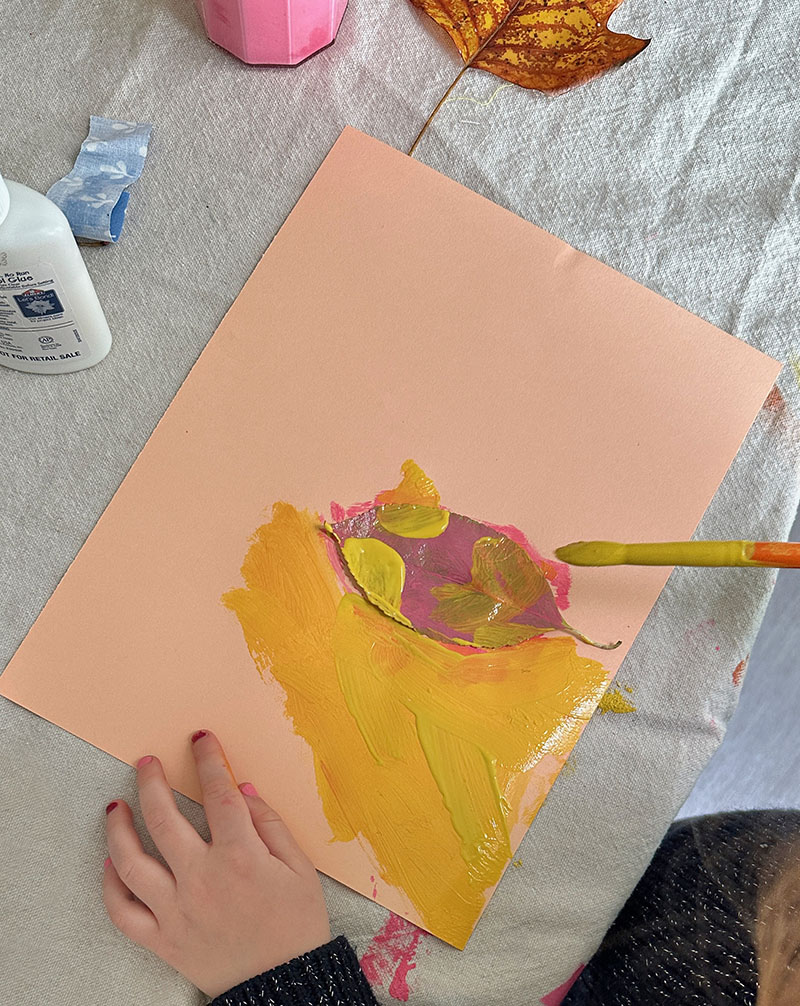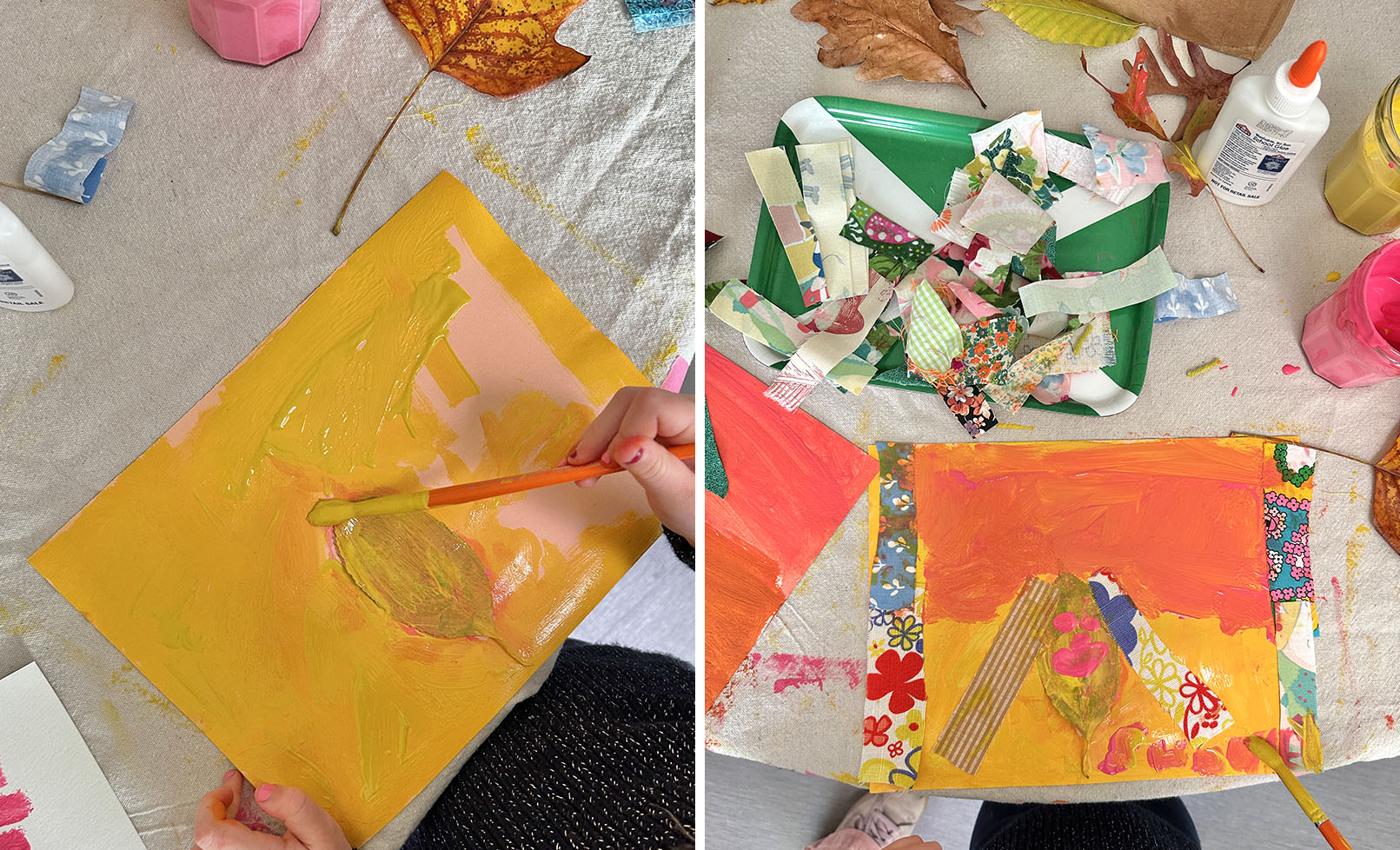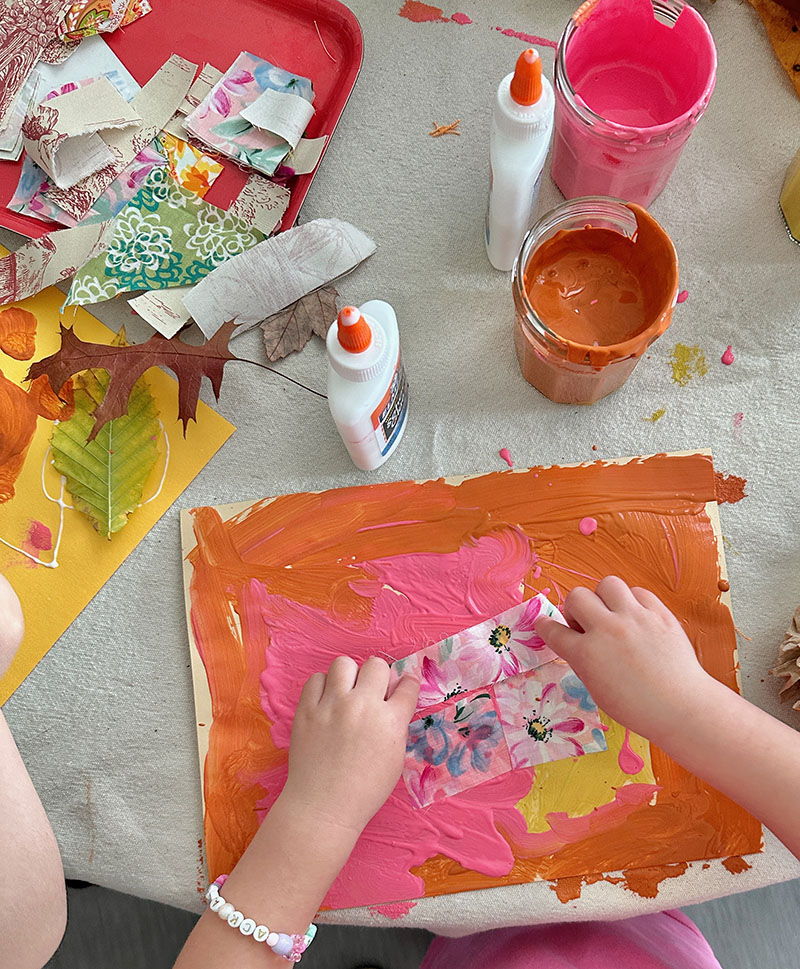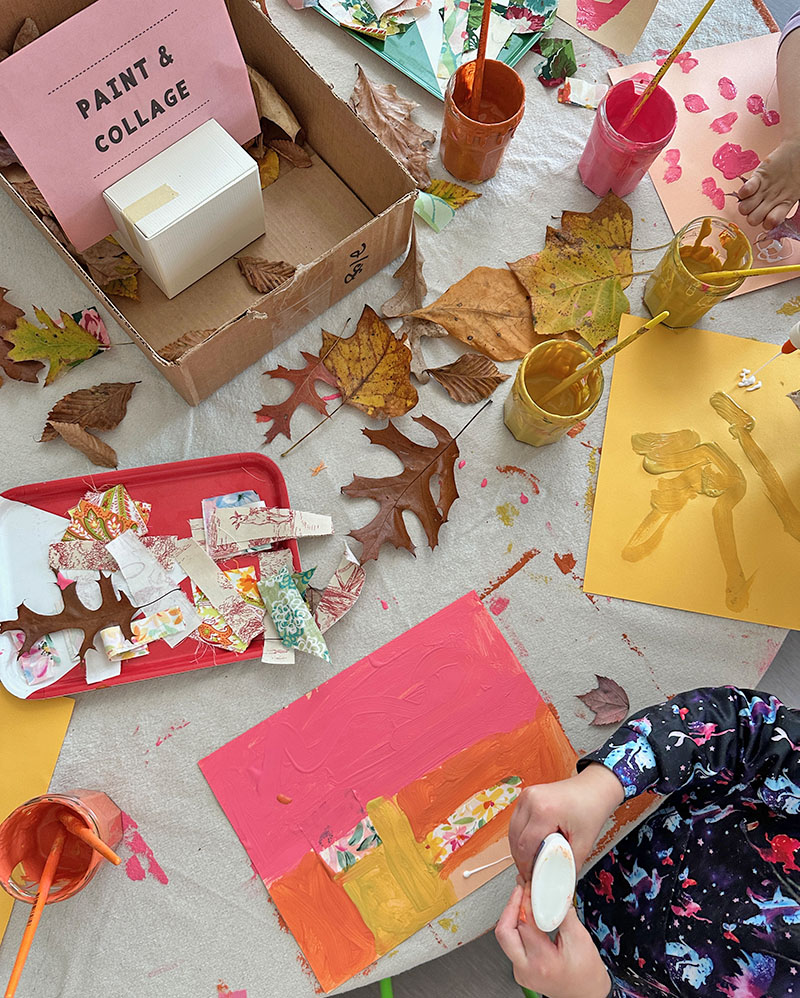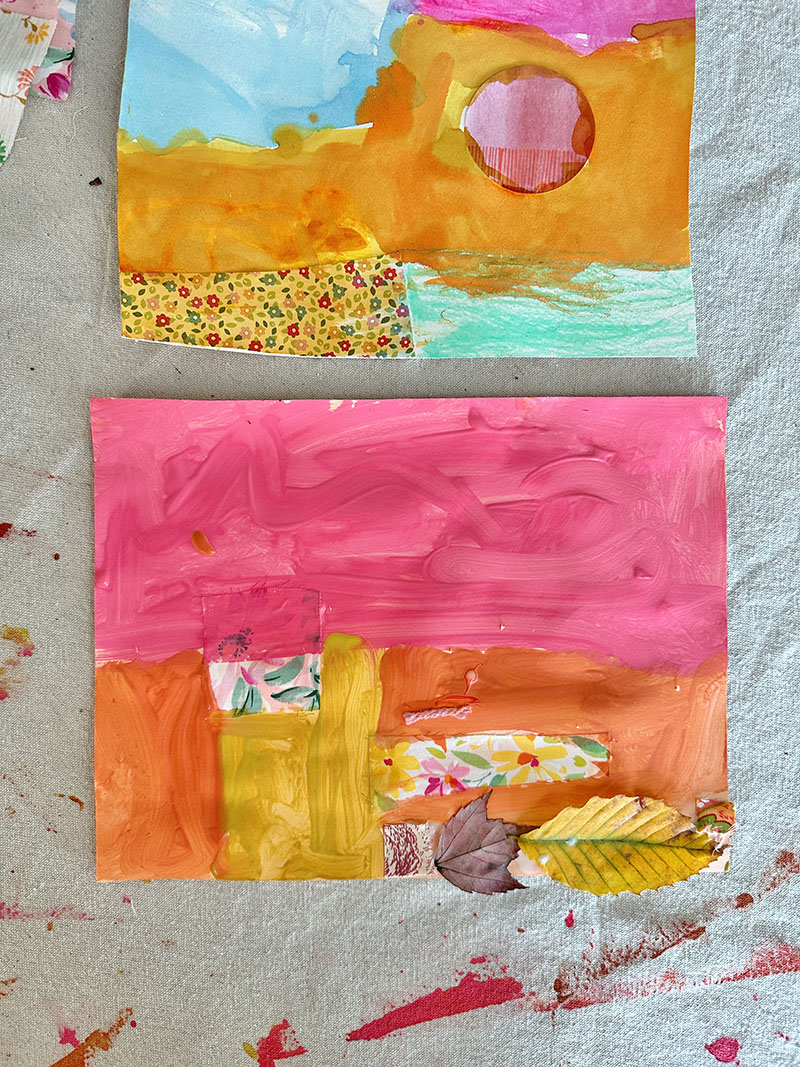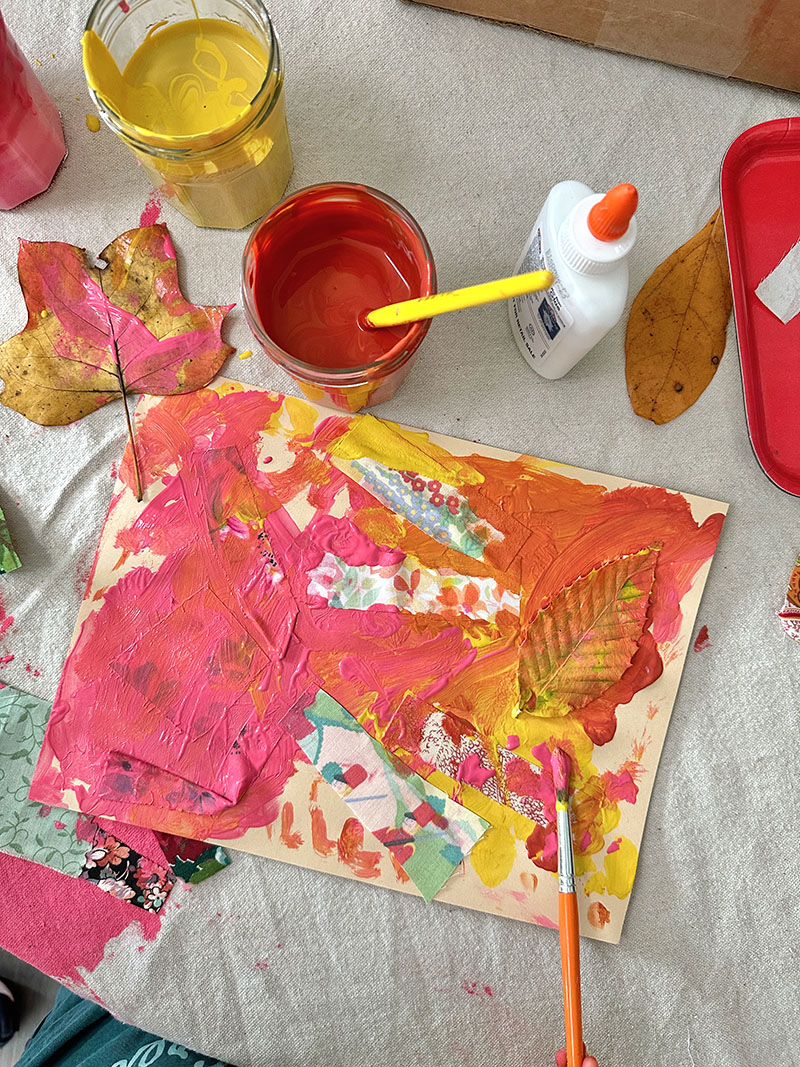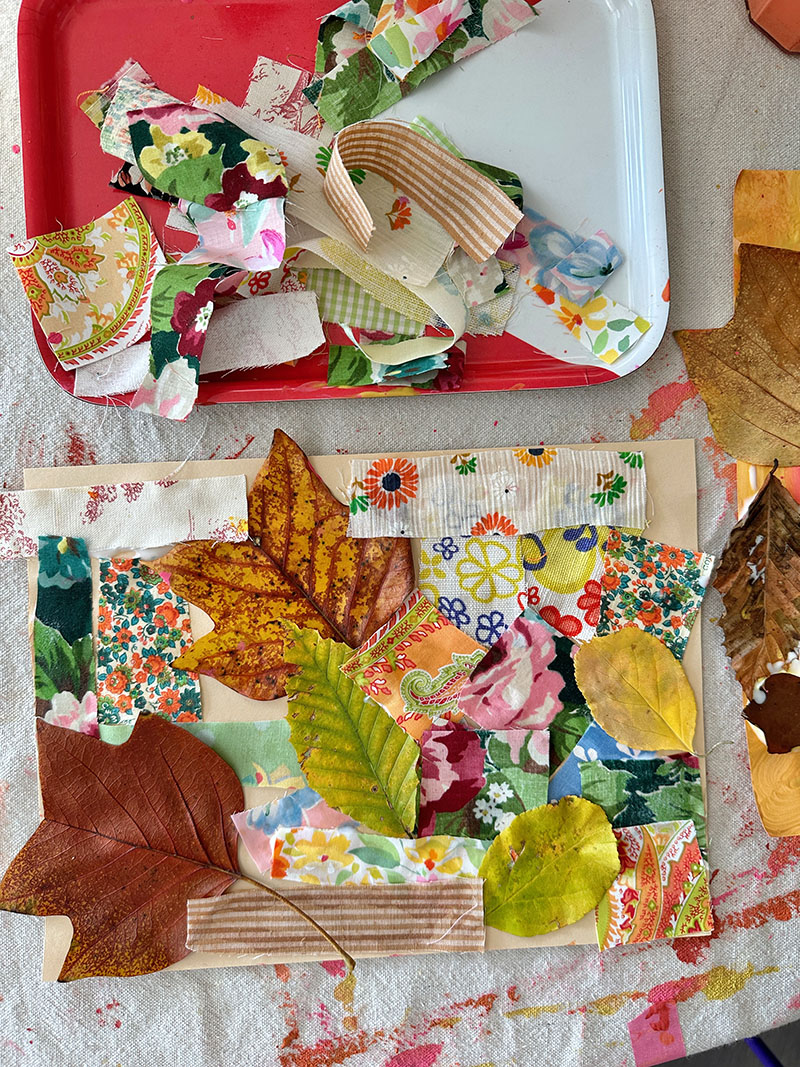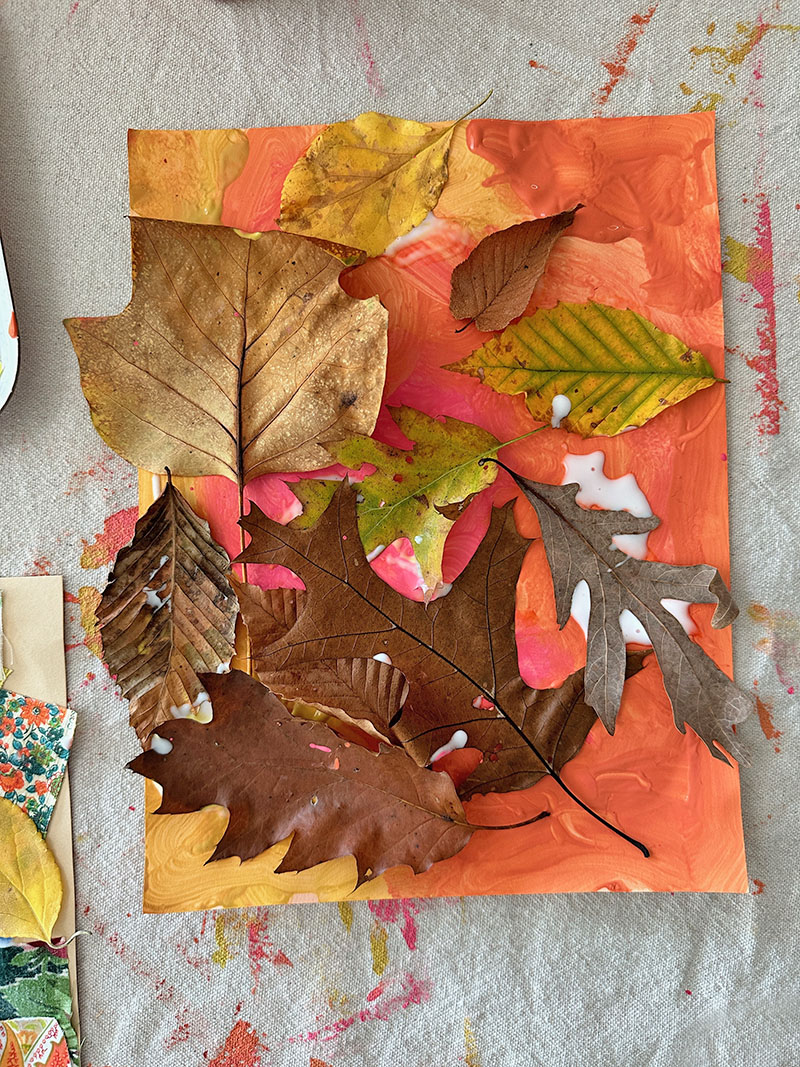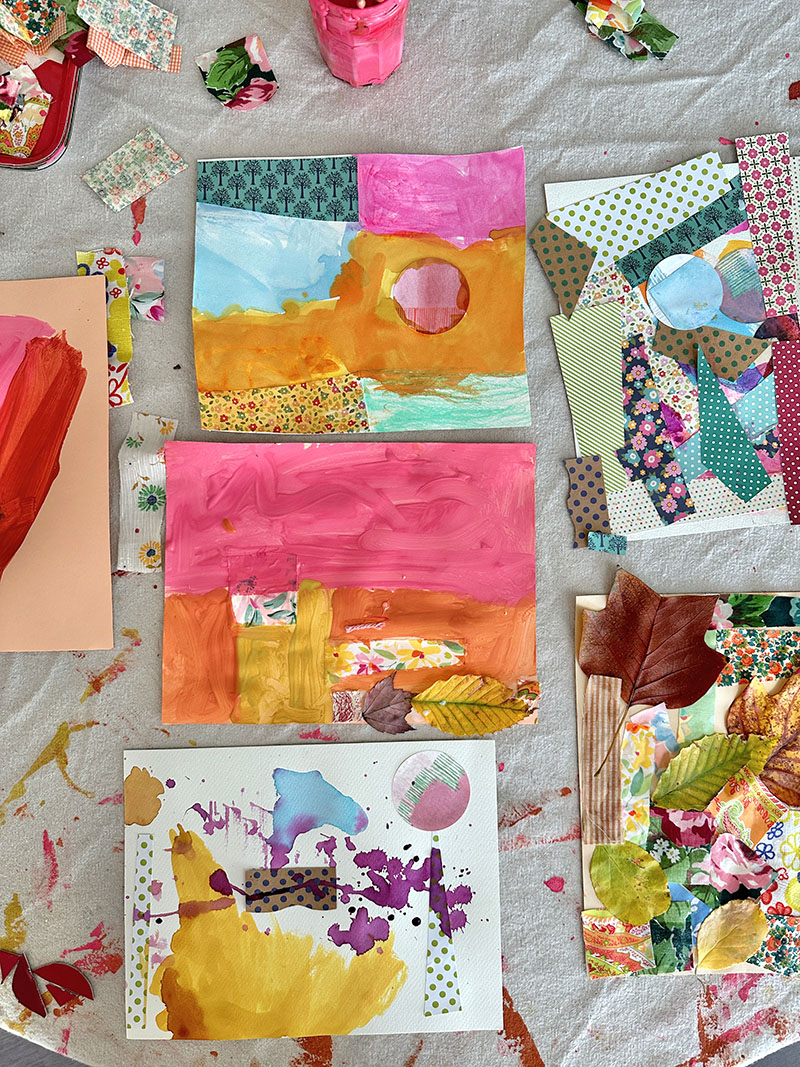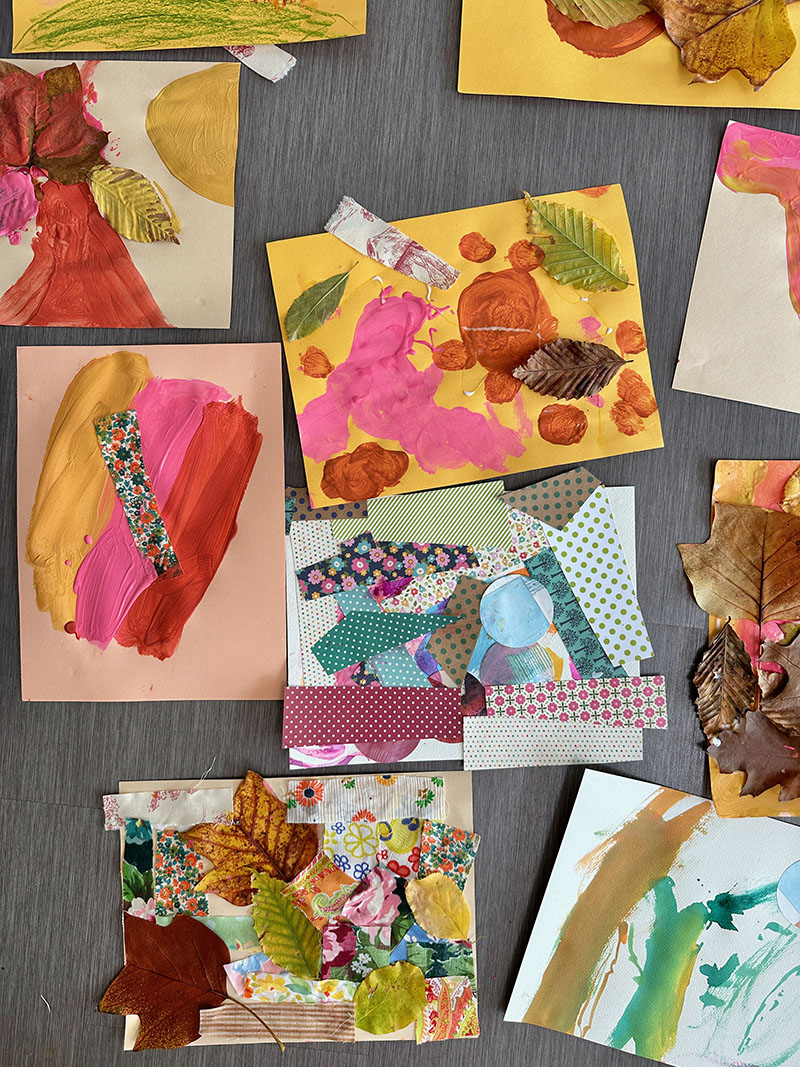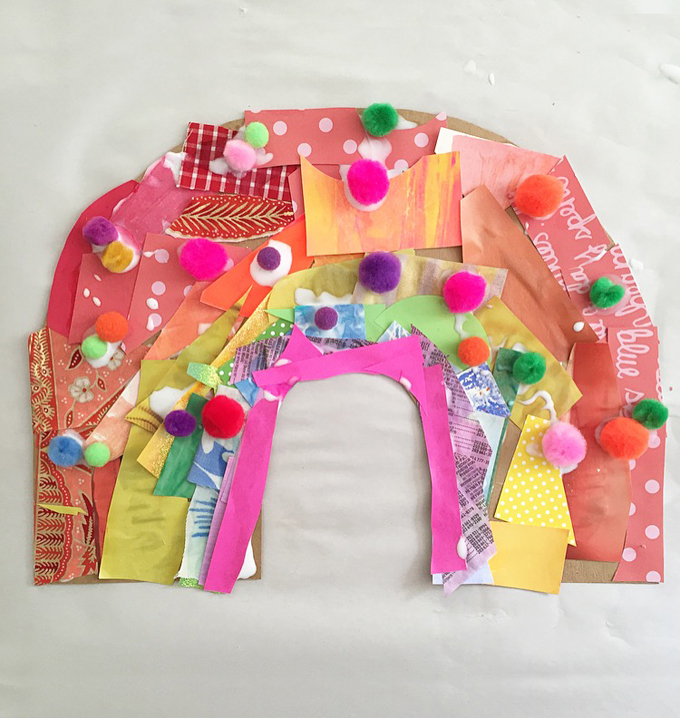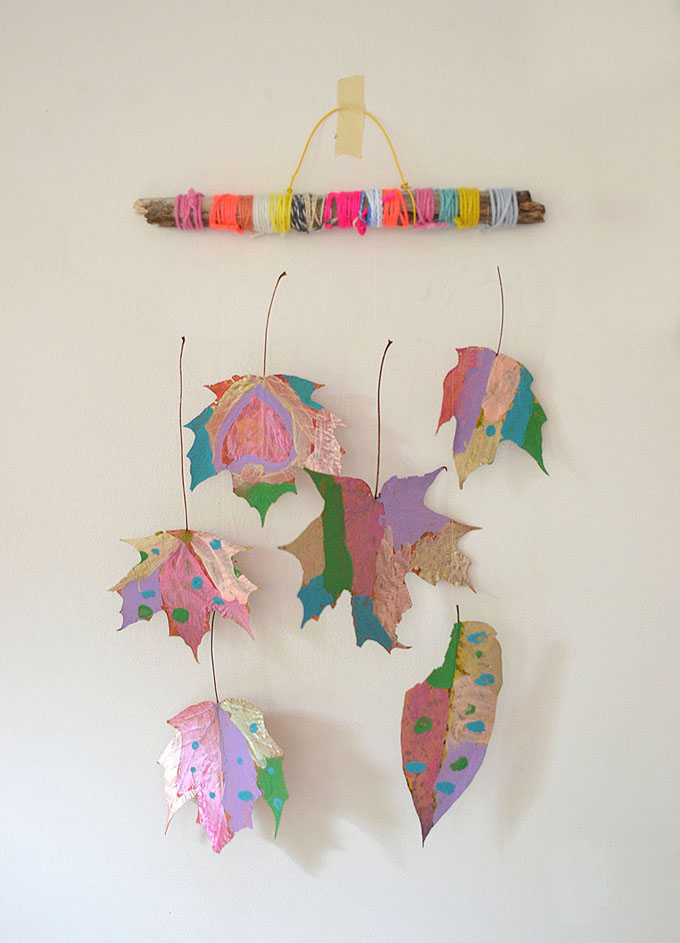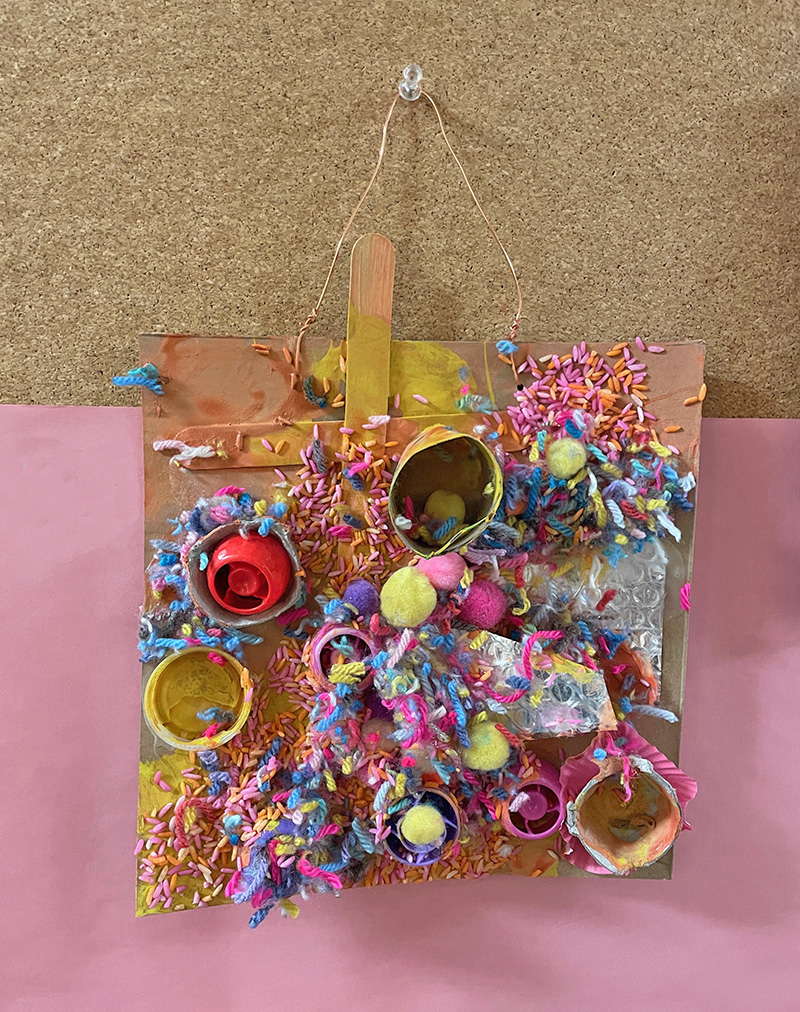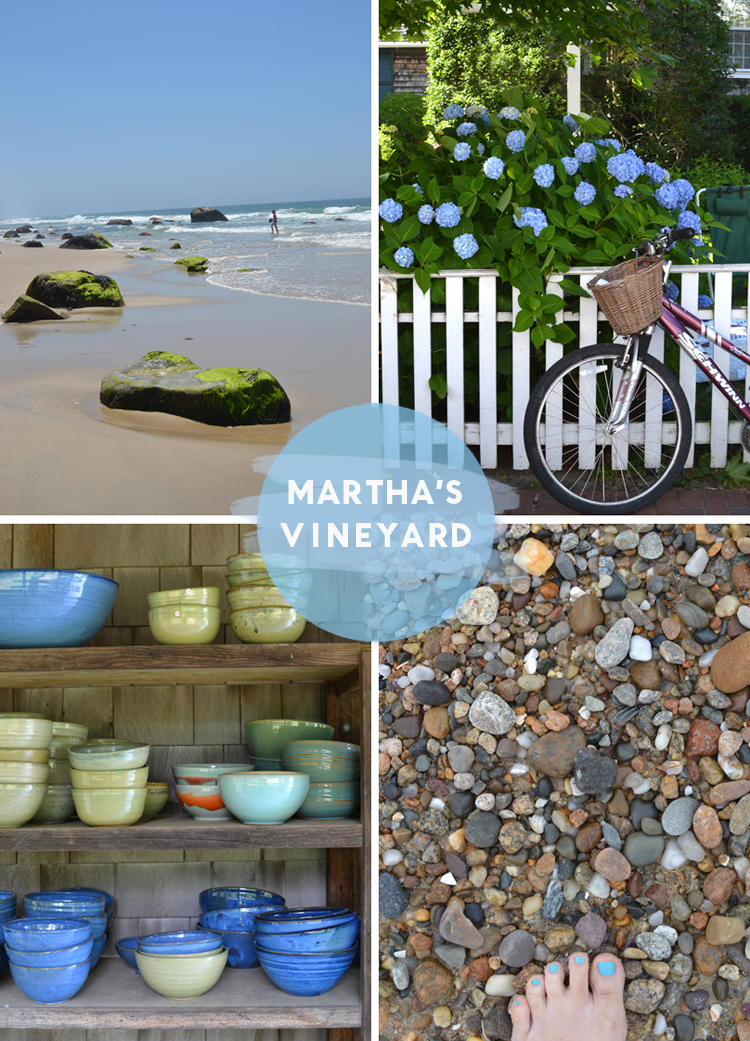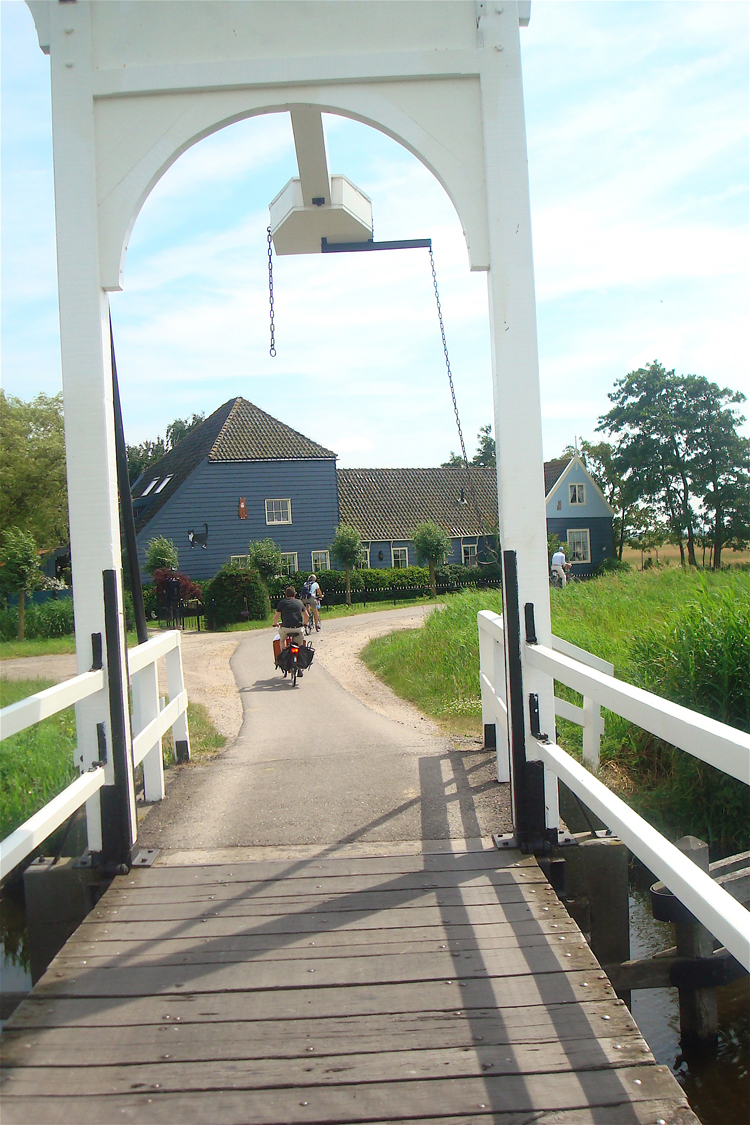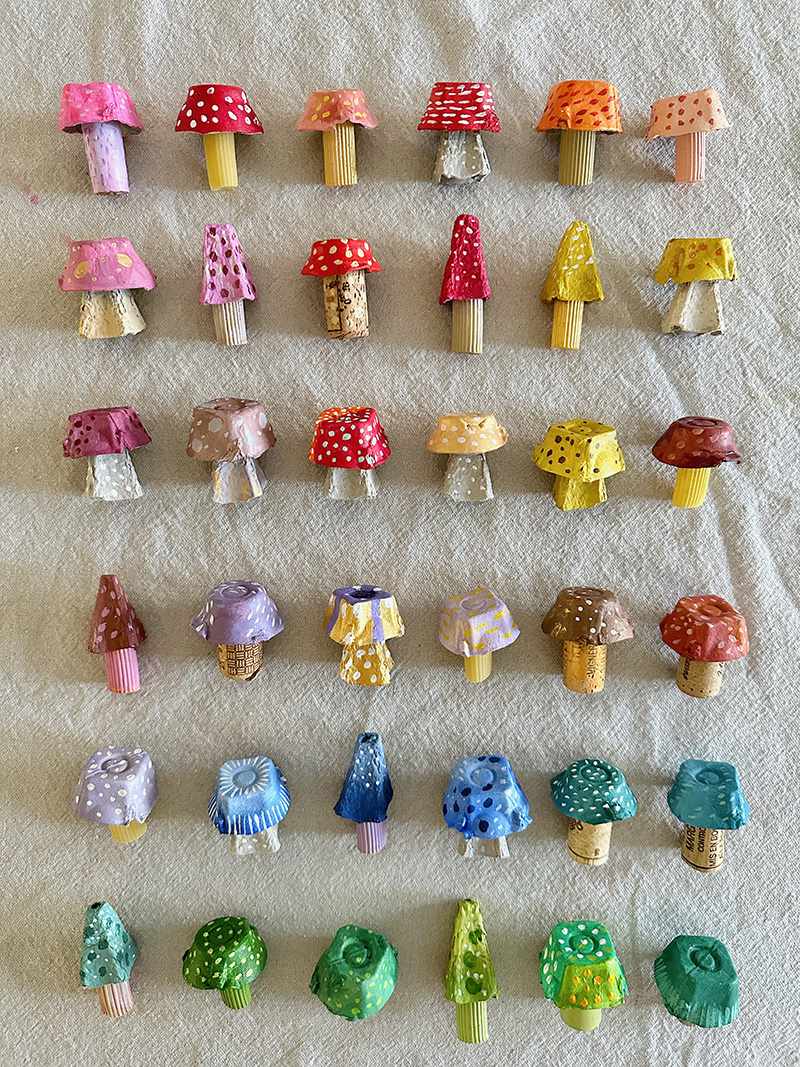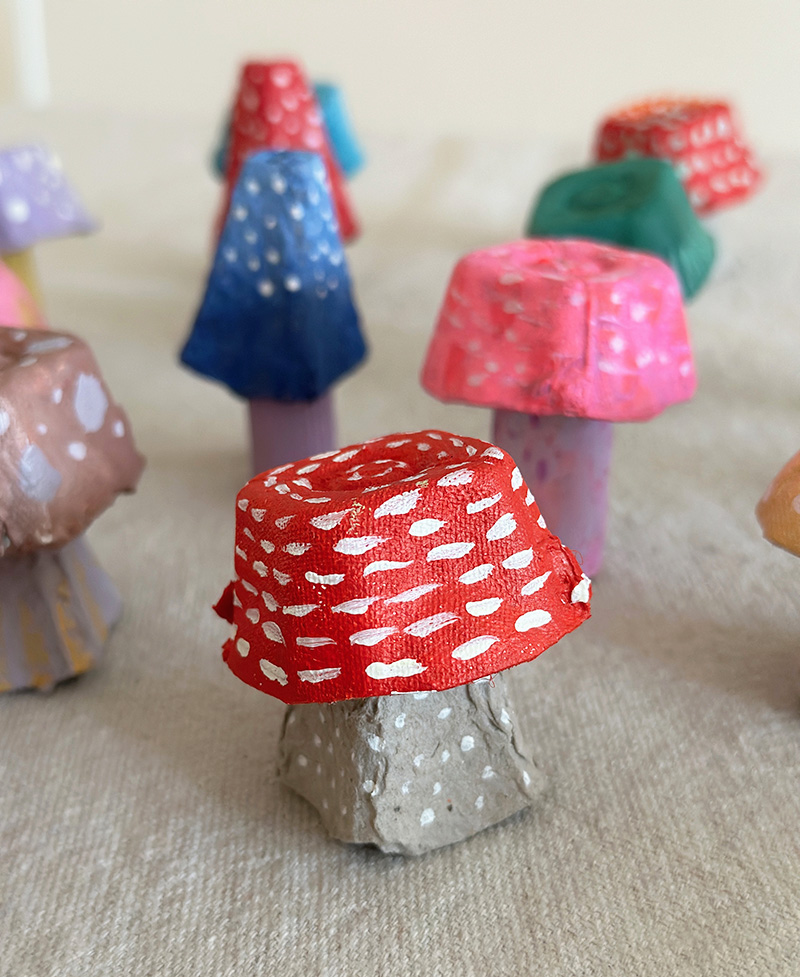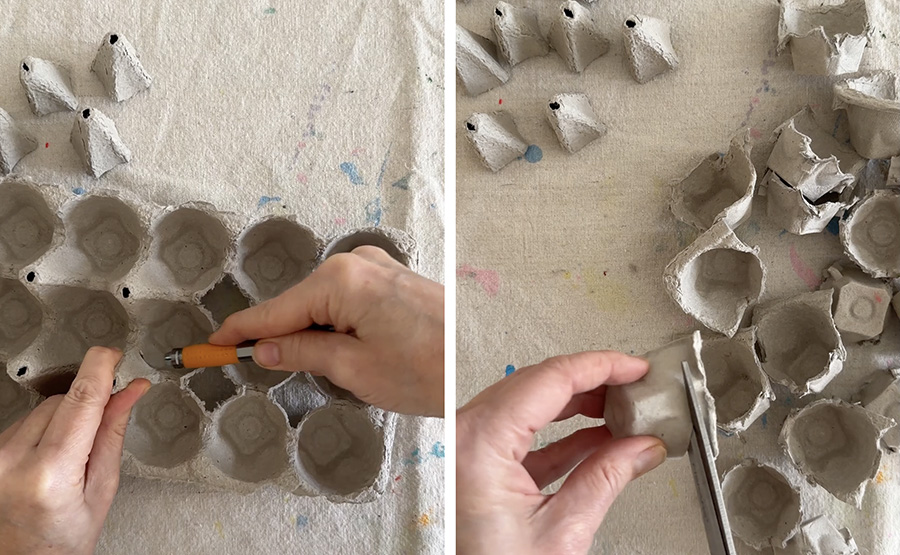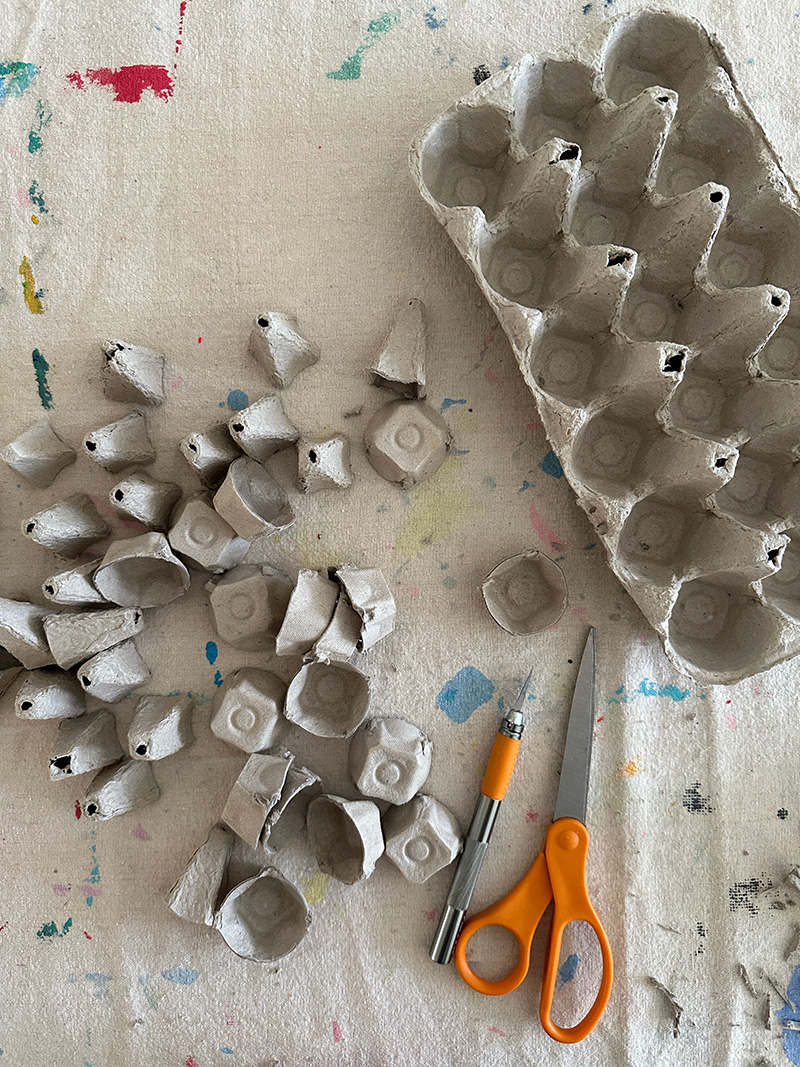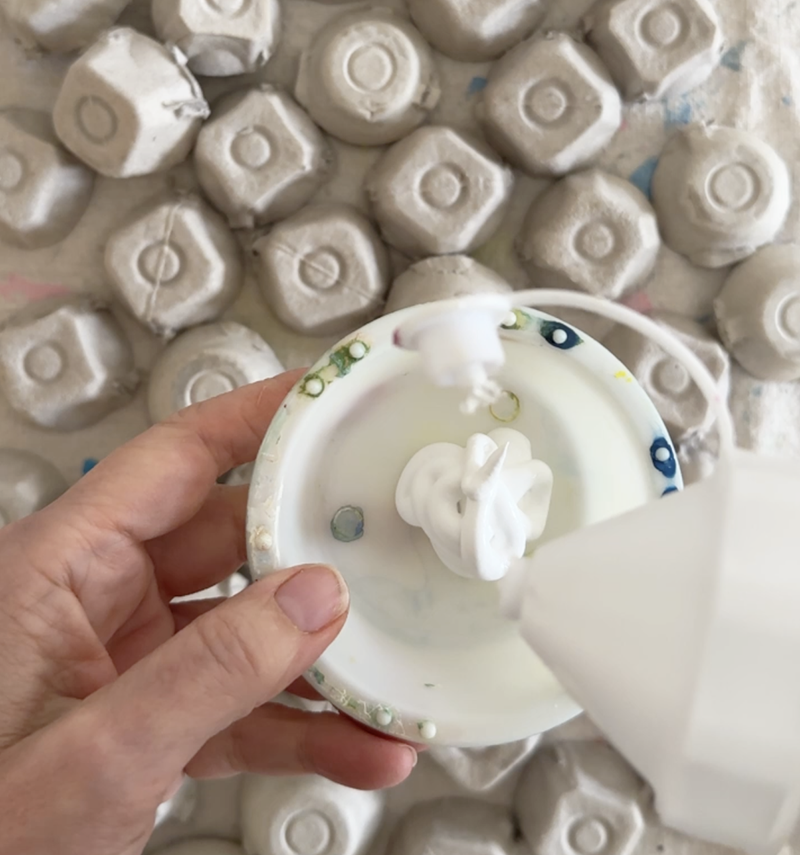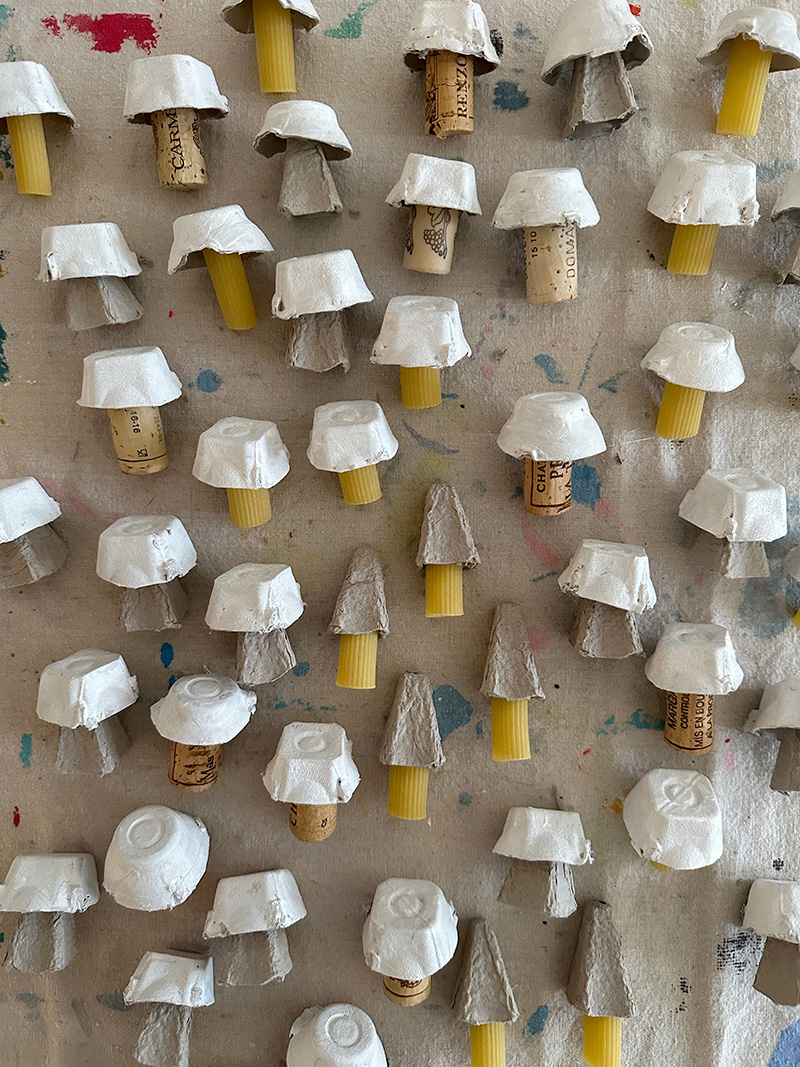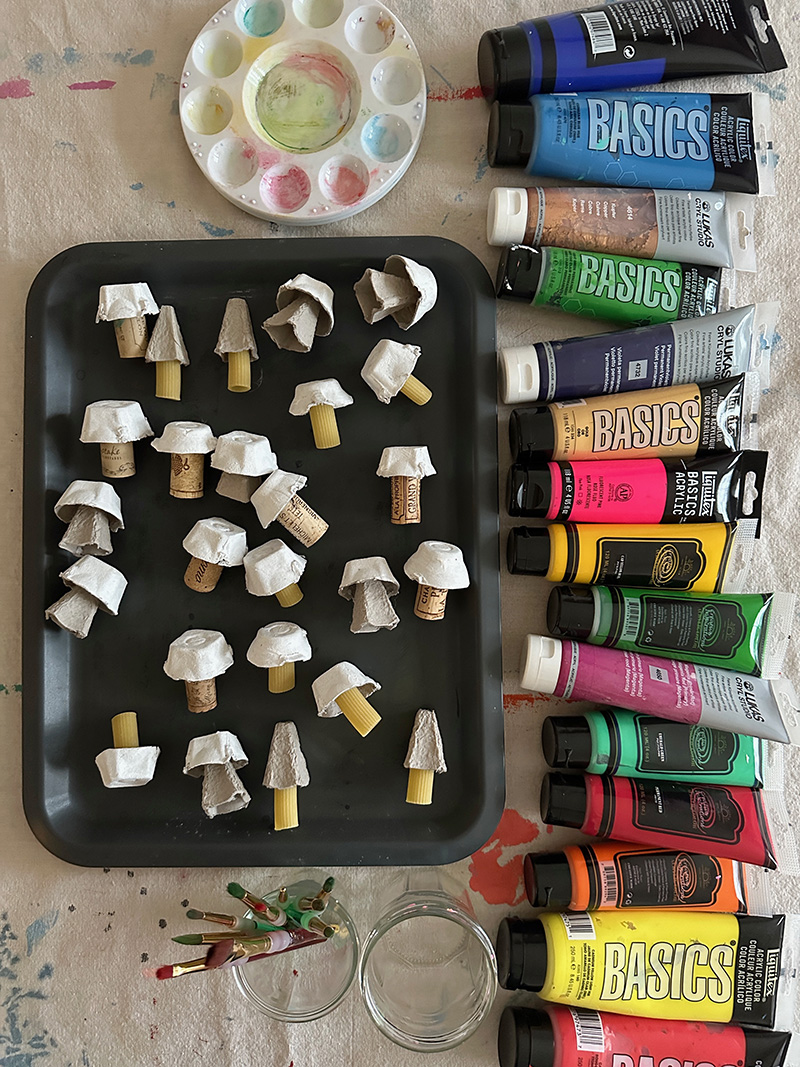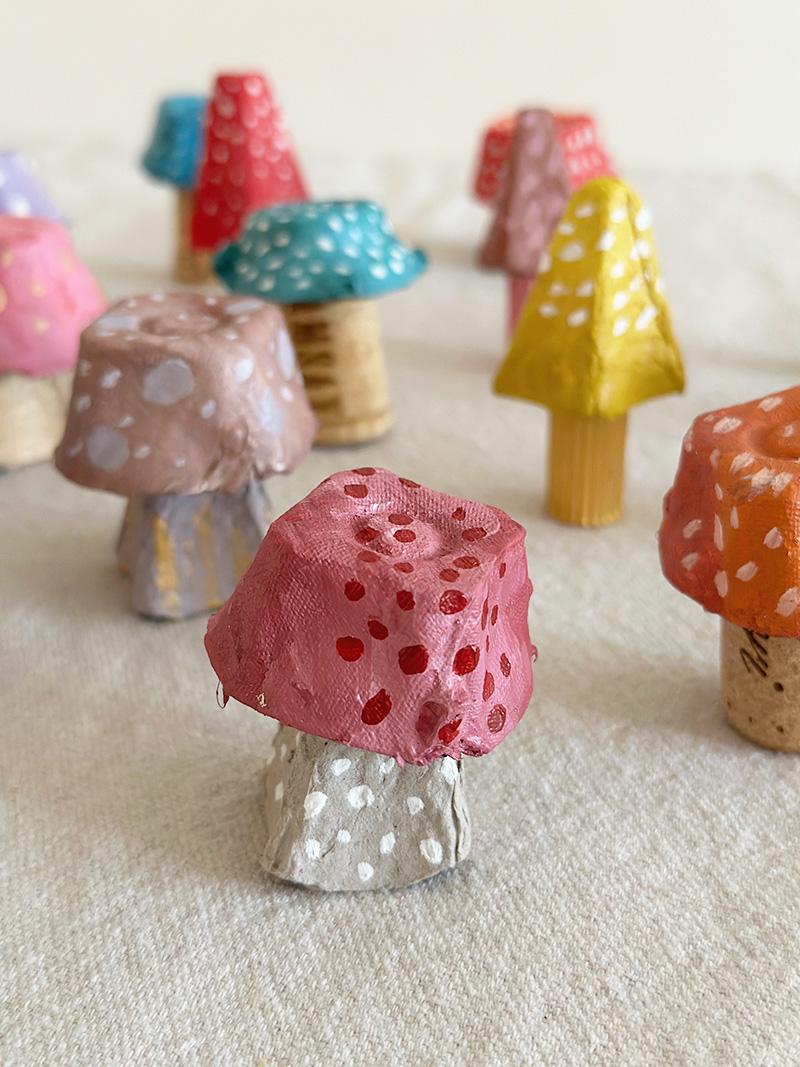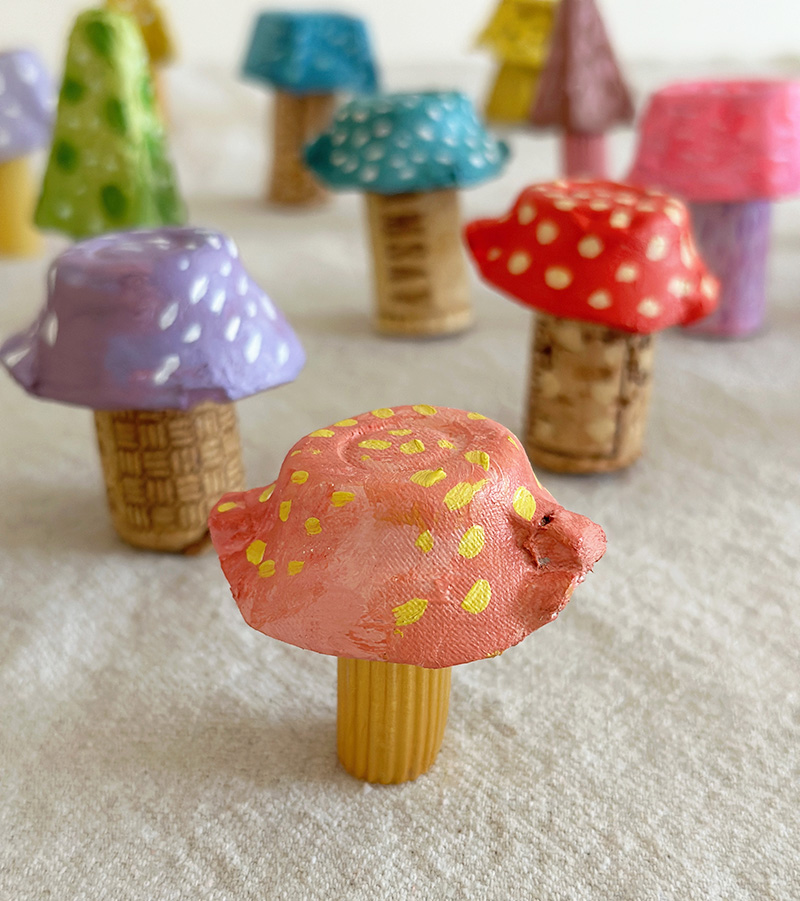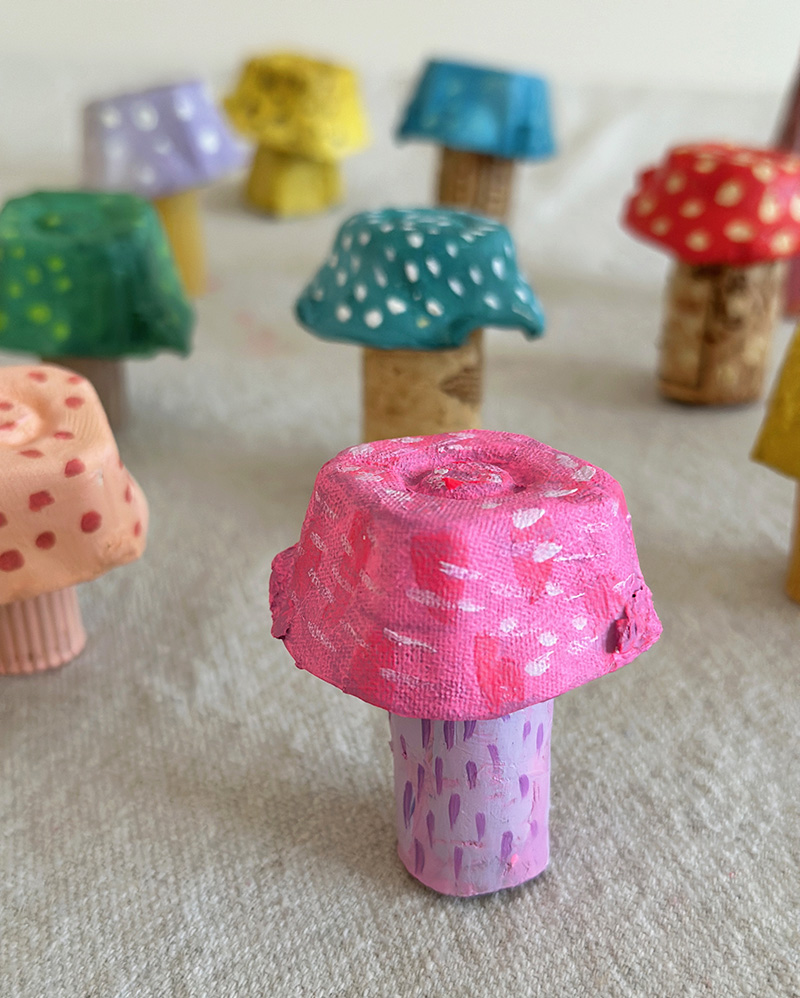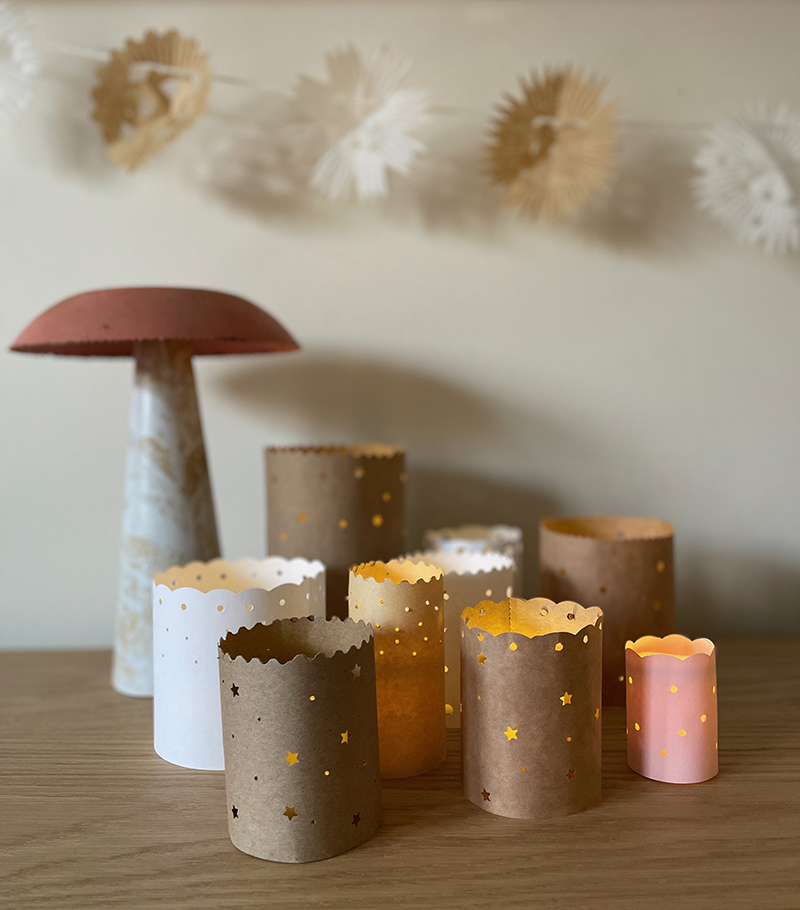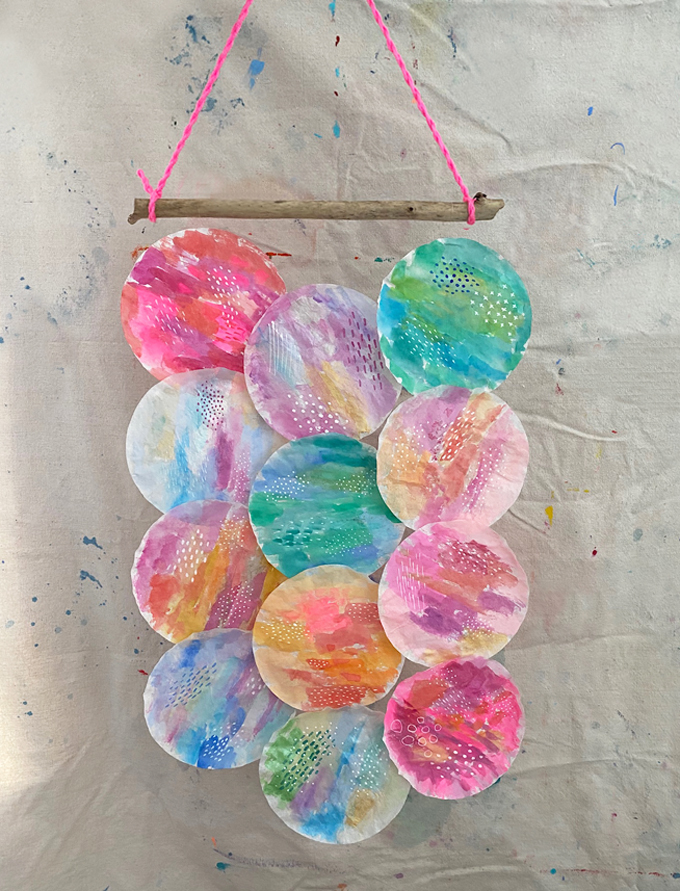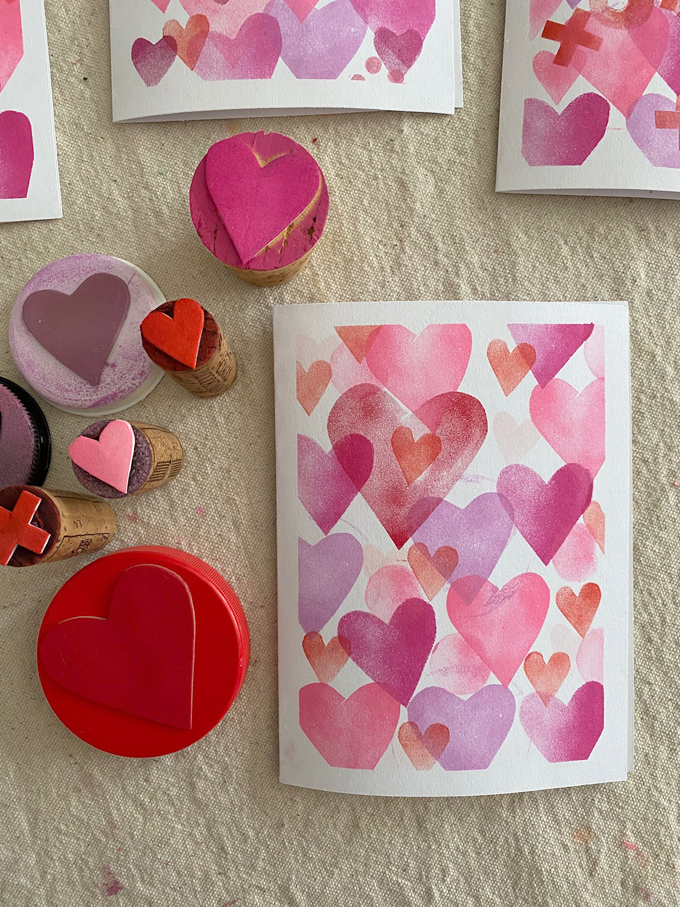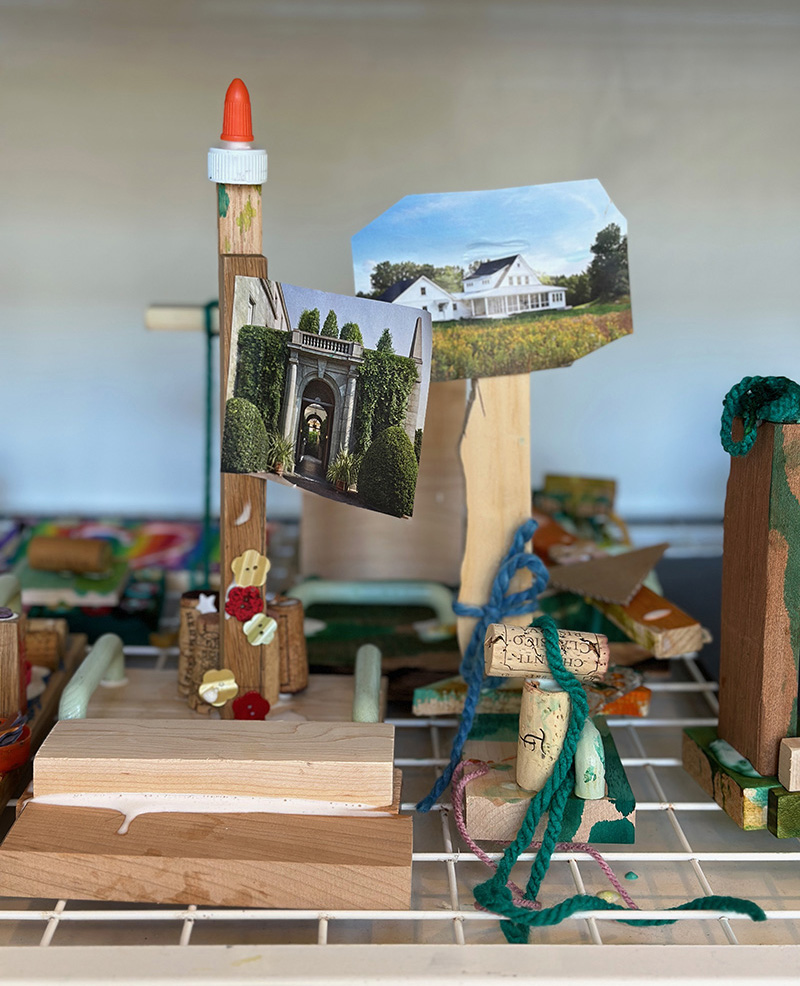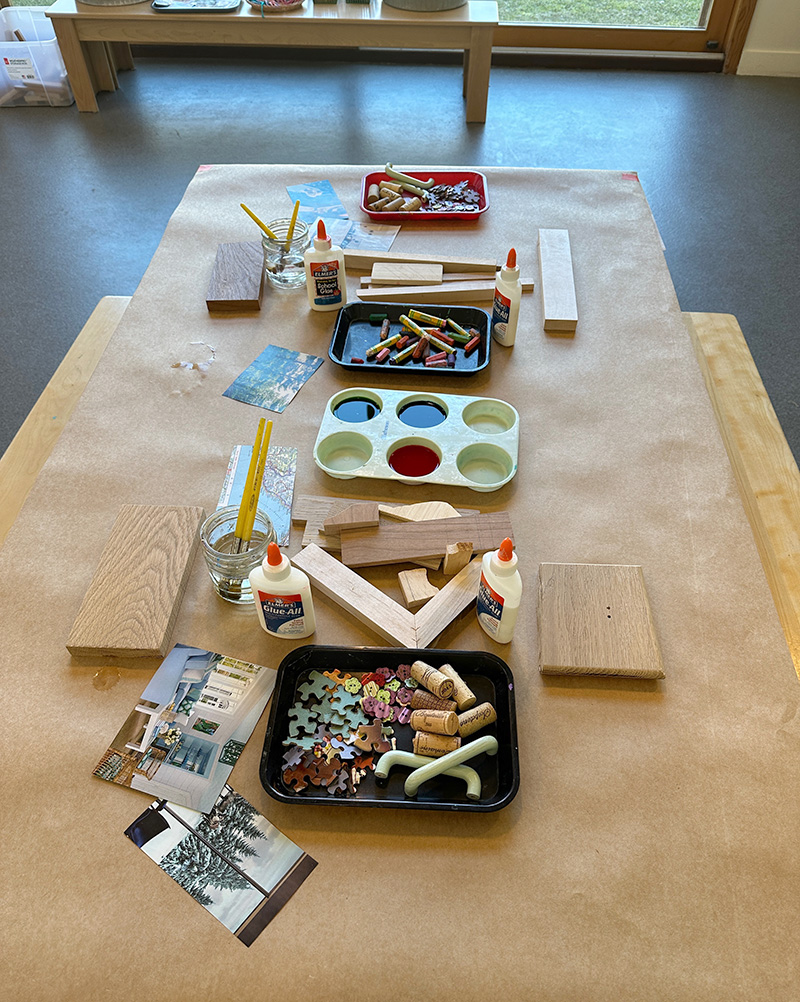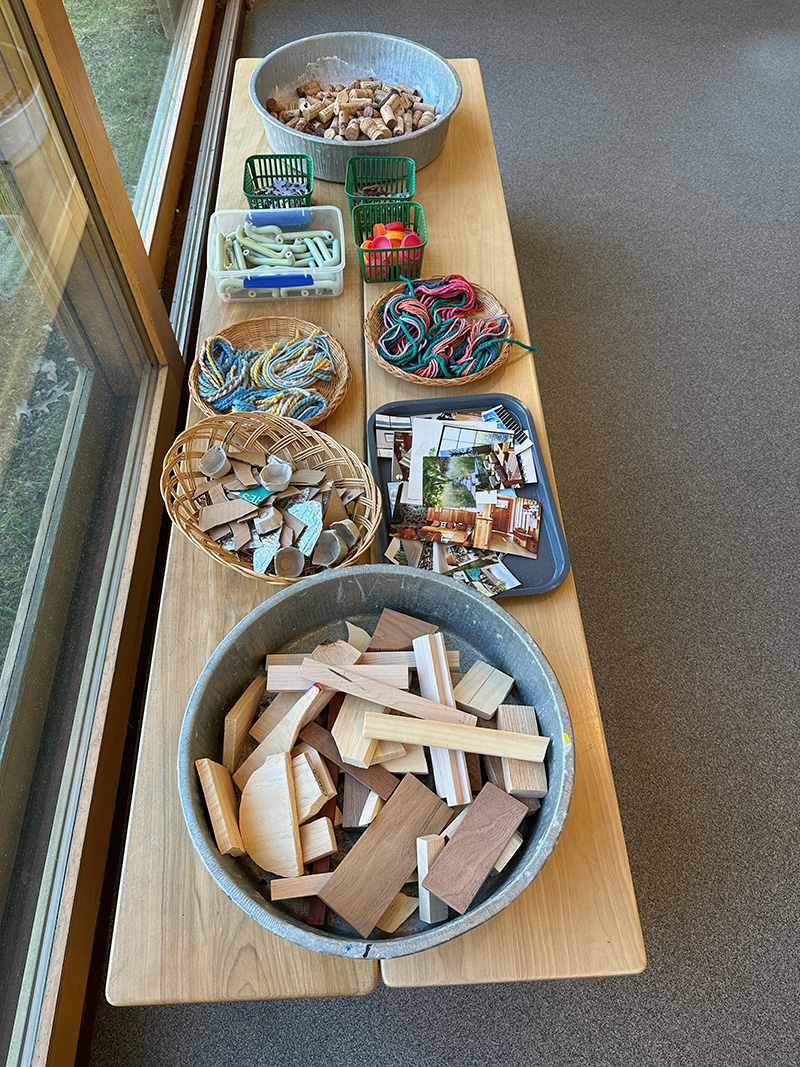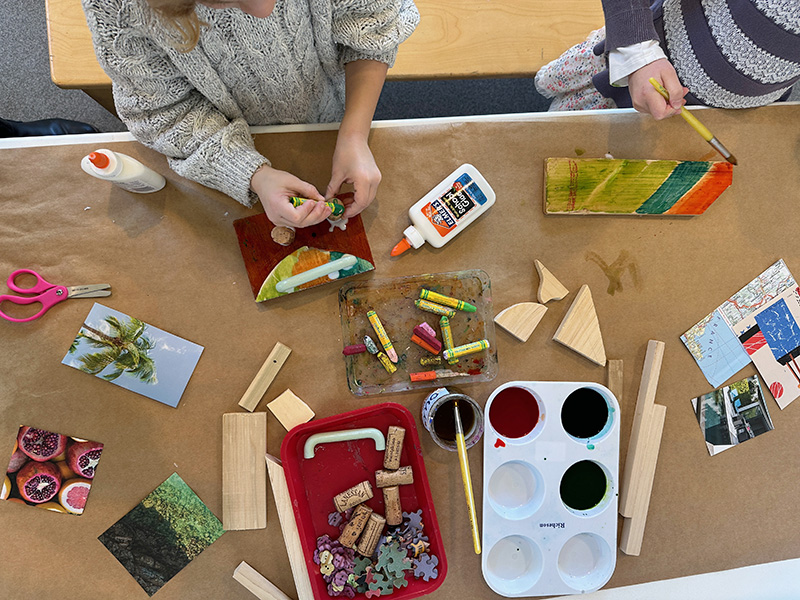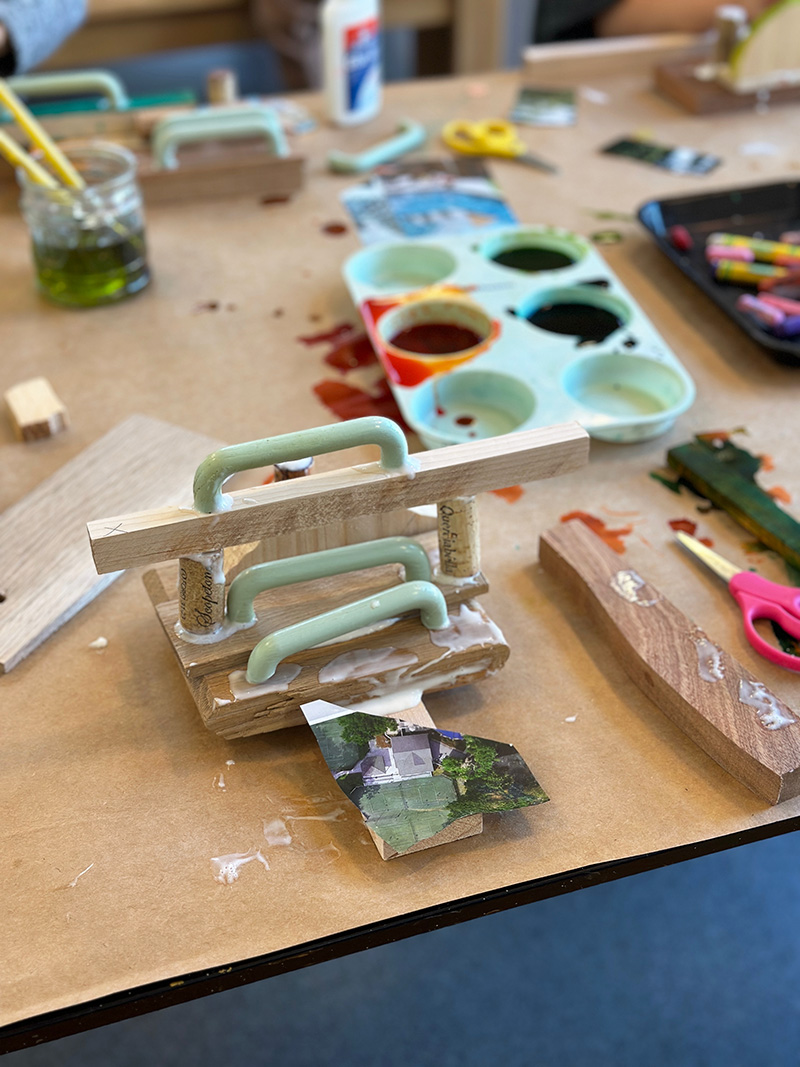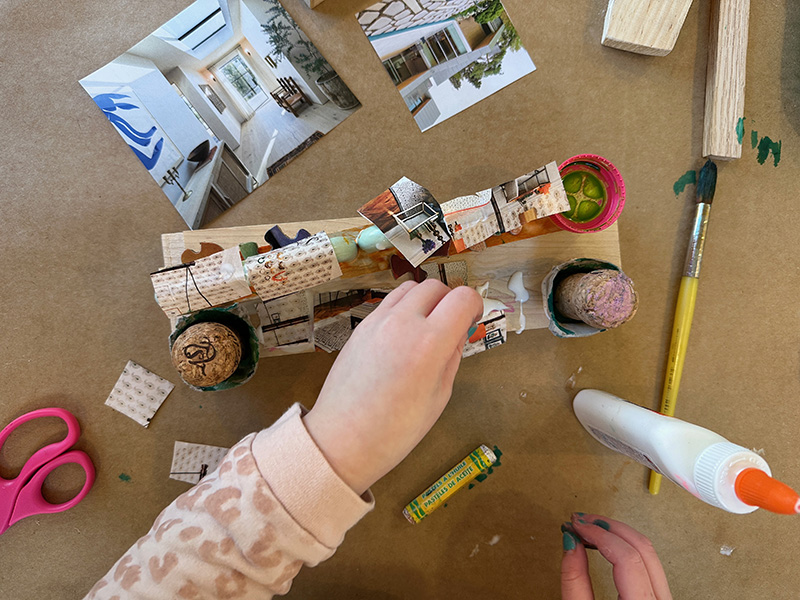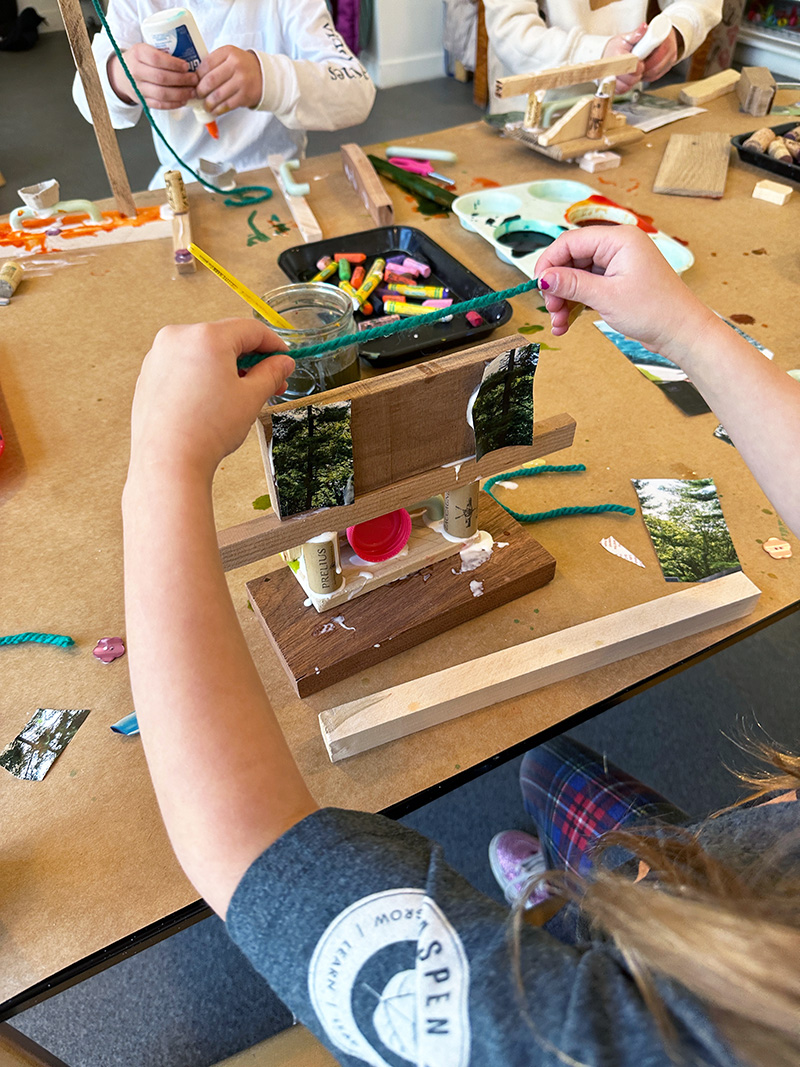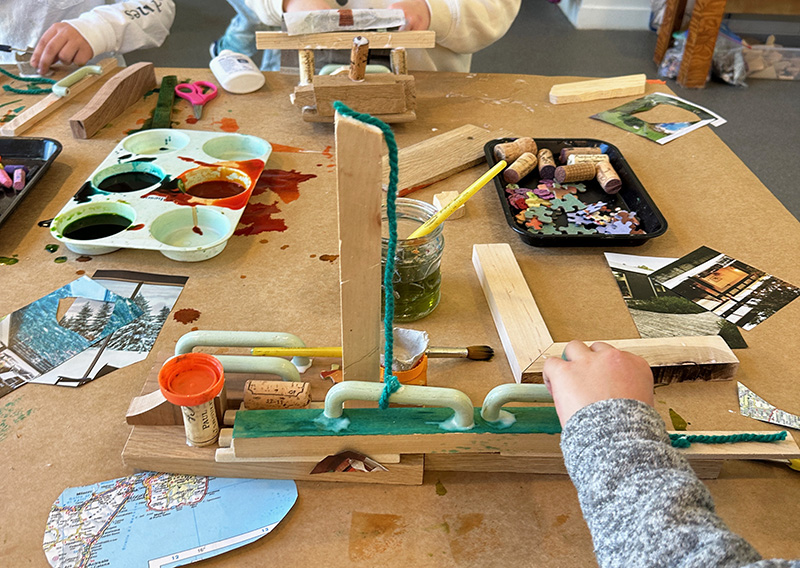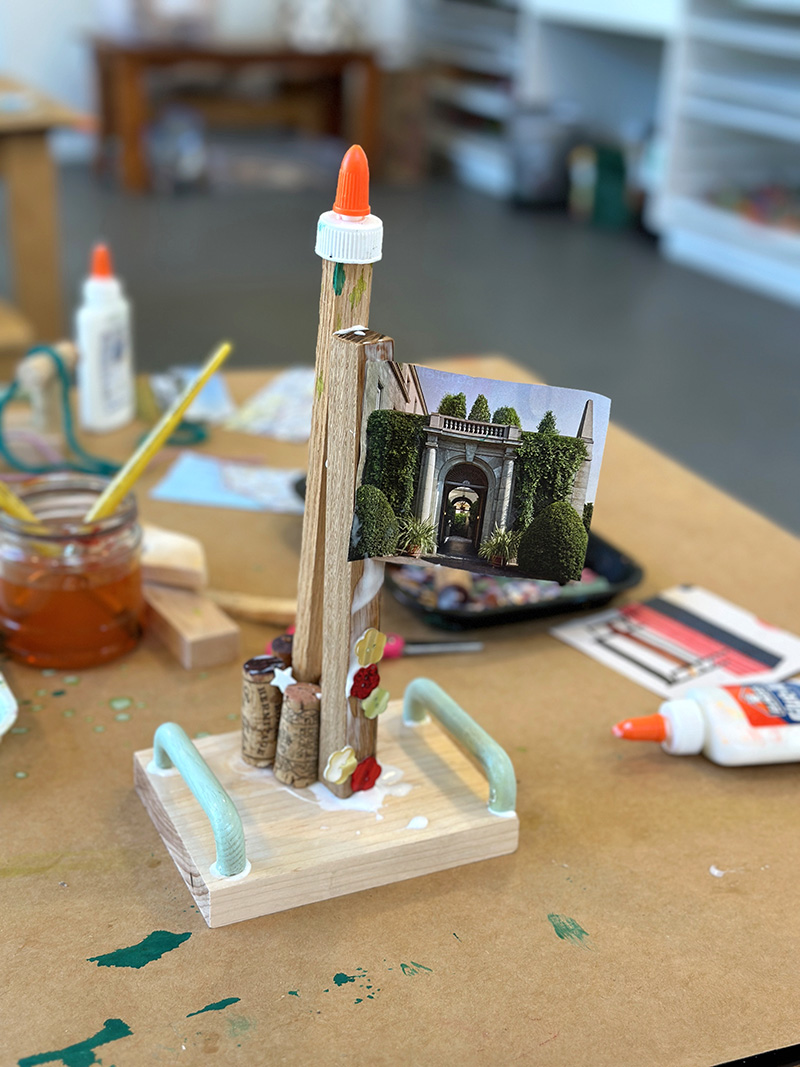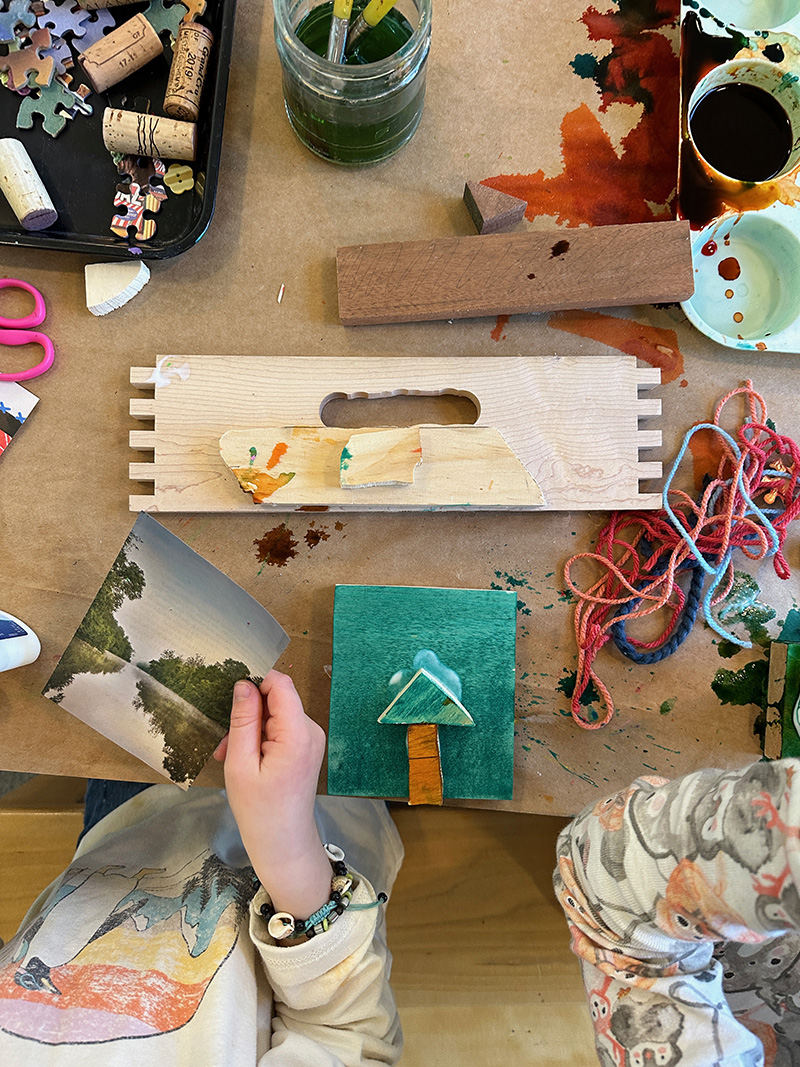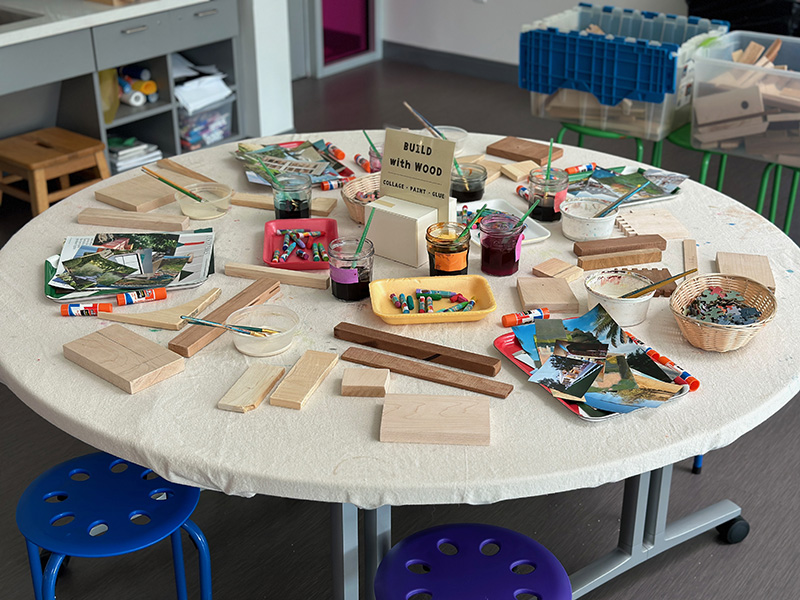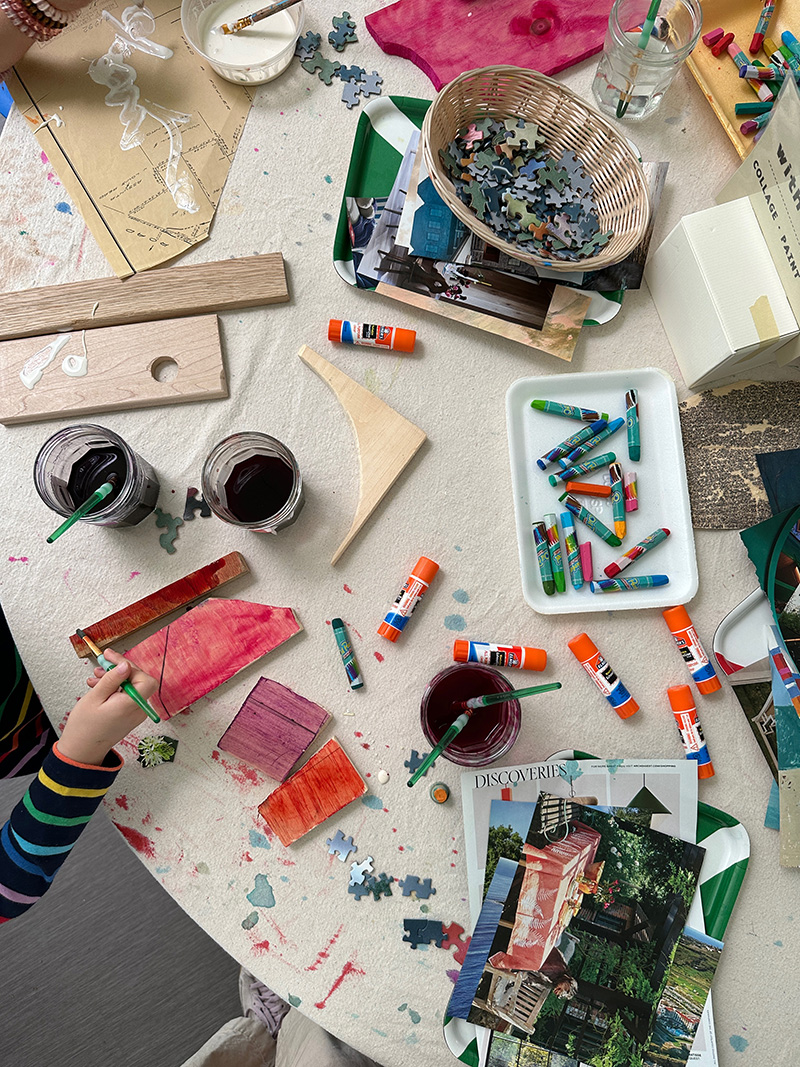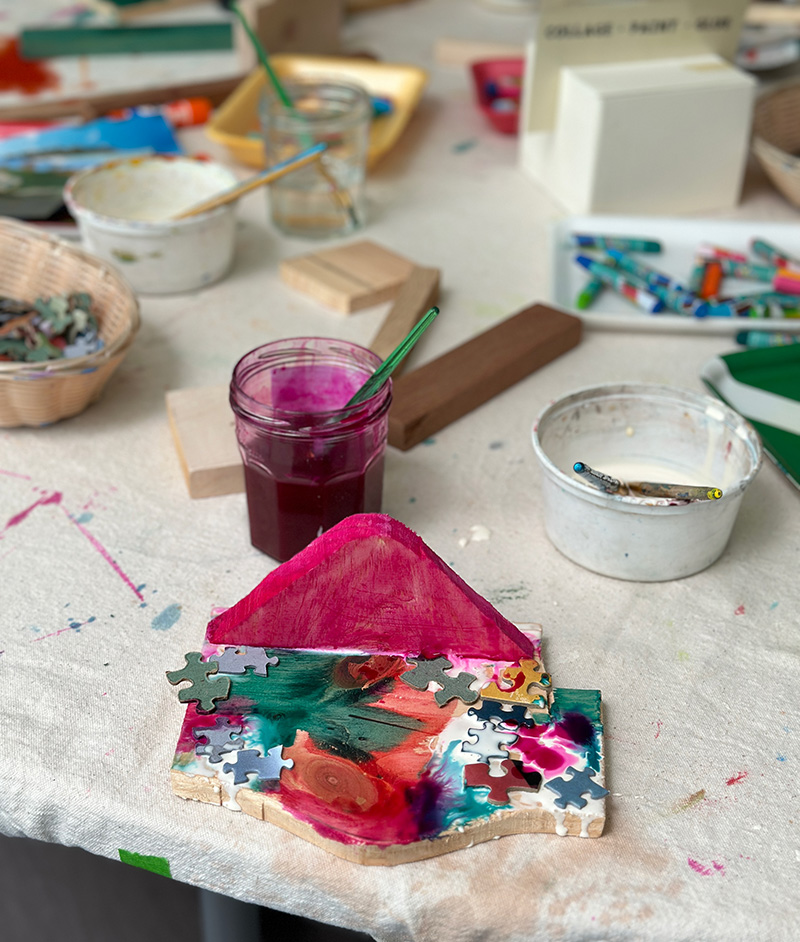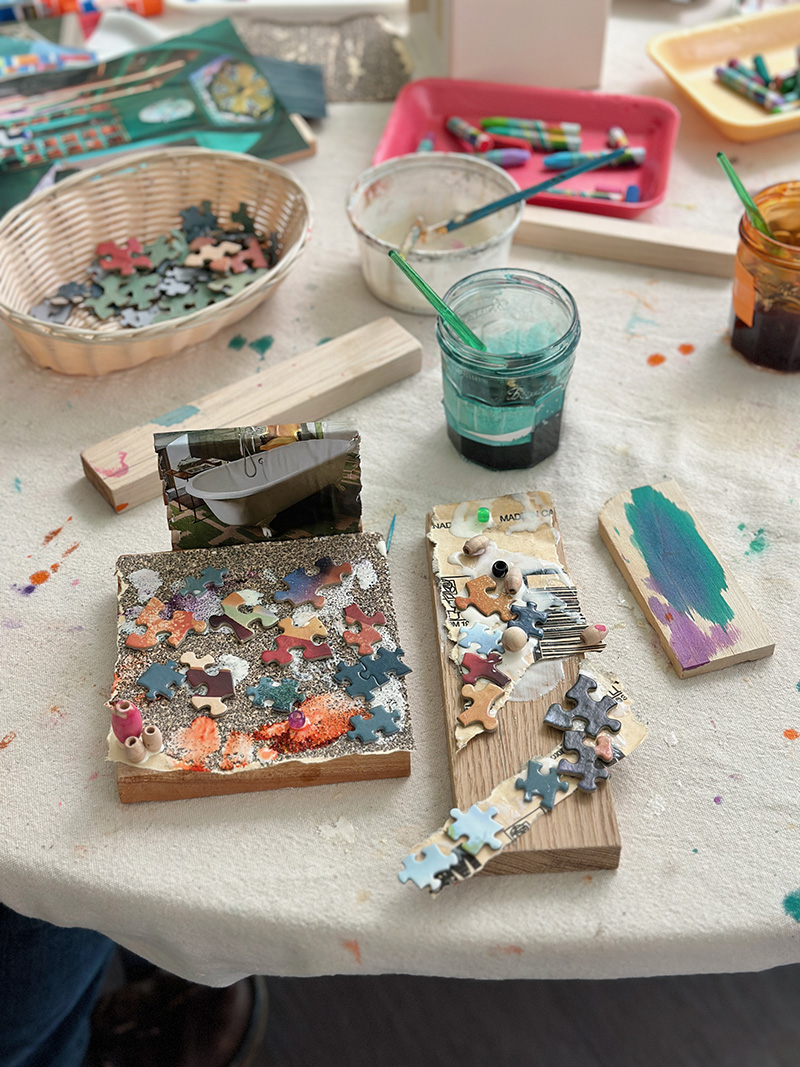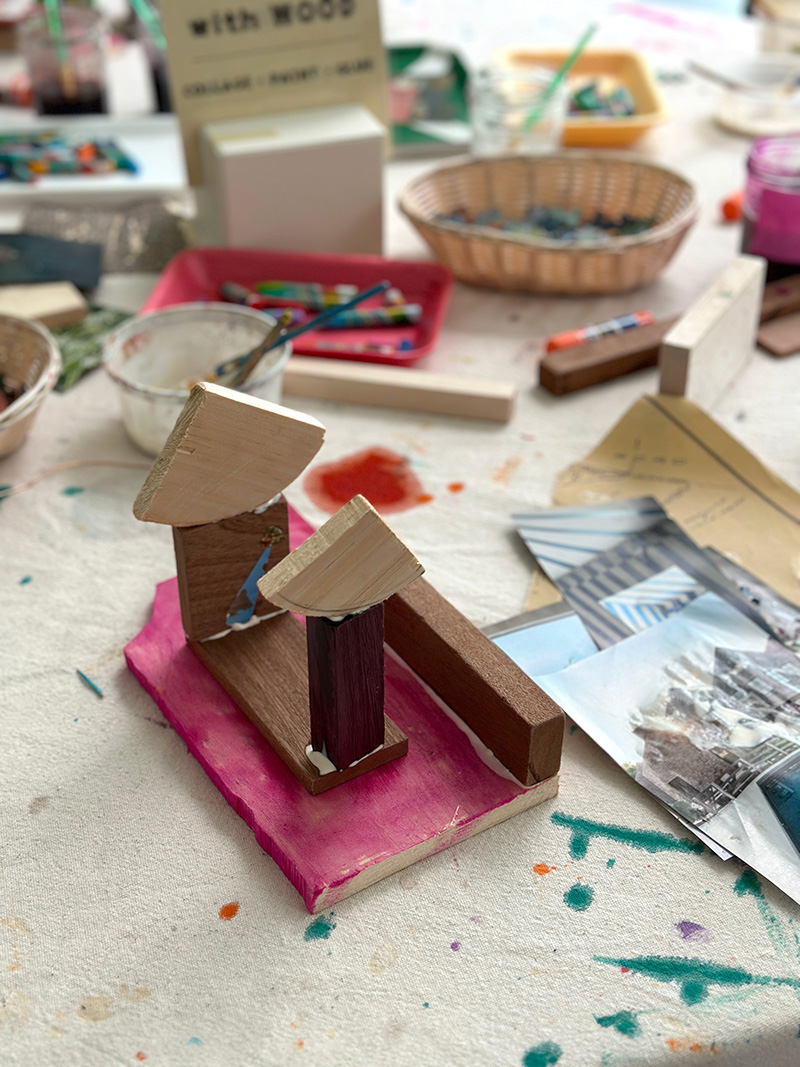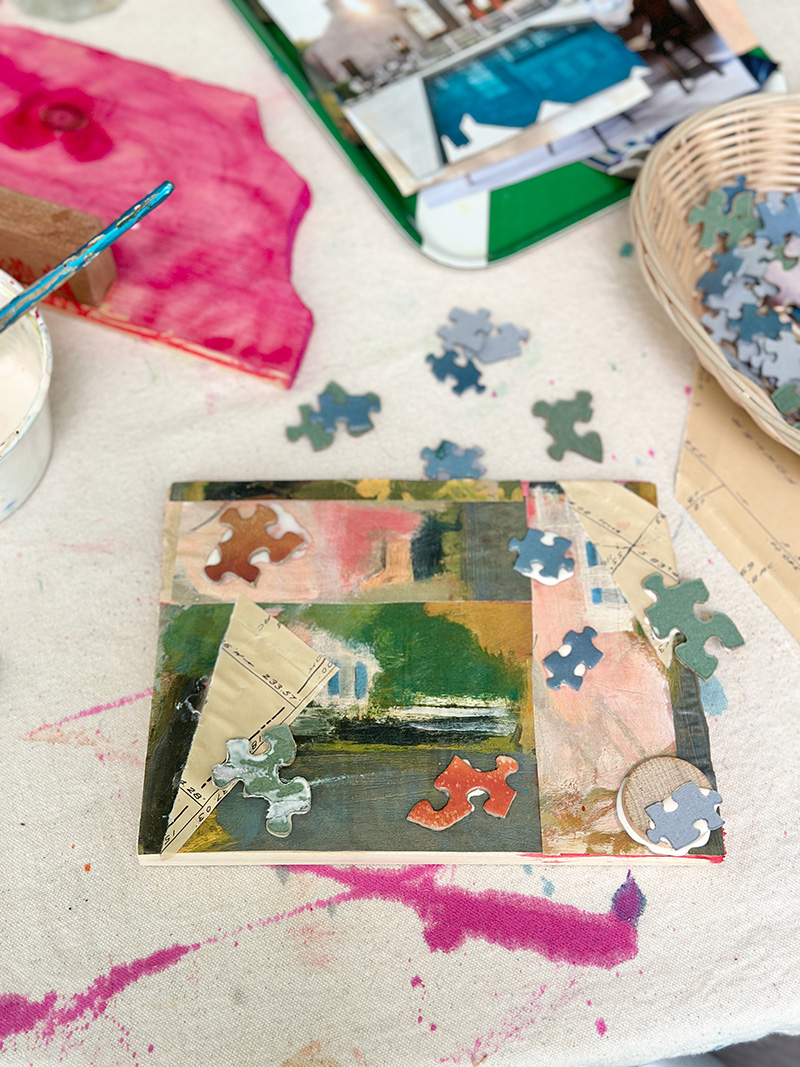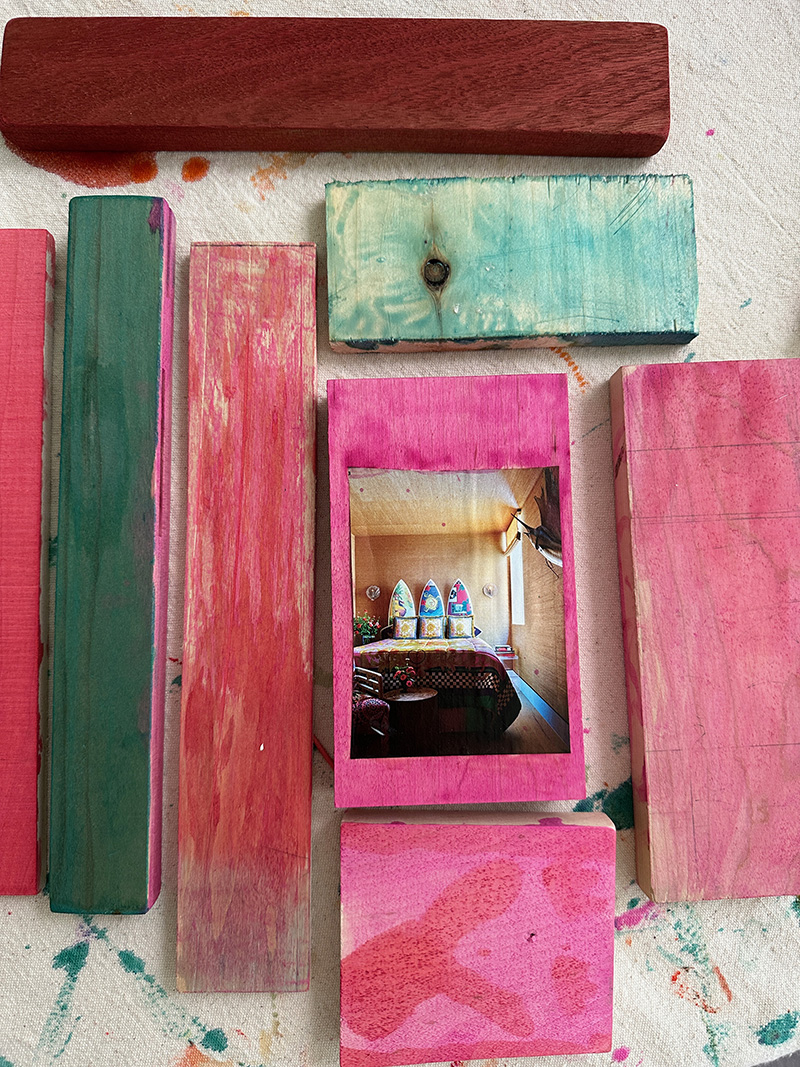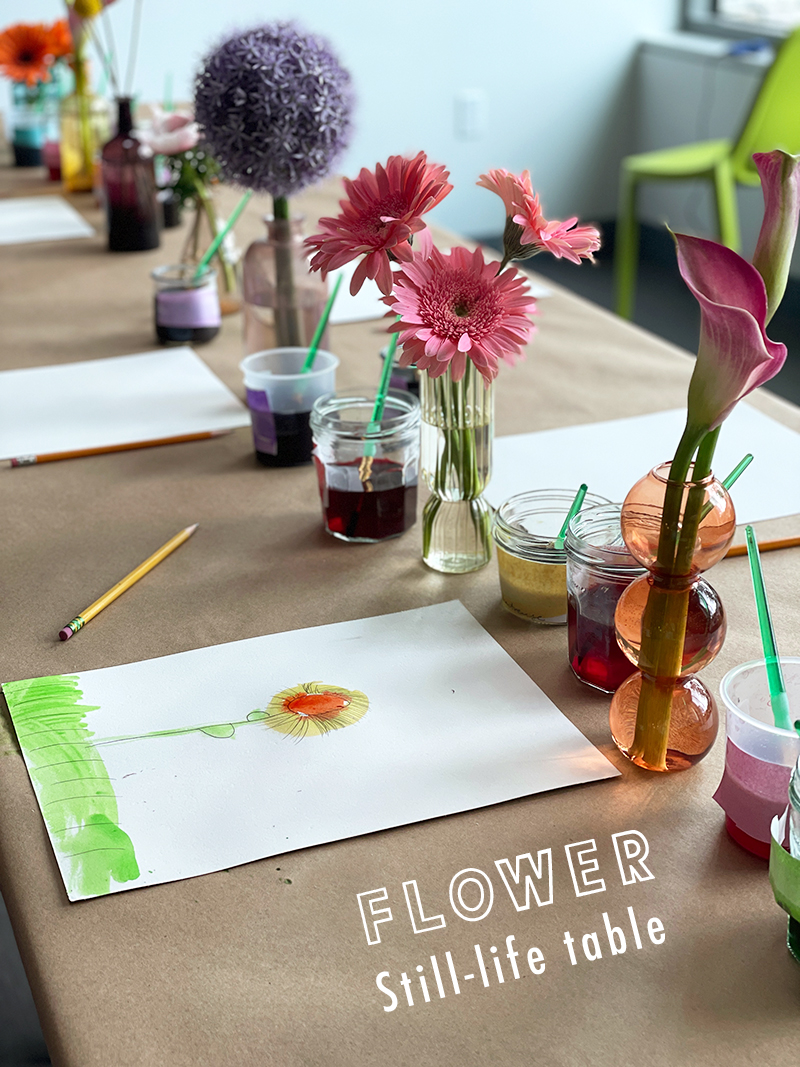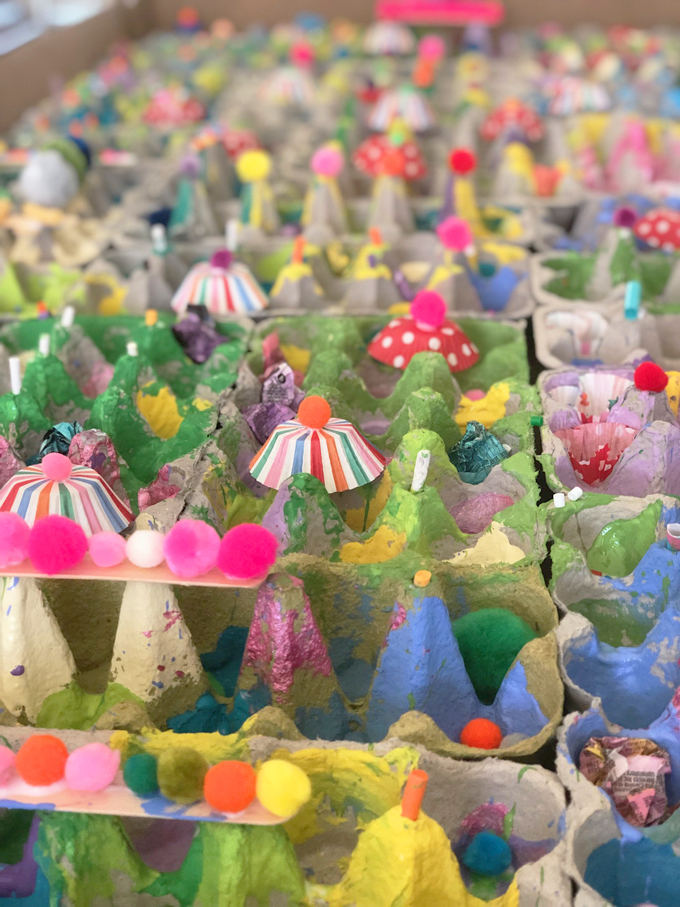Our family went on a trip of a lifetime to Tuscany, Italy last summer and finally, I am sitting down to write and share all about it. We had been planning this trip for what feels like a decade. Every year we would do all the work creating the itinerary, but then be too overwhelmed with the details, cost, logistics, dogs, work, summer camps. We had spreadsheets and links and secret Pinterest boards, but would instead become paralyzed and just end up driving to Maine or Martha’s Vineyard or Rhode Island (all amazing places) or up to Montreal in search of a little slice of Europe without the air travel. (If you follow me on Instagram, I have lots of story highlights with our family travels along the East Coast — there are some really beautiful spots.) We had everything planned for summer 2020, but then the world stopped (we did perfect the staycation during those pandemic summers). Somehow, some way, with help from friends who cheered and counseled and convinced, we finally hit “buy tickets” with an emotional wave of excitement and panic. We’re going to Italy!!
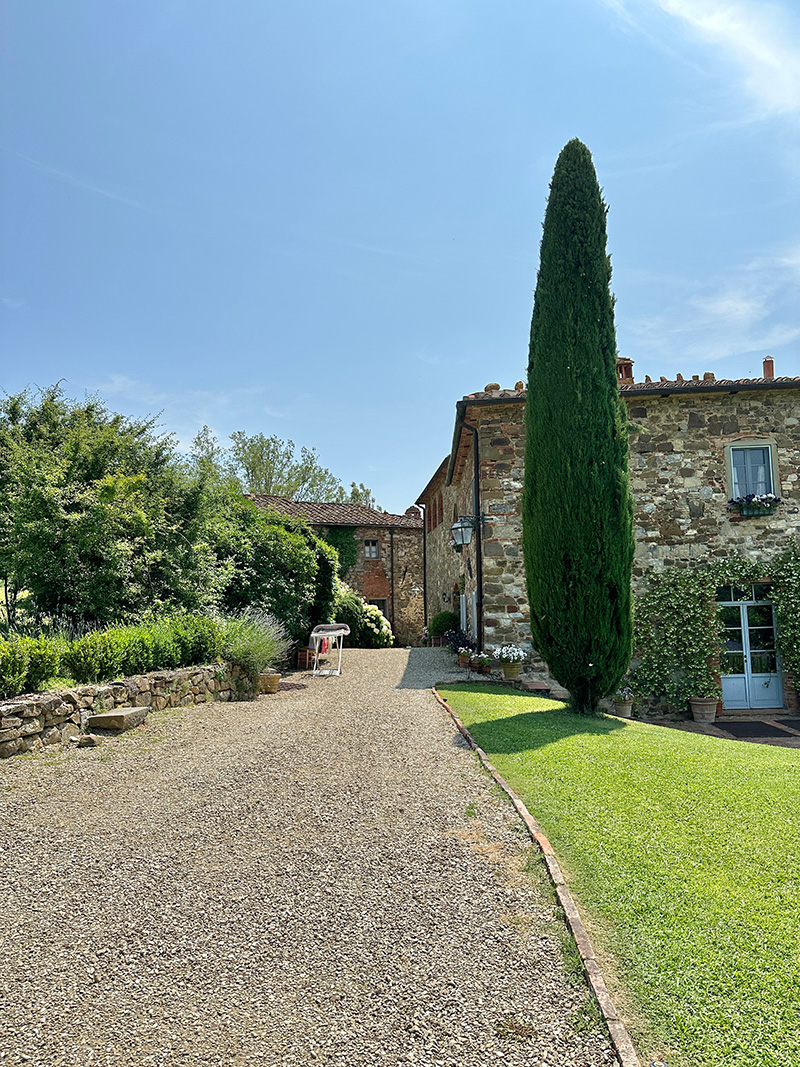
Here’s what STEP 1 of our Italy planning entailed: Watch all of Stanley Tucci’s Searching for Italy; watch White Lotus (season 2). STEP 2: Wardrobe and art supplies. Then alas, STEP 3 (the hard part): Itinerary. I say the hard part because, on the one hand, it’s fun to do the research (especially following all the Tuscany IG accounts), but on the other hand, planning and logistics are not something I’m naturally good at or like very much. I prefer being a follower on vacations; just tell me what’s happening and where to go, and I’m there. But this trip forced me to be a travel leader, which is way out of my comfort zone. I’m really a homebody at heart. I want to see and experience new places, but I want to teleport there. I hate flying, and I get motion sickness in any moving vehicle.
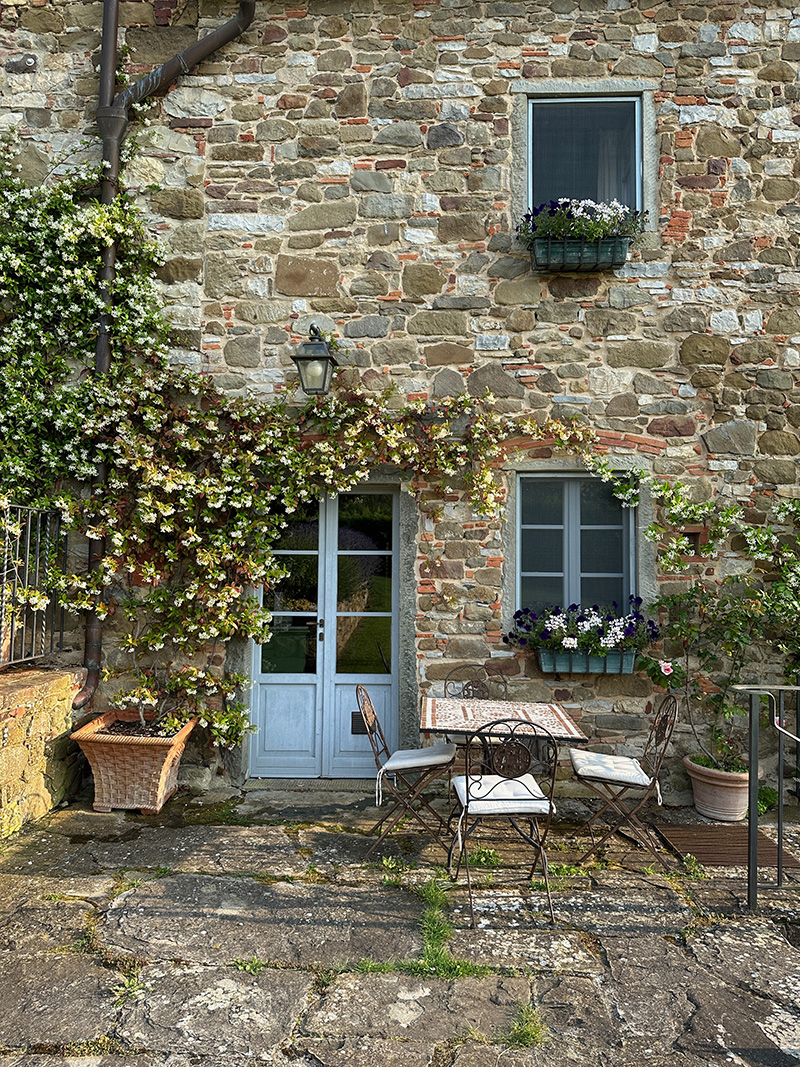
But now that this whole trip is done, I can say that I did all the hard things, and it went really well. And even though I still would prefer to be a follower on trips, I was actually okay at being a leader. Not perfect (like the first-day excursion to Arezzo during the 3 hours everything is closed), but pretty okay!
So, without further ado, I am sharing my favorite photos and inspiring spots, the t-shirts I made, my Tuscany color palettes (still to come and the reason this post has taken 6 months), and some links to the places and things we loved most.
Villa Barbazzano
The first 9 days of our trip were spent at this gorgeous villa (which is available to rent!). It’s located about 45 minutes south of Florence in a small town called Val di Chiani. It was the five of us, plus each of my kids brought a friend, for a total of eight people. The villa has nine bedrooms and sleeps 20 (perfect for family reunions)! If you click on the link, you can see how beautiful the villa is from all of the photos. But it so far exceeded even our wildest dreams. It is heaven on earth. The grounds are absolutely stunning, kept so beautiful by one man, Corrado, and his dog Terri; the pool and pool house are gorgeous and in perfect shape, plus so comfortable and tasteful; the bedrooms are cozy and comfortable and feel a bit like being in a castle with delightful tile and incredible architecture; and the sunsets are magnificent. We would go back in a heartbeat.
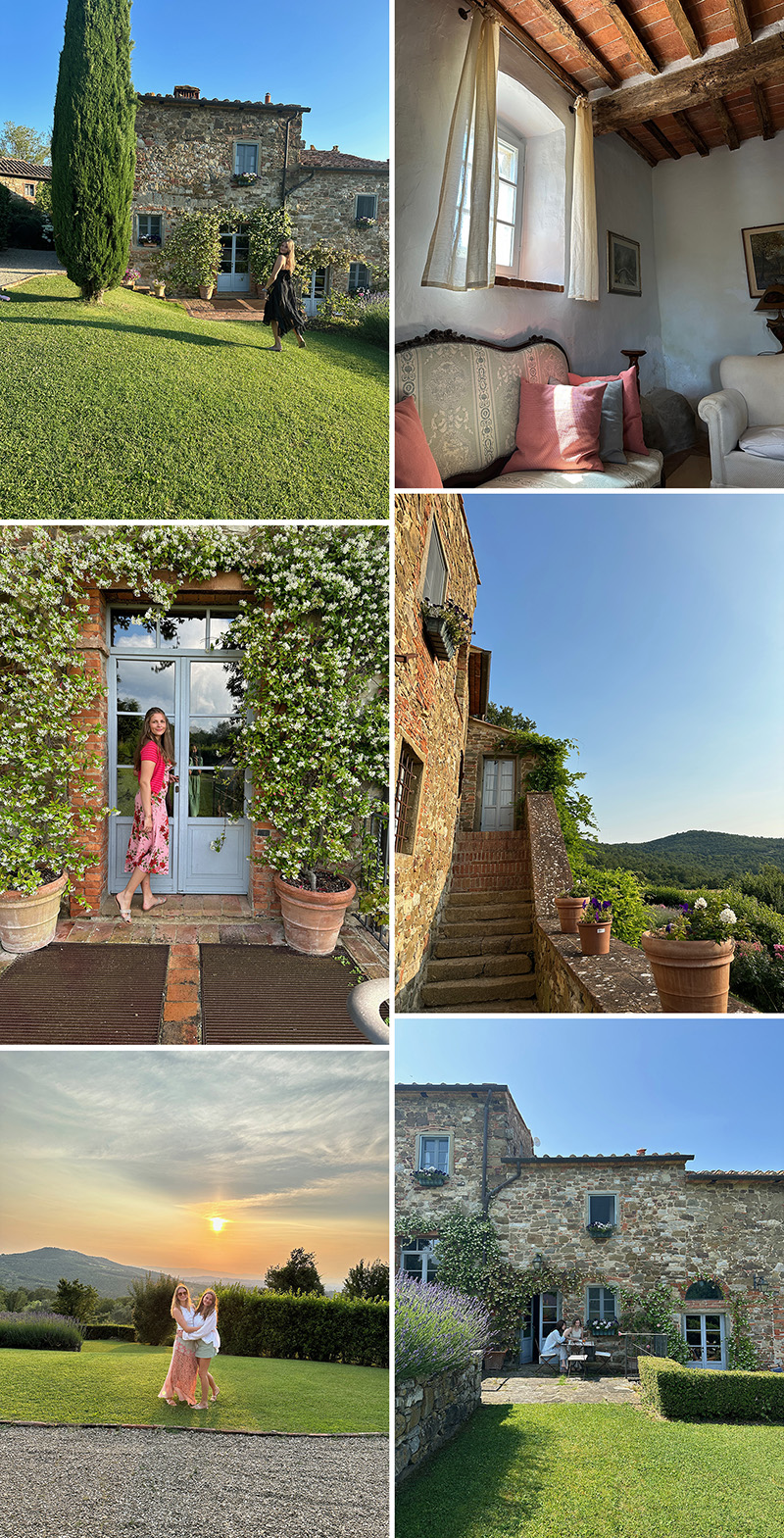
In fact, the villa is so beautiful and comfortable that we decided to have more rest days at home than originally planned. We had rented two cars to fit everyone, and it did get to be a bit much to do so much driving every day, so we were happy to just plan a day off. The closest big town is Arezzo, about 20 minutes away, and we went there three times for short excursions and meals. We actually loved Arezzo so much, scroll down for more on that.
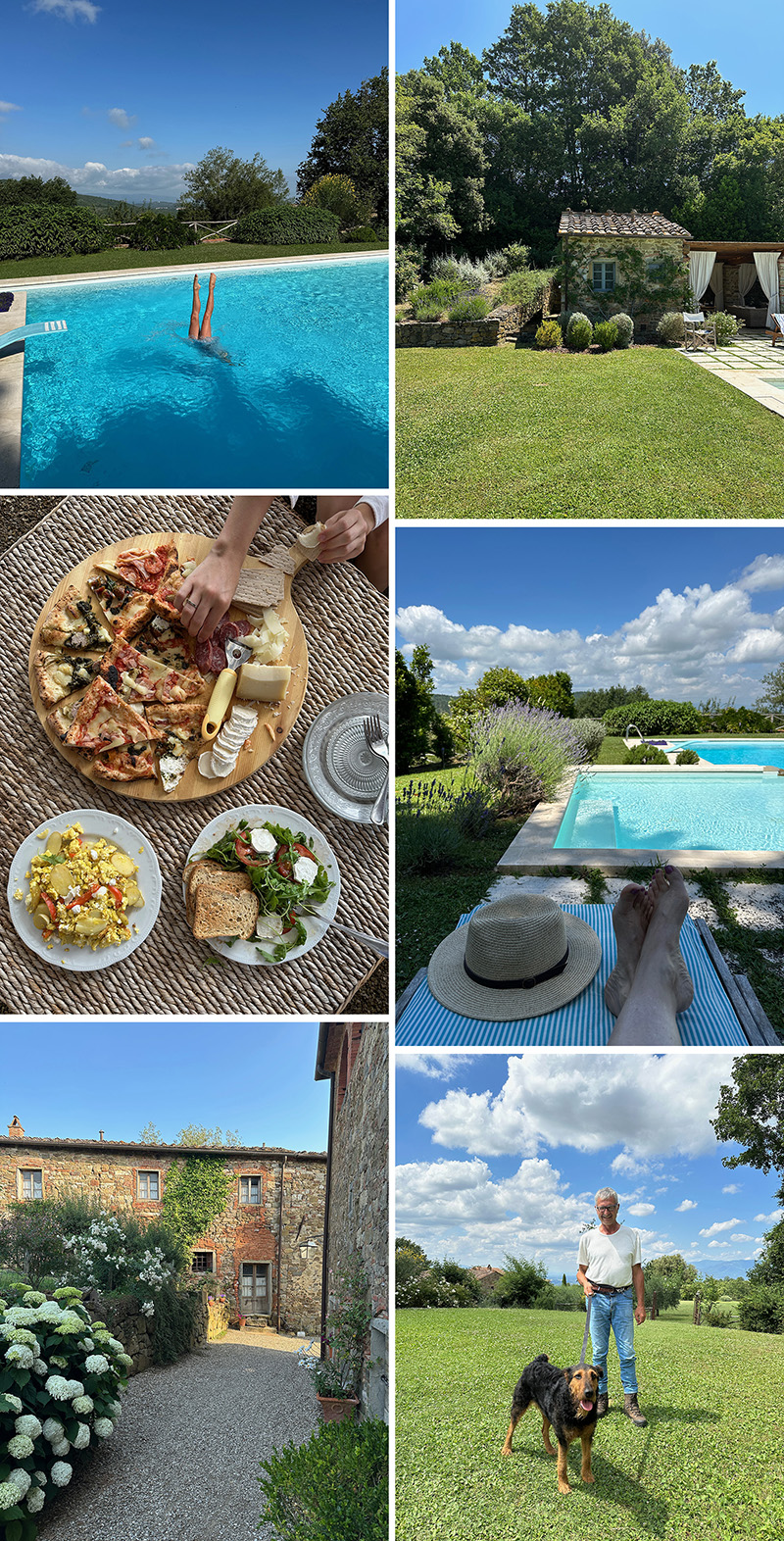
Florence
On the day we planned our Florence tour, there were intermittent thunderstorms. I took the photo above right before the skies opened up. I love the moody sky and the Ponte di Vecchio in the distance. We bought ponchos and umbrellas on the fly, which gave me an opportunity to quickly snap photos of the contrast between the gray, neutral environment and the rainbow gear.
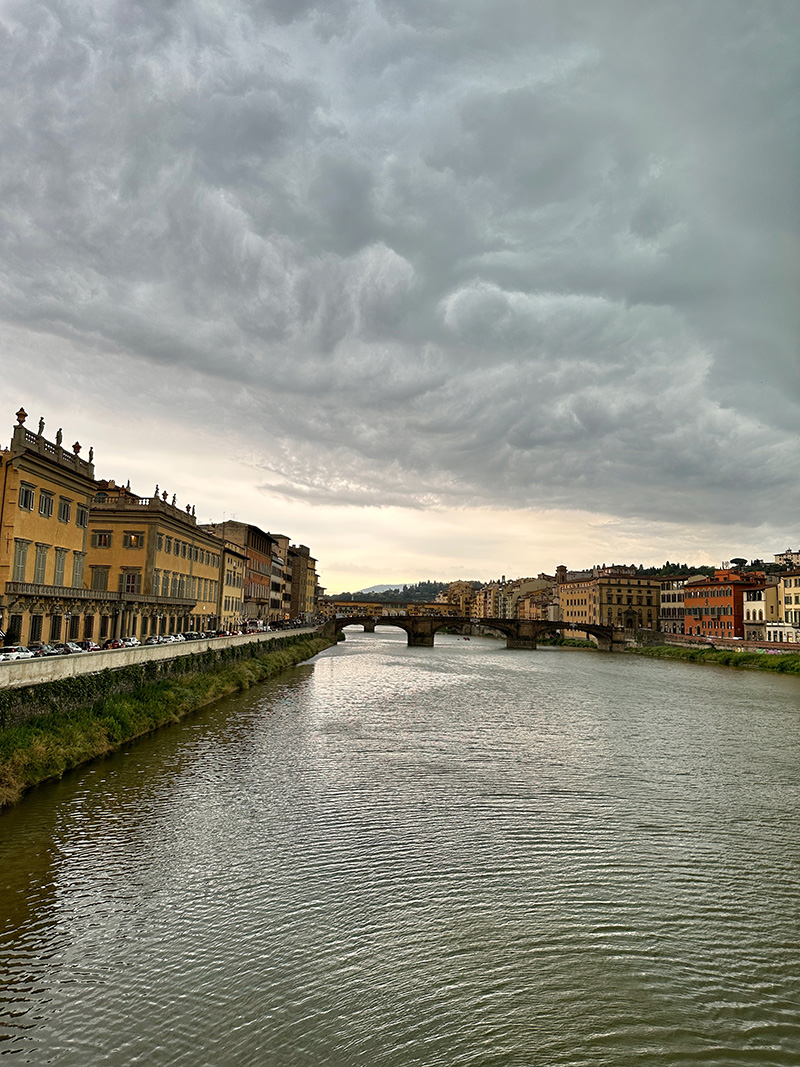
We hired a tour guide which I messed up by going to the wrong location. It was supposed to be a 4-hour tour but ended up being 3 hours which was honestly plenty, and maybe even a tad long, for teenagers. I loved it, but I think in the future, I would have booked a shorter tour, like 2 hours tops. However, Chiara from Florence Custom Tours was phenomenal! She was so friendly, patient, charismatic, warm, and knowledgable, and found us the most delicious pizza restaurant, Ciro & Sons, right near the train station so we could easily catch the train back home. We unfortunately missed getting inside the Duomo by minutes, which was a bummer. But coming upon that giant structure in the middle of the city is quite magical. We also saw the Statue of David by Michaelangelo, which was breathtaking. All in all, a good and exhausting day. We definitely needed a rest day after that!
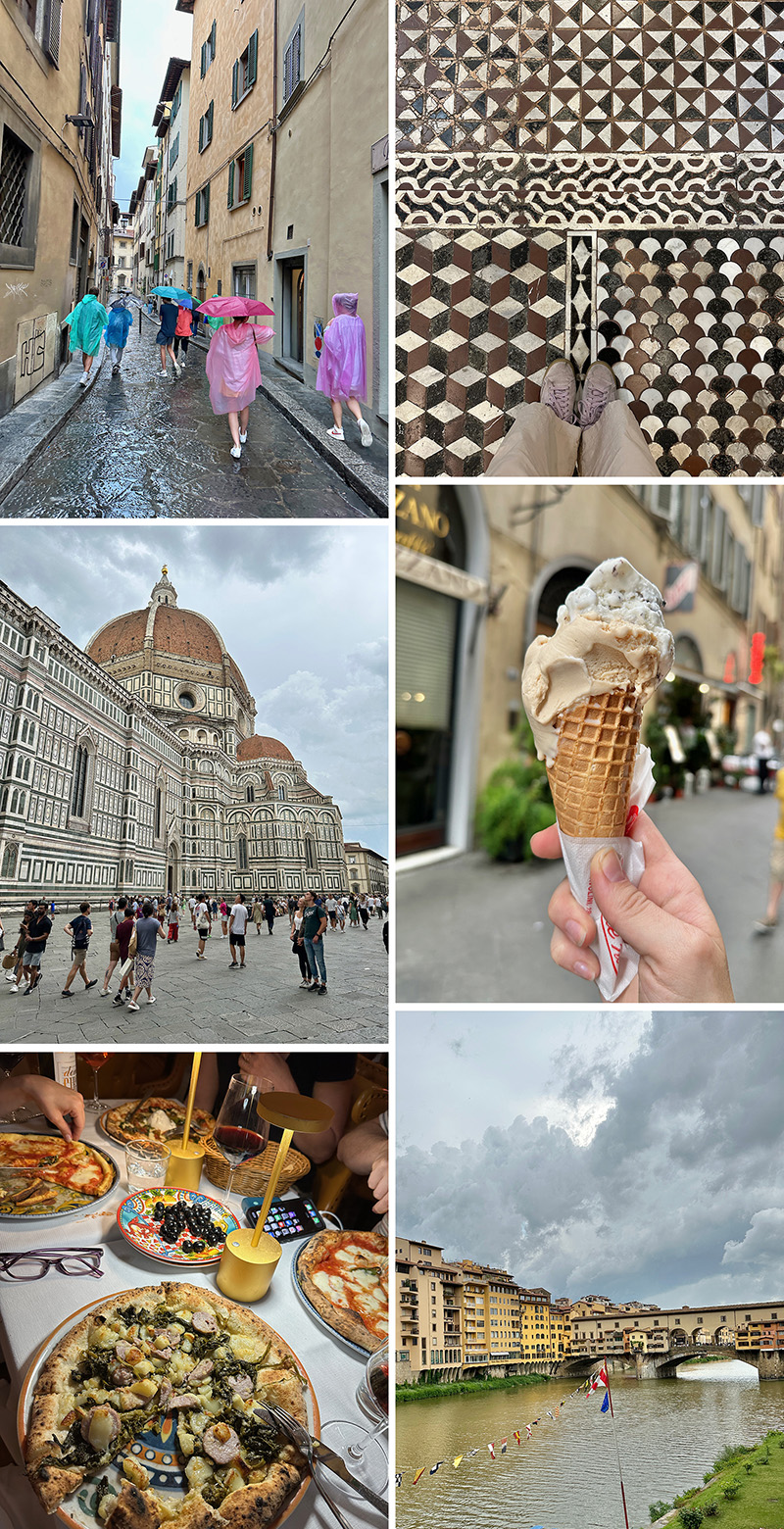
Montepulciano
This was one of my favorite little towns to visit. It was such a beautiful day, and the drive was not too long (less than an hour) and also gorgeous with so many perfect Tuscany landscape moments. From the lush, windy hills to the expansive vineyards, there was beauty at every turn. The village is very hilly, as all villages in Tuscany are, with skinny, winding roads and paths that were just so beautiful with the weathered stone and pops of colored shutters and doors.
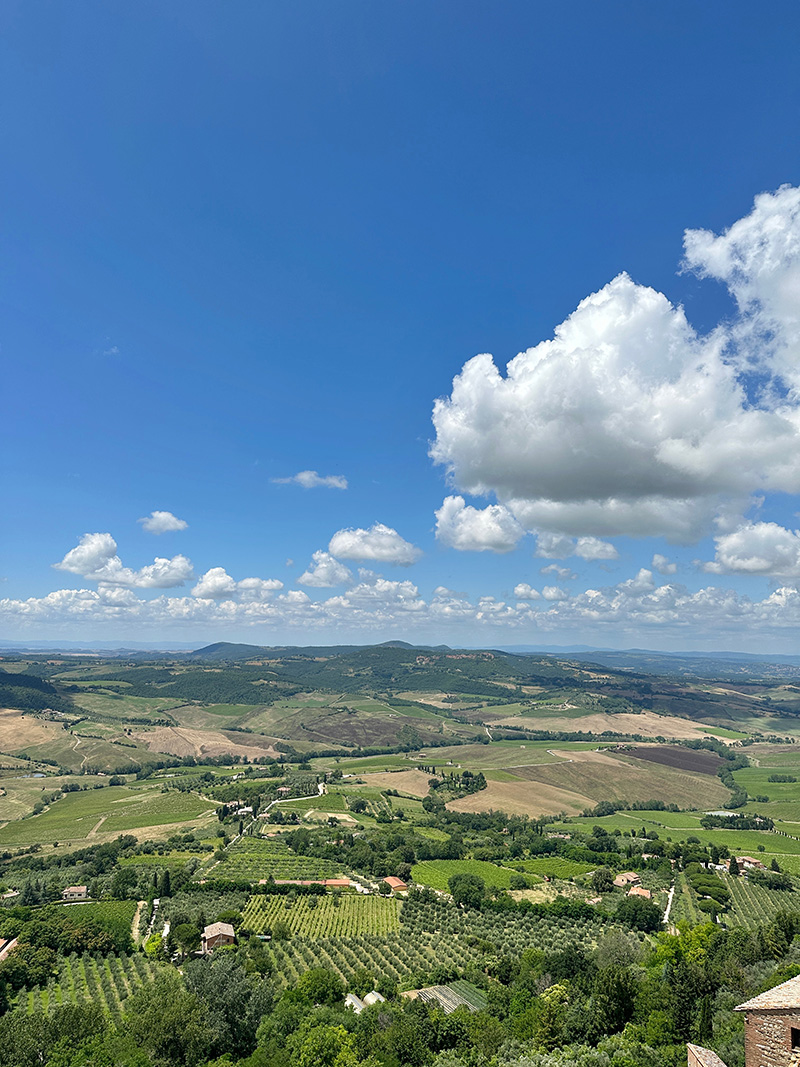
We first walked up the hills to the Piazza Grande and found a great little outdoor pizza and gelato restaurant. Then we walked up to the top of the Montepulciano Tower. This was probably a highlight of the whole trip! We climbed lots of towers during the 2 weeks we were in Italy, and the view from the top of this tower was the most stunning of all. So much so that I made a painting of the quilt-like landscape!
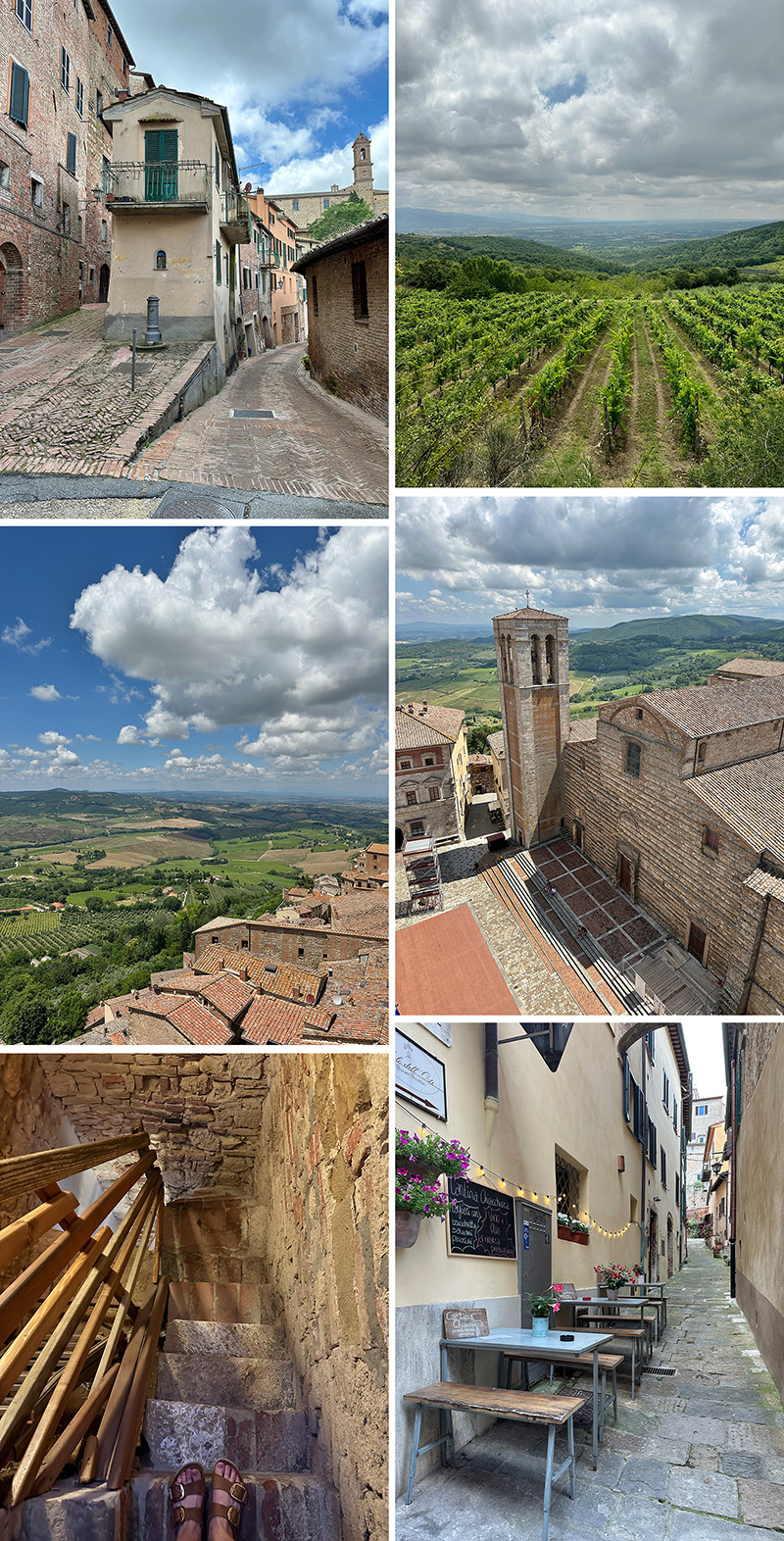
We took a selfie of all of us at the top (oh, and we added my sister-in-law, so we were now nine!), and the joy on our faces is so evident and real. Two in the group were afraid of heights, but it wasn’t too scary climbing up. I wouldn’t recommend it for anyone whose mobility is compromised as the steps get taller and the space narrower towards the top. Highly recommend this captivating little town for shopping, too. We found our favorite leather bag store, and hat store, too.
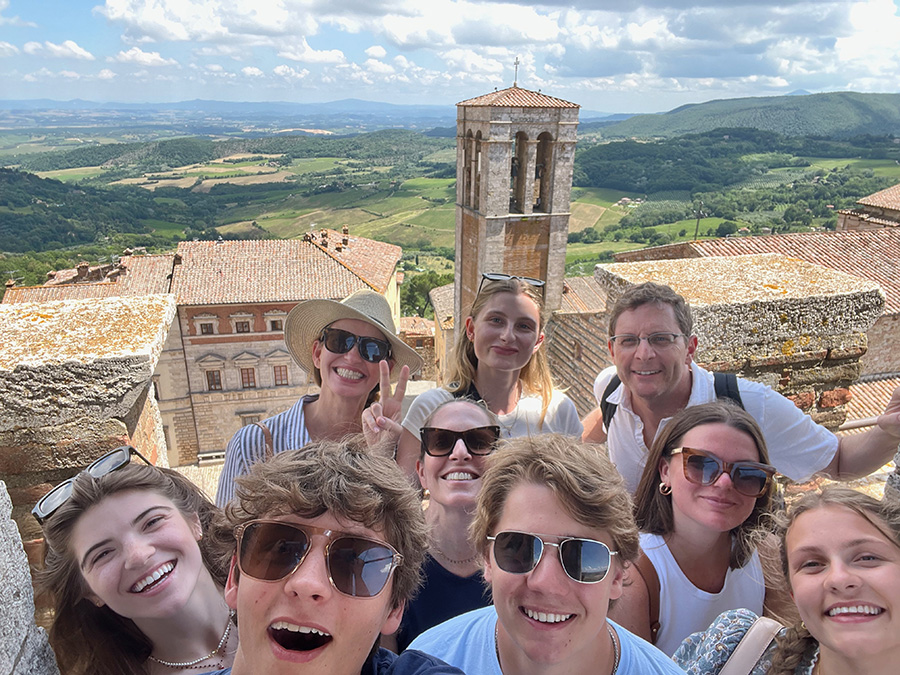
Il Borro
Borro is a town only about 20 minutes from the villa, and Il Borro is the luxury resort that was built there. It might actually be the whole town, I’m not sure. It was so quaint and gorgeous, and as we were talking about what a perfect spot it would be for a wedding, a bride appeared on cue! There was a curious but strange Pinocchio museum, the cutest dachshund puppy named Otto, and a delicious (but expensive) meal at the resort. A perfect end to our rest-day at home.
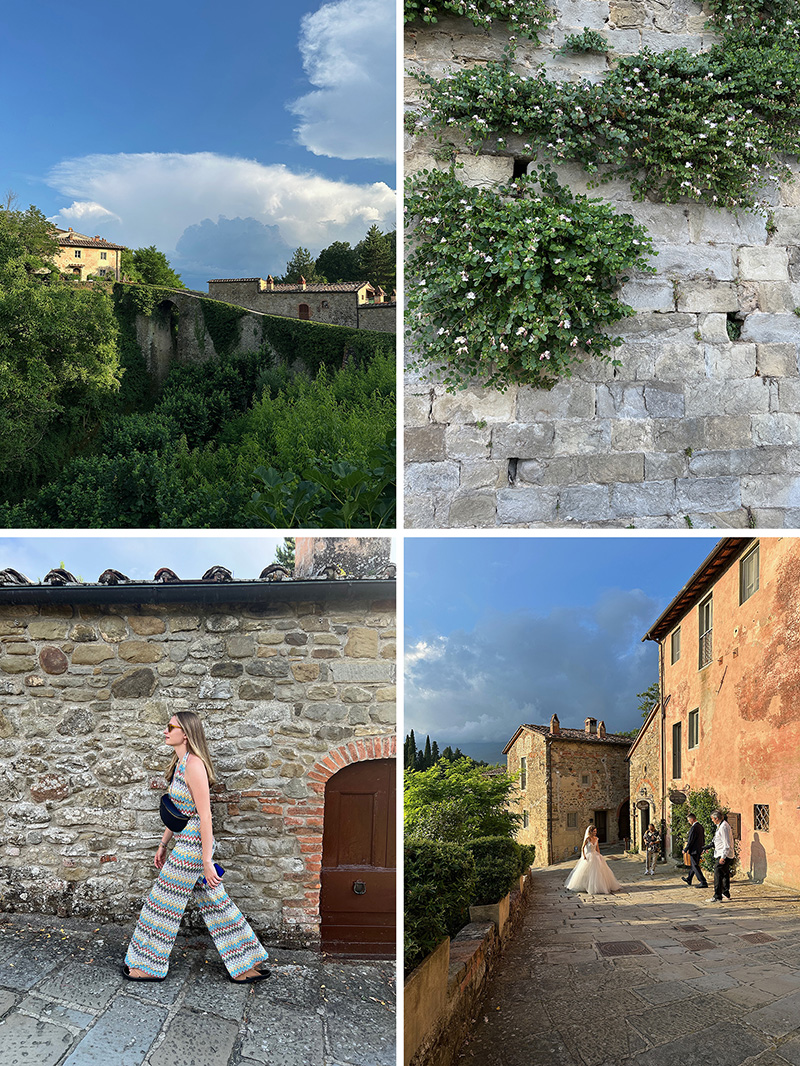
Riecine
This was our first vineyard tour! Riecine (pronounced ree-AY-cheh-nay) was about an hour away from our villa. The building where they produced the wine was a new-ish, modern structure that had the coolest murals painted by a local artist, Marco Zedone. We tasted all of their red wines, and their new rose wine that was one of the best we’ve ever had. Not too sweet. Did you know that rosé wine is made from red grapes that just don’t sit for very long, so they are a very light red? We love learning new things.
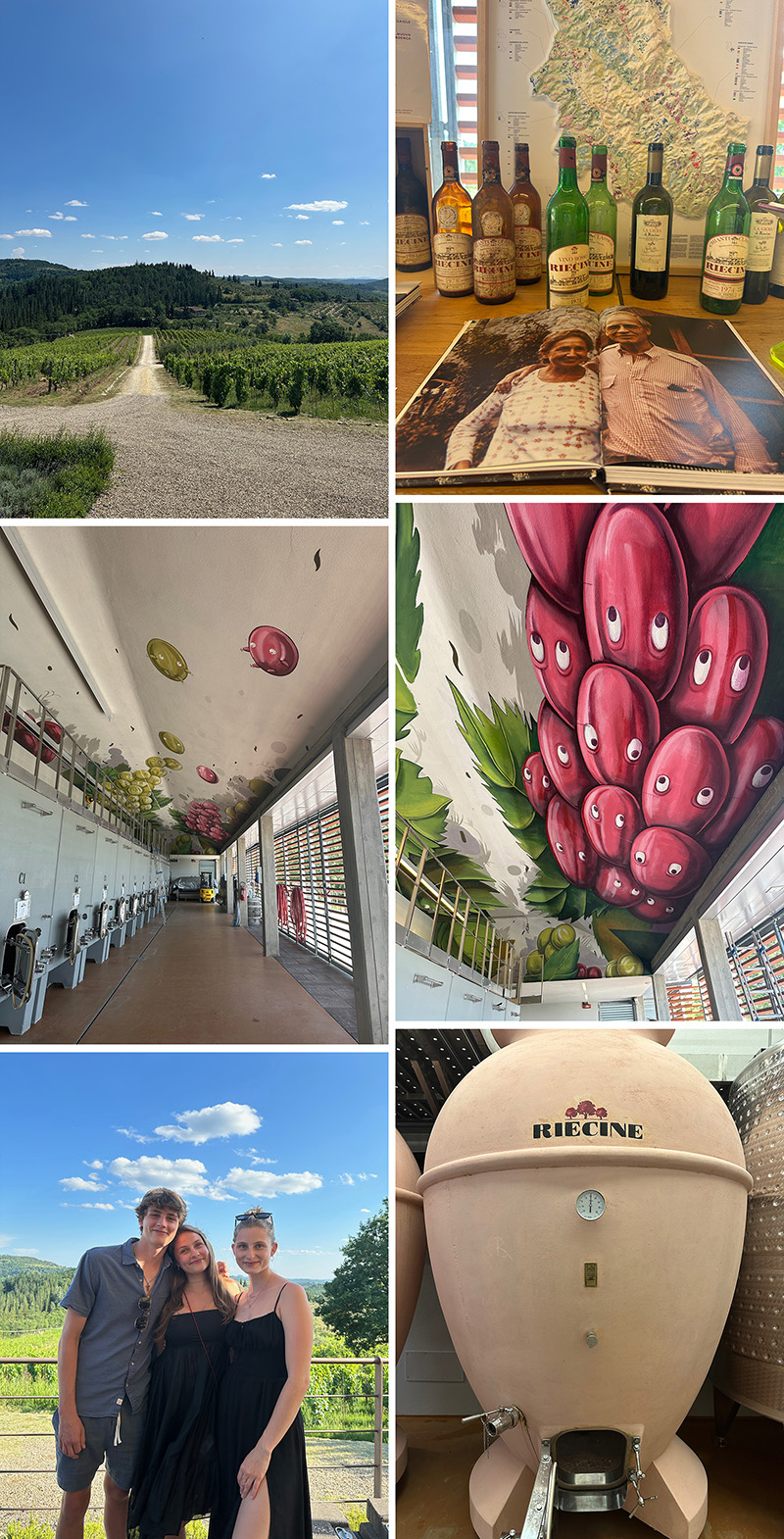
Piancornello
A few days later, we visited another red wine vineyard. Piancornello (pronounced Pee-awn-kor-NELL-o) is all organic (they don’t use any chemicals) and does not do tours, it’s just a family home and we were invited through a friend. On the downside, it was a 2-hour ride on a bus (blech, some of us got car sick because the roads are so windy), but on the upside, we got a home-cooked meal and a tour of 50-year-old grape vines! Oh, and a room full of kittens. Yup, it was a lot for the senses – something for everyone. Ava loved the kittens, Nate discovered his pici cacio e pepe obsession, and everyone adored the grandma and grandpa who cooked us one of the best meals we had the whole trip. Did you know that young grapes are all green at first, and then turn color around late August? Both of the two vineyards we visited said that they pick the grapes sometime in early October, and the decision happens quickly. The pickers have to wait on hand and be called basically at a moment’s notice. Seeing how much work goes into just one bottle of wine was very eye-opening. It’s an art, and a labor of love.
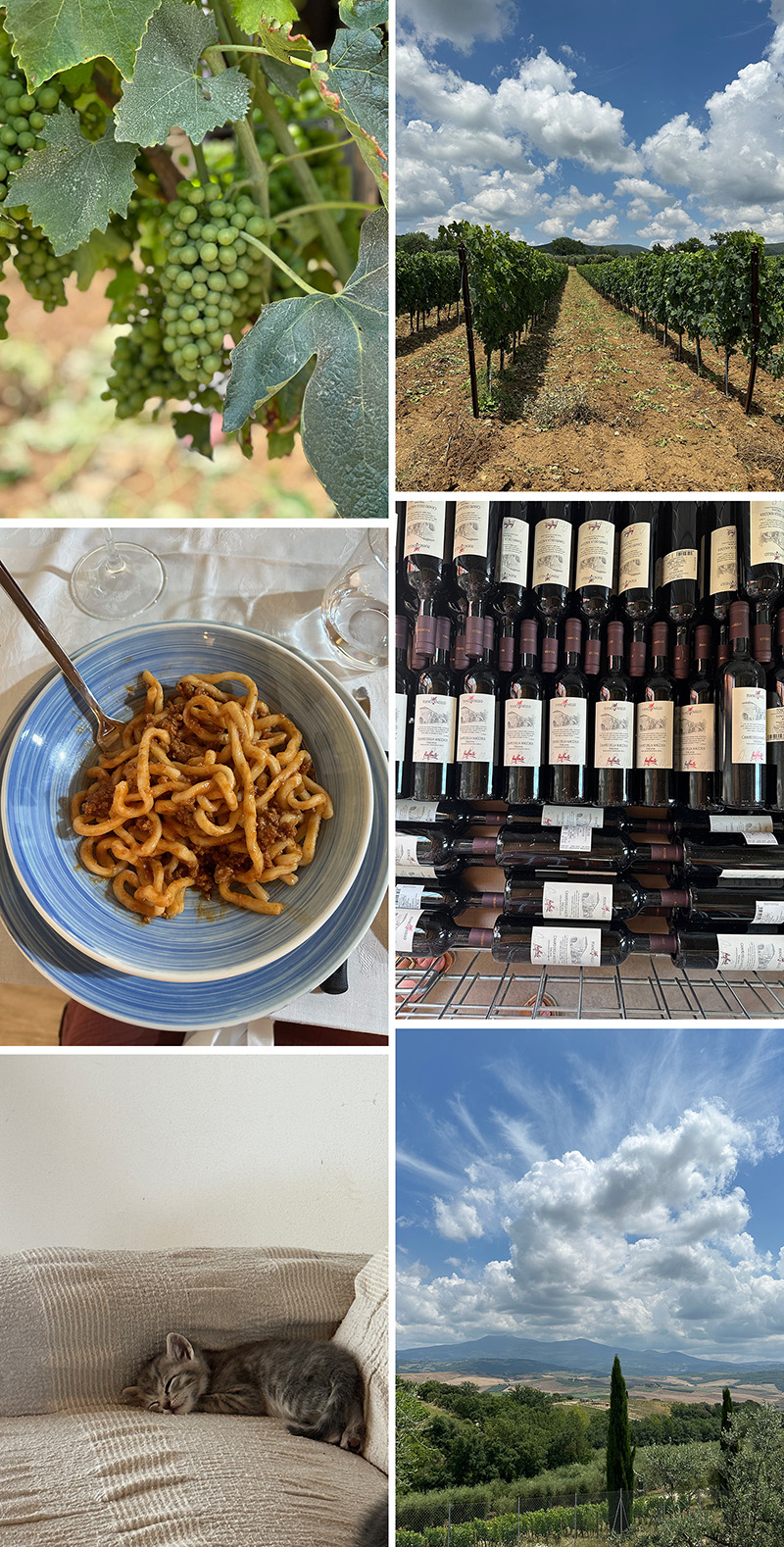
Arezzo
We loved this little town/city close to home! We never made it to Siena, but have been told that Arezzo is very similar (and some like it even better because there is more to do). We went to Arezzo three different times. We saw the beautiful frescoes by Giorgio Vasari, explored the famous shopping street, Corso Italia, and had several meals on the medieval Piazza Grande with all their coat of arms insignias hanging everywhere. Fun fact, did you know that parts of the movie Life is Beautiful were filmed here? Also, it was just about the only time we saw a salad on a menu. Note to readers: Italians don’t really do salads. We are big salad eaters and definitely missed our fresh greens.
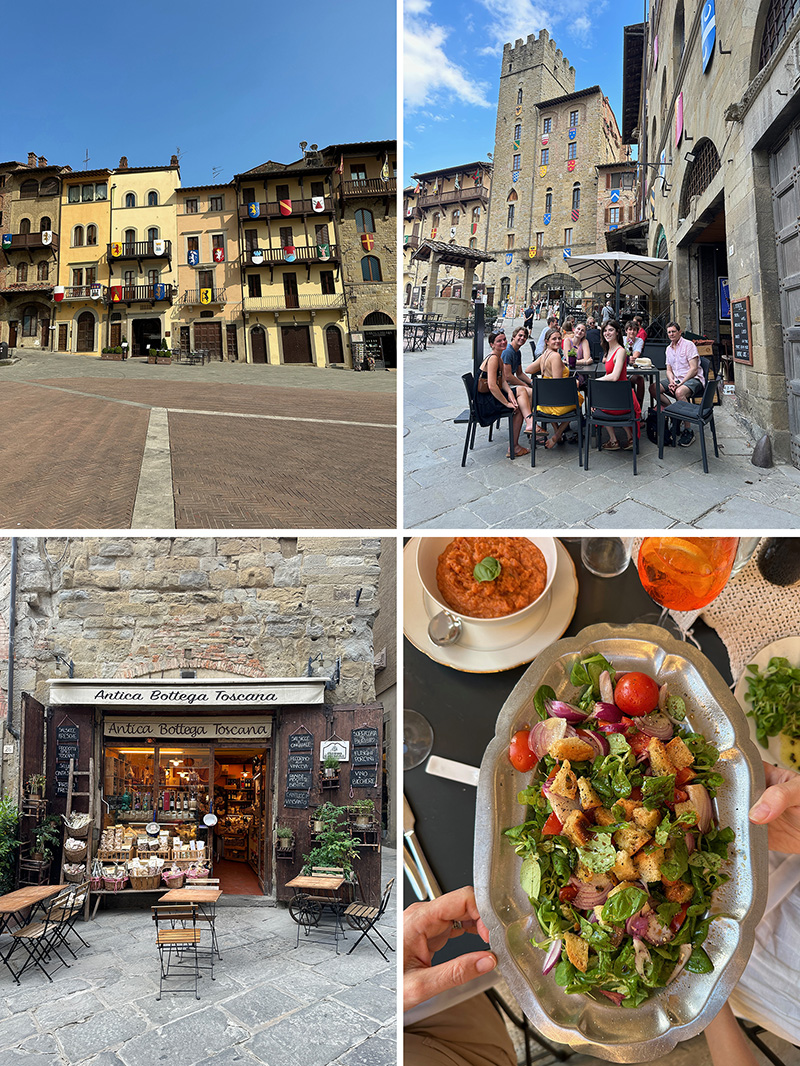
San Gimignano
We finally said goodbye to the villa and to our houseguests on day nine and packed our car to travel west towards the Mediterranean. On our way, we stopped in San Gimignano, the town of towers. This walled city was so cool, but it was really crowded with busloads of tourists. We actually were able to find off-the-path roads, though, and we even found a restaurant with a free table that was jazz-themed. Our server was an artist whose paintings were hanging in between the black-and-white photographs. There is also this really cool miniature model of the city that was displayed in a hidden shop. We learned that the towers were not used for any purpose in battle, it was just a contest of riches – who could build the tallest tower! It was actually a perfect last place to visit before traveling to the coast. The contrast from old, monochromatic stone structures to colorful, limestone houses in Lucca!
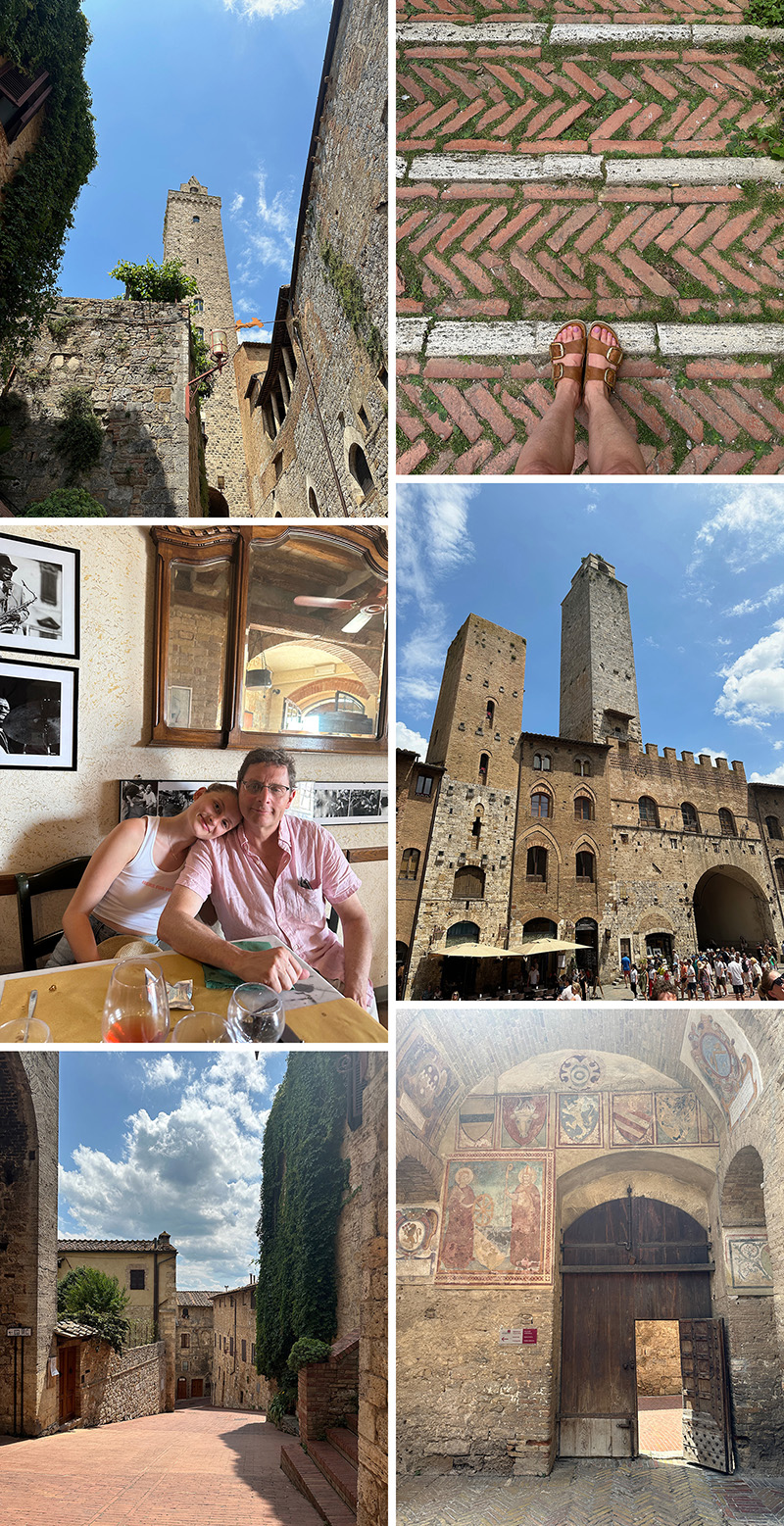
Lucca
Ahh, Lucca. We loved this walled city so very much. Driving west towards the Mediterranean, we noticed the topography changing from hilly to more flat. It was about a 2 hour drive from San Gimignano, and we only had one car at this point which was packed with way too much luggage, so everyone was cranky. We passed some mountains that looked like big, white chunks were taken out of them. We learned later that Lucca is near Carrara, famous for their white marble, so we passed some of their quarries and caves! I wish we had known beforehand and had stopped to take a tour, but it was so cool nonetheless.
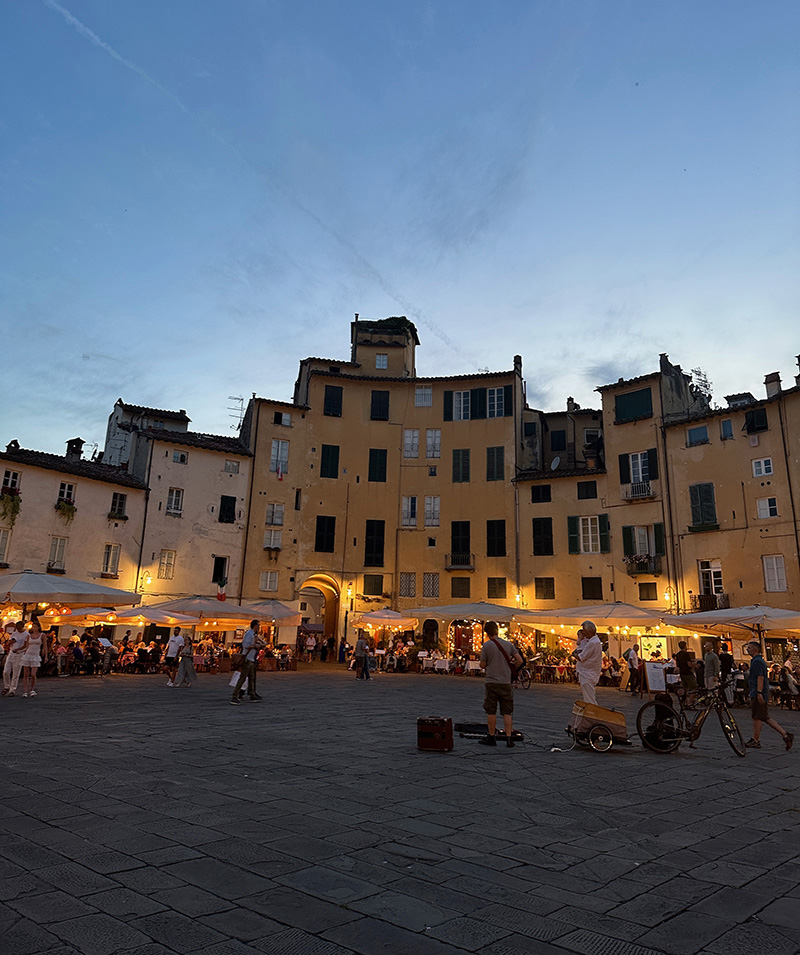
Arriving in Lucca is very magical. There is this giant wall around the city, so big that it is also a park where residents and vacationers can go for a run, ride their bikes, walk their dogs, and look down at the city’s streets and colorful buildings. You drive through a big gate to enter, and then as a tourist, you have to park your car in one of the parking garages around the exterior. We rolled our luggage to our AirBnb apartment, which was not far, and were pleasantly surprised that it had air conditioning! It was in a perfect location, and we immediately went out to walk around and explore.
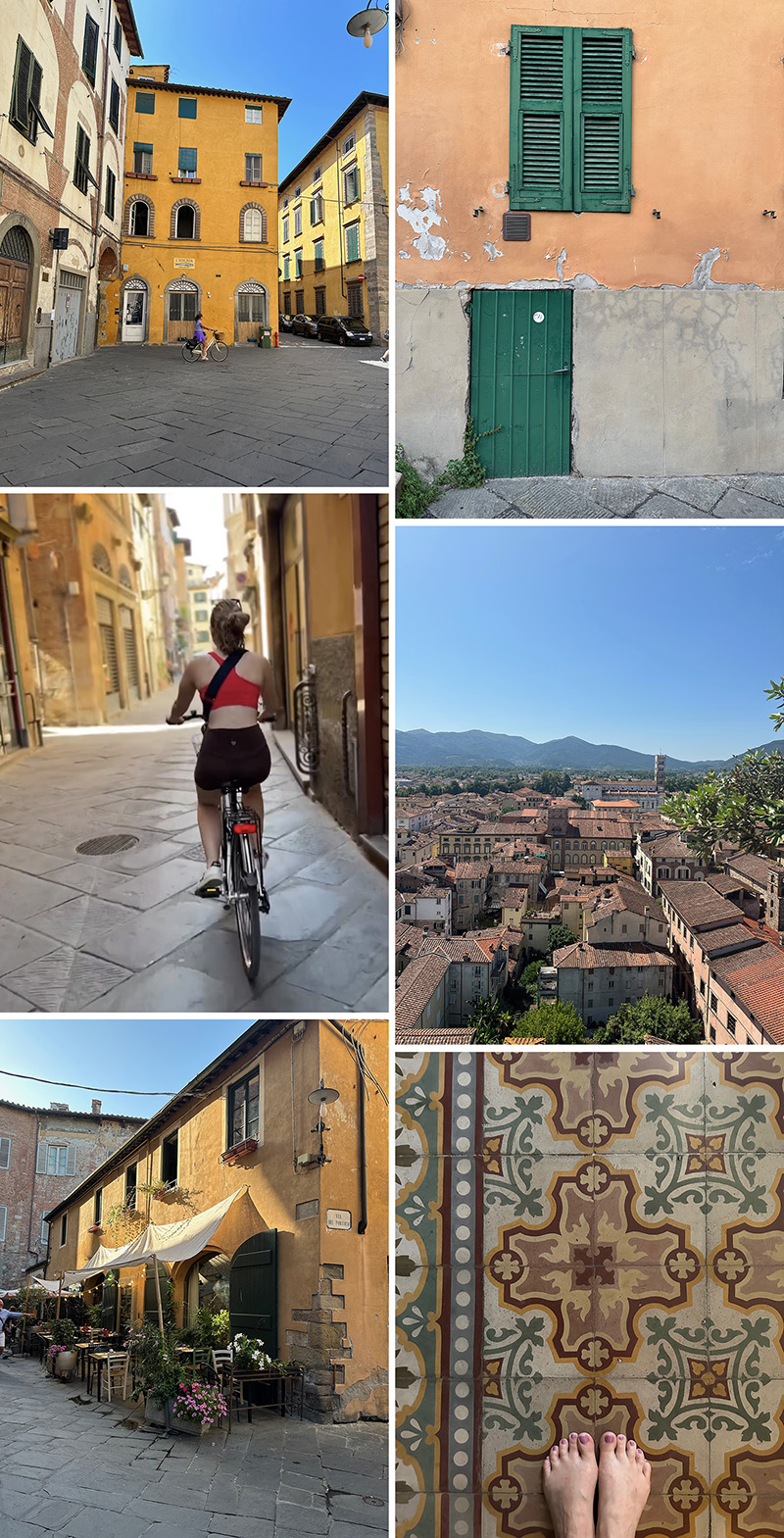
The streets are all cobblestone with very few cars. You can walk around the whole city in less than an hour, and every turn you make onto a new street brings a new color or texture or cute shop. We climbed the Torre Guinigi which has trees at the top and another impressive view of the terra cotta roofs and the wall in the distance. We visited the most amazing oval Piazza dell’Anfiteatro many times as it was filled with restaurants and shops and at night it looks and feels like you’re on a movie set with the lights and colors and sounds. We found our favorite pizza of the whole trip (and maybe ever) at Dante e Gentucca. If you ever go, get a slice and sit on the church steps across from the shop. Did you know Puccini was born in Lucca? They have a Puccini concert every night in the church across from the pizzeria! We also found our favorite vintage shop called Mi Casa with a mirror I wanted so badly, but it was too expensive to ship. There is the Lucca Summer Music Festival which happened to feature Bob Dylan when we were there. I see a destination concert in our future.
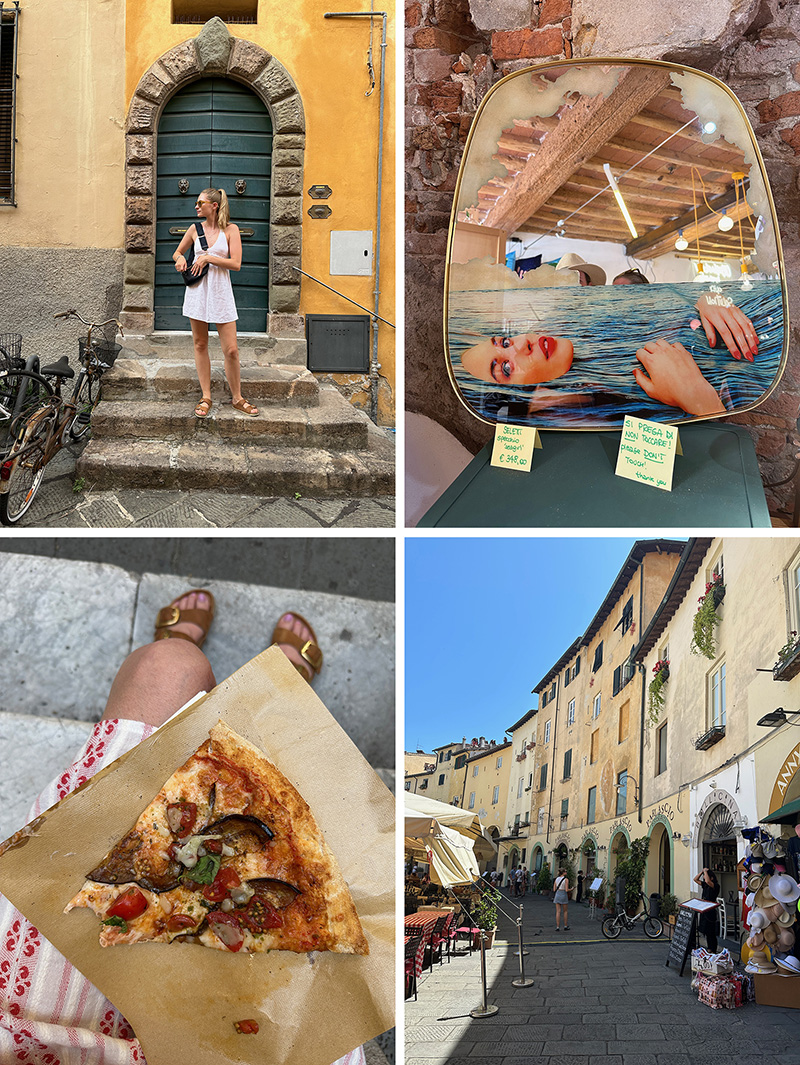
Tellaro
On our third day in Lucca, we took a 40-minute drive to the coast to a town called Tellaro. Our original plan was to drive to Cinque Terre and walk the five towns. But it was 94 degrees Fahrenheit by now, and it was a Saturday, so the property manager of our apartment, Manuel who was incredibly helpful, said that he did not recommend in any way to go to Cinque Terre. He said you will hate it. If it was me, I would have gone anyway. I mean, when would I ever be this near to a place I have dreamed about visiting for a decade (and might have planned the trip around)? But it was five of us, and the other four considered it a warning and I didn’t have the energy to convince them otherwise. Manuel suggested instead that we drive to a non-touristy, locals-only beach town that he promised would be just like any of the towns in Cinque Terre but without the crowds. That is how we ended up in Tellaro.
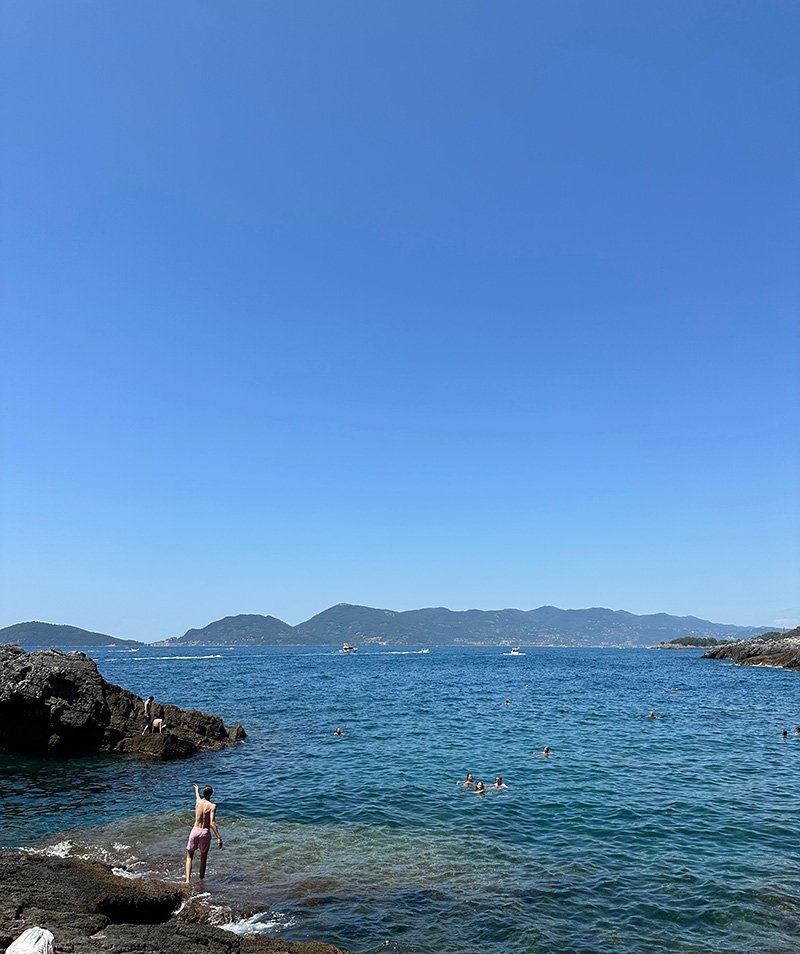
It turned out to be one of our best and most memorable experiences. And Manuel was right, not a tourist in sight, other than us. Parking was a bit of an issue, but once we found a spot, we walked down the one street all the way to the bottom and found the ocean. There was a rock quarry with a shallow walk-in that was good for families with little kids, and then we walked a little further along the path and found big rocks where people laid out towels and carefully (the rocks were slippy) crept into the water. Turns out this spot was called Gro. There was a gorgeous metal sign, but I forgot to take a photo. Grace and Nate climbed up even bigger rocks and jumped off. The Mediterranean was absolutely gorgeous, from the color to the temperature to the vibe. Just heavenly. Do I wish we had seen Cinque Terre? Yes. But I don’t regret our choice, and now I will just have to go back!
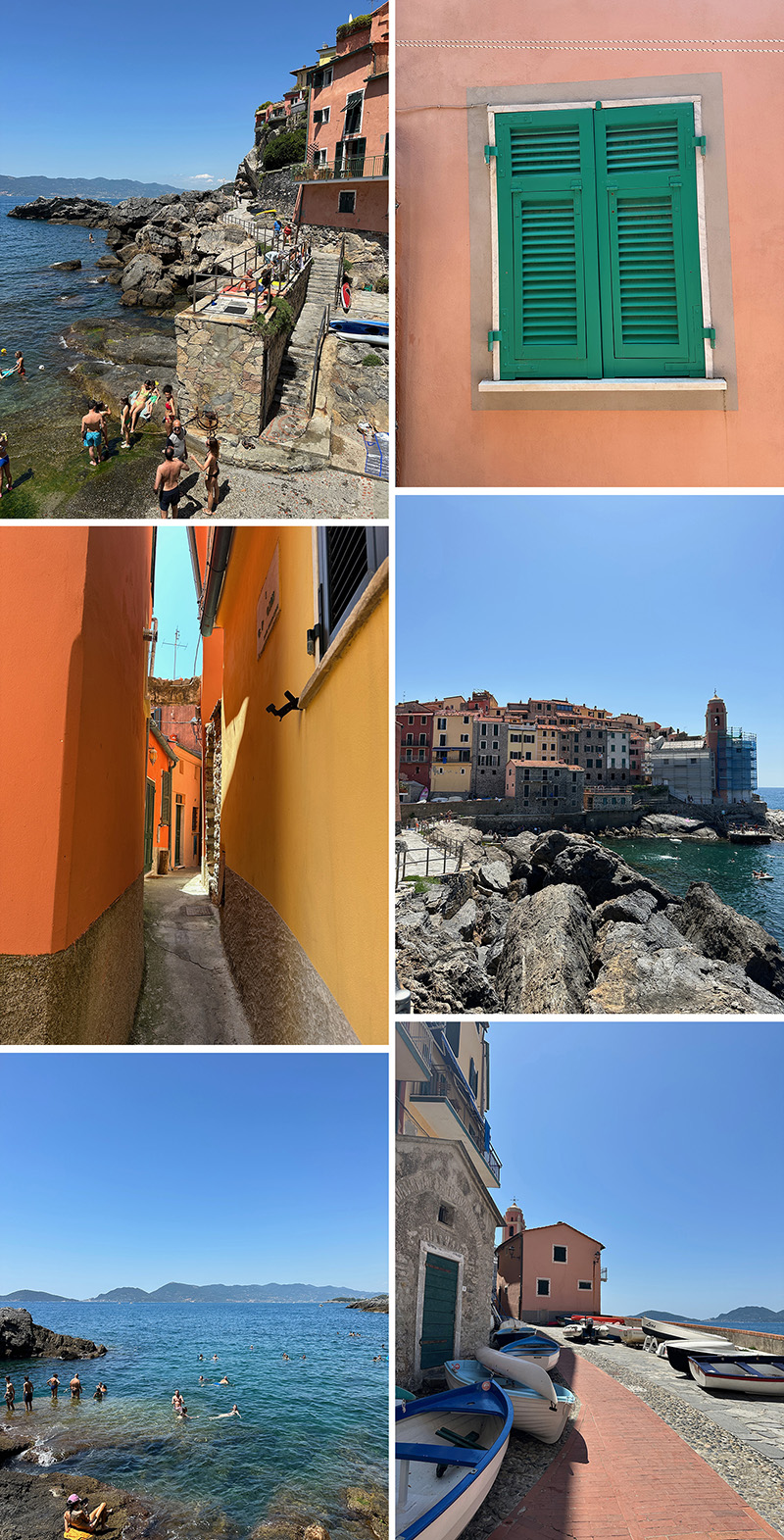
T-shirt Printing
I hand-cut a rubber stamp and printed t-shirts for everyone on the trip (see my video here on Instagram). It was actually a fairly unsuccessful printing project. I should have used linoleum, but instead used rubber because I had it on my shelf, but it was too soft and didn’t hold the ink well. Someday I will try it again and write a whole post about it. But for now, here are some photos of the process and us wearing them!
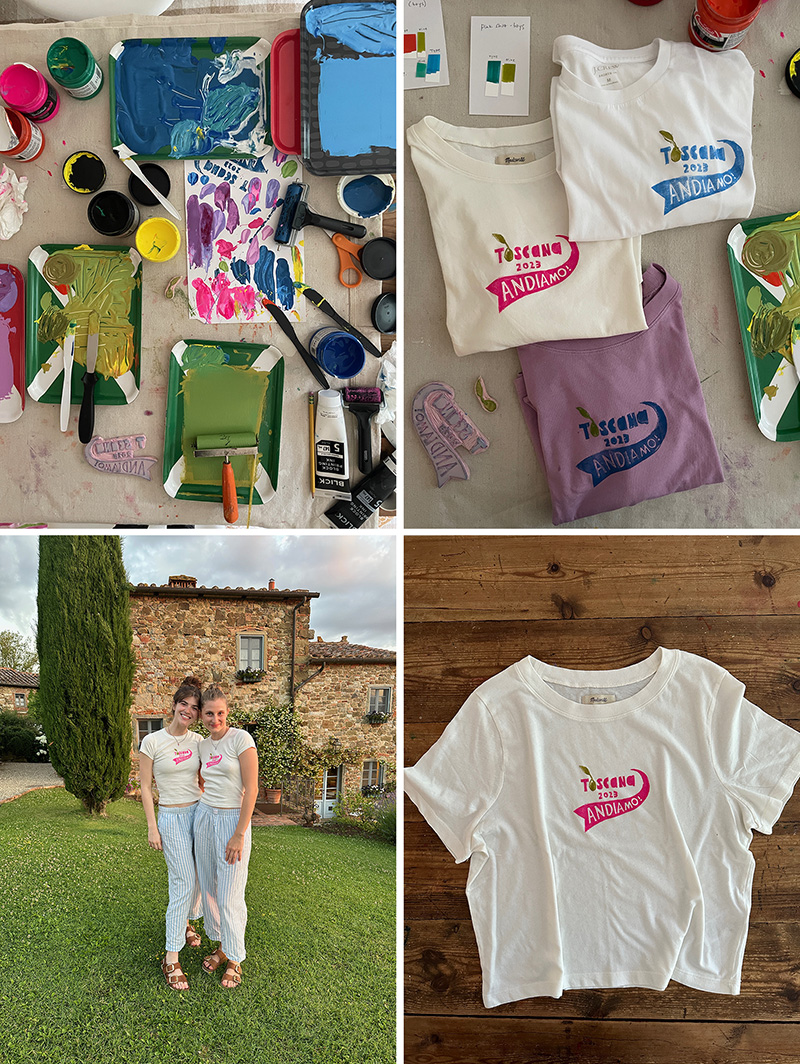
That’s a wrap on our amazing Italy trip! I will be back to add in my color palette collages which I am still working on. Let me know if this post inspired you to travel to any of these places!
xo, Bar
– – – – – – – – – – – – – – – – – – – –
Did you like this post? Here are some more places we have traveled as a family:
